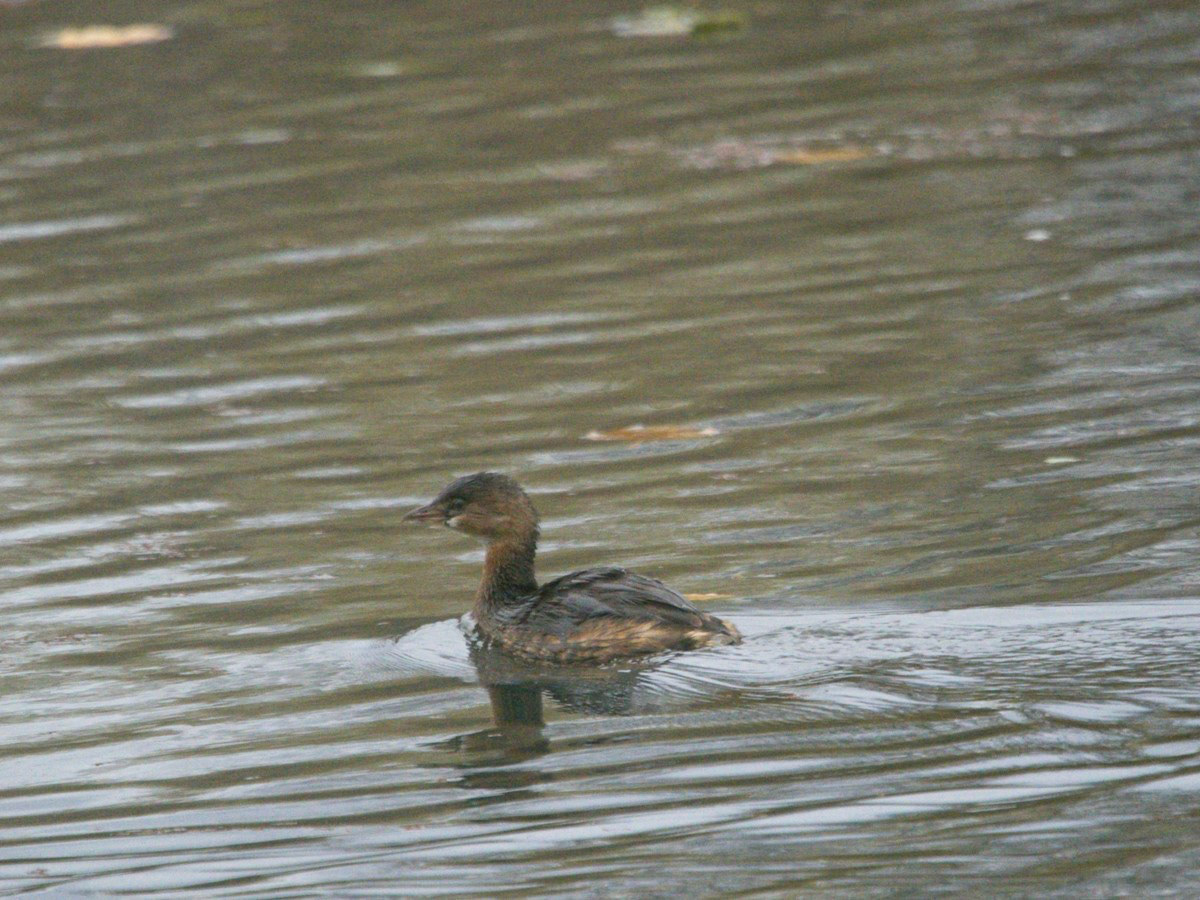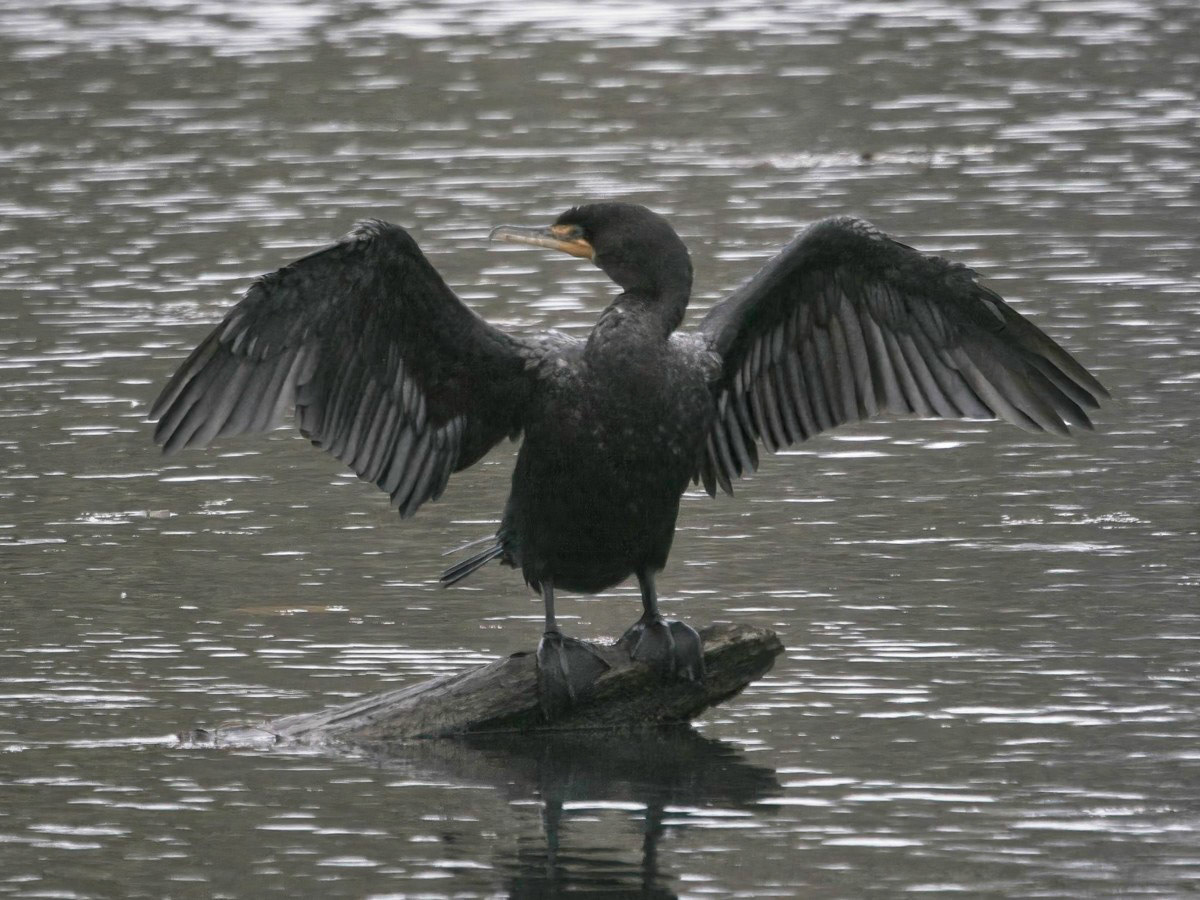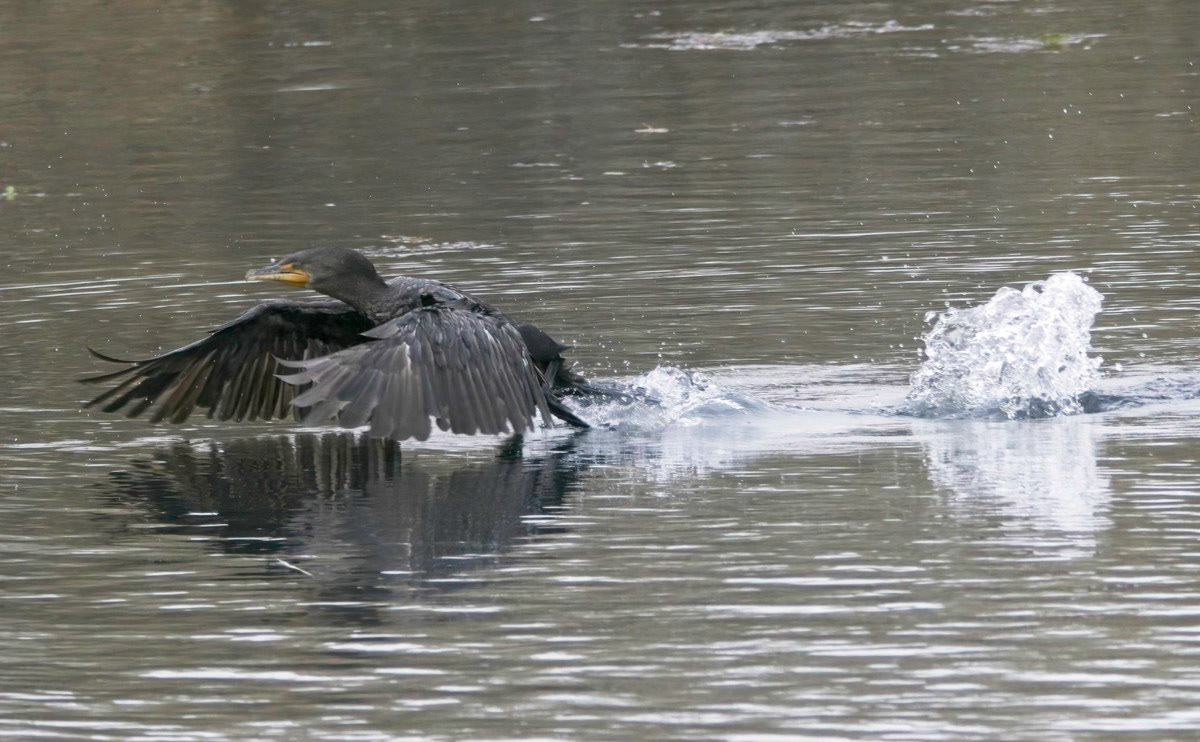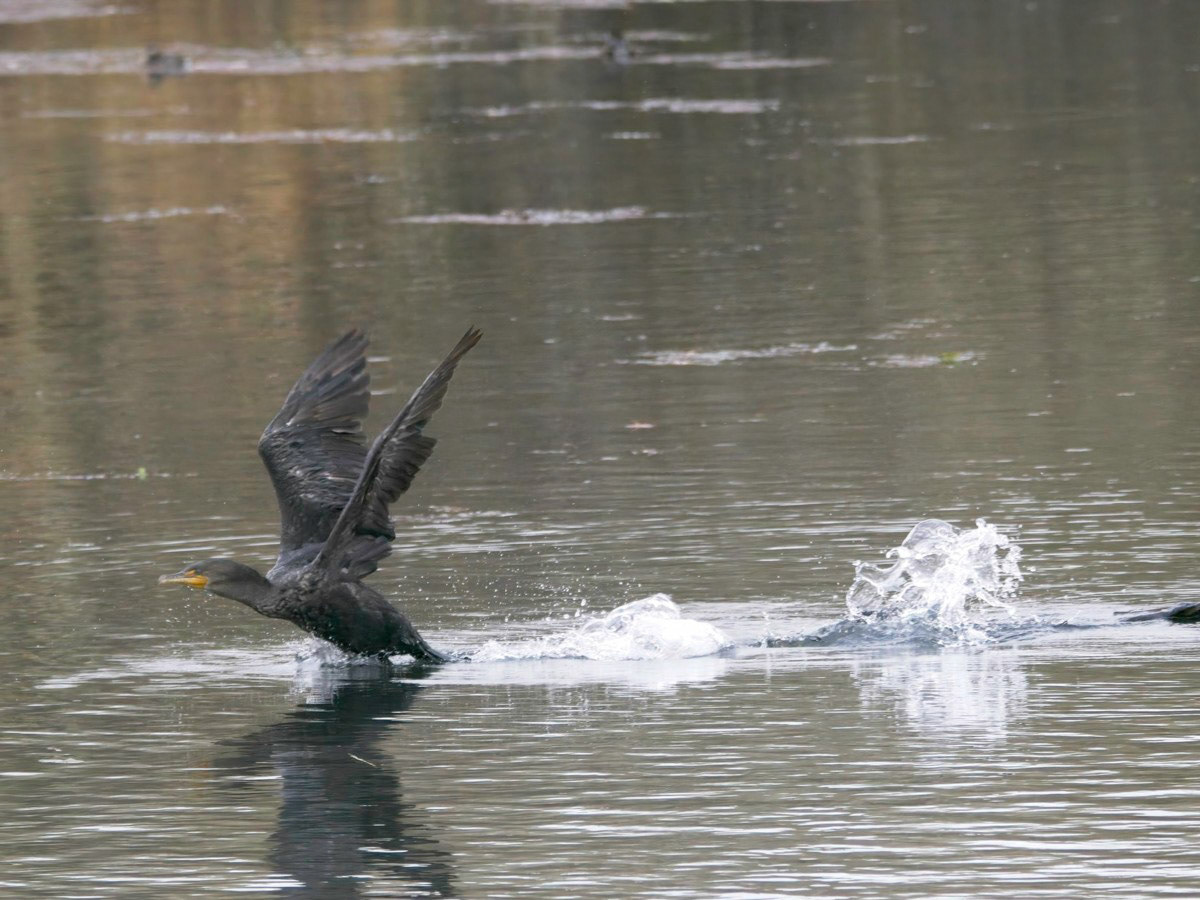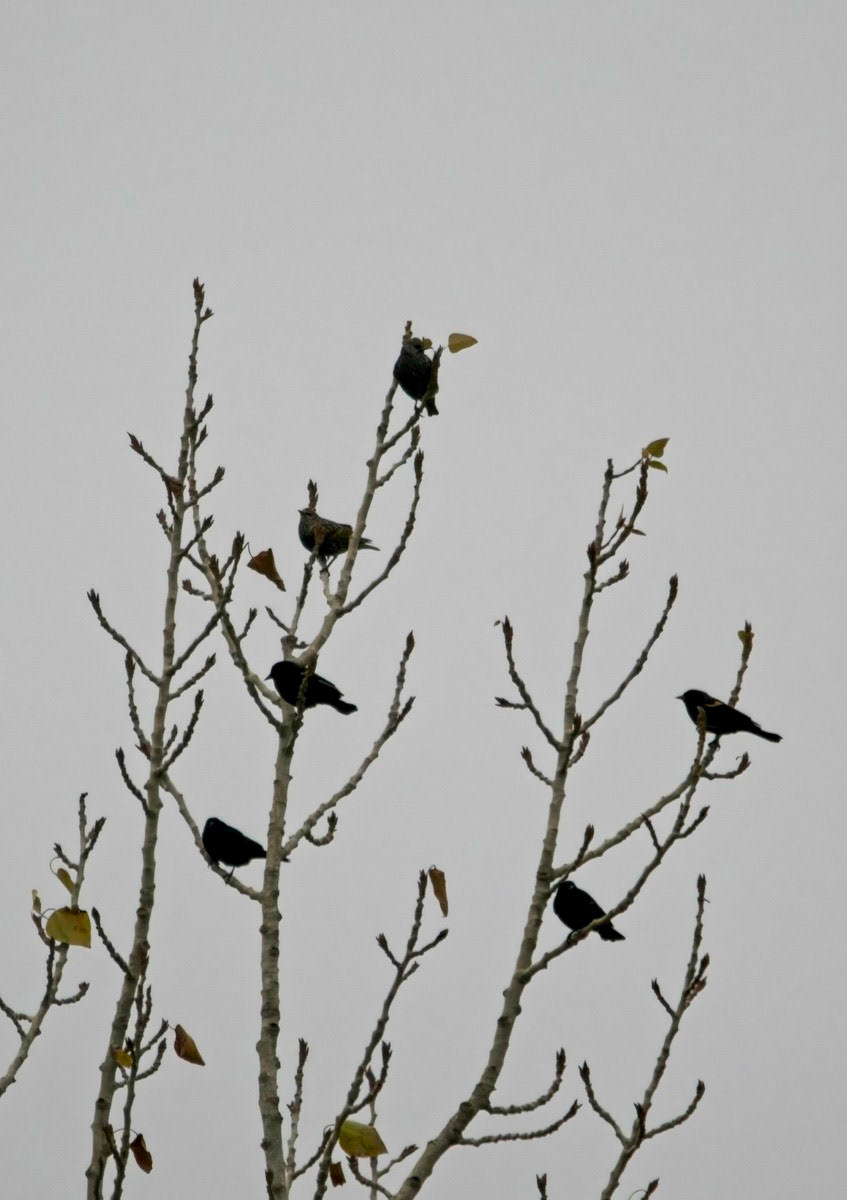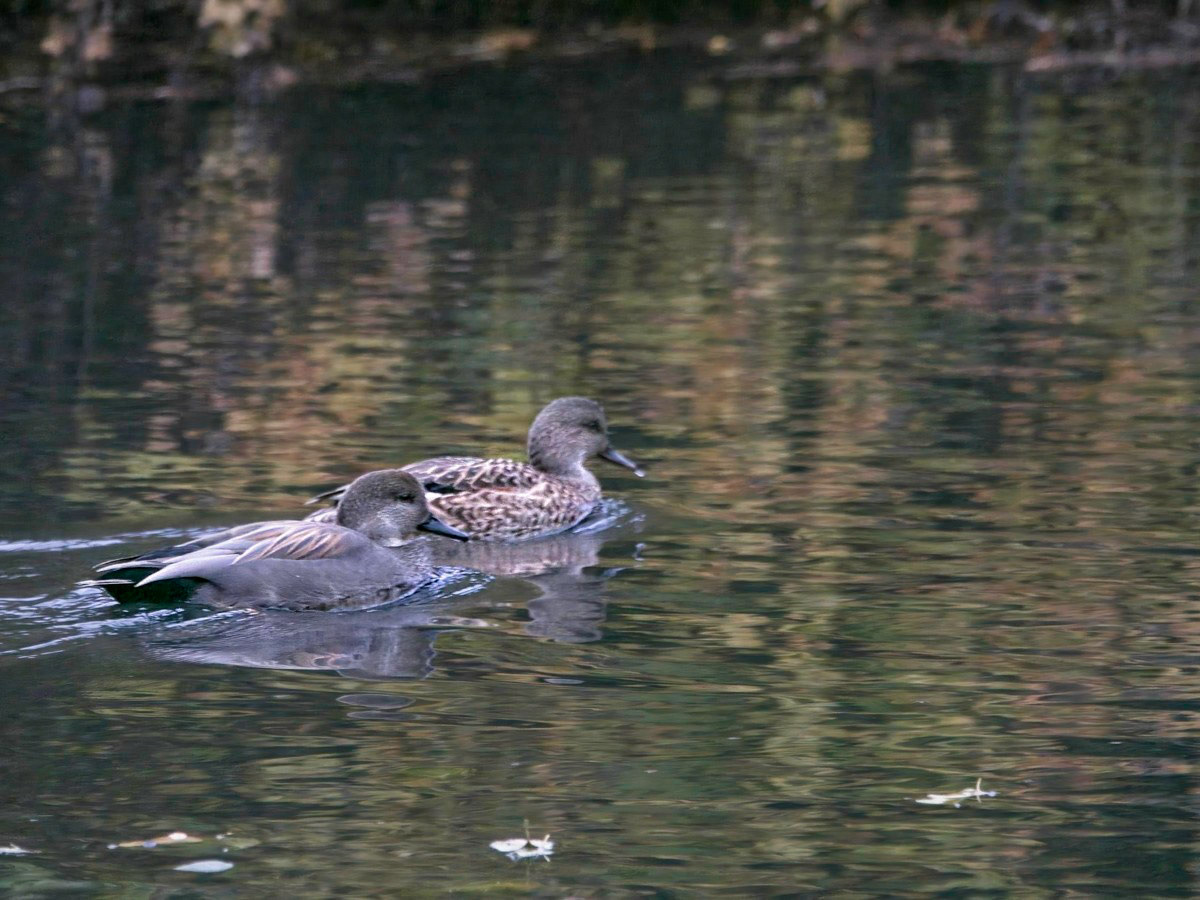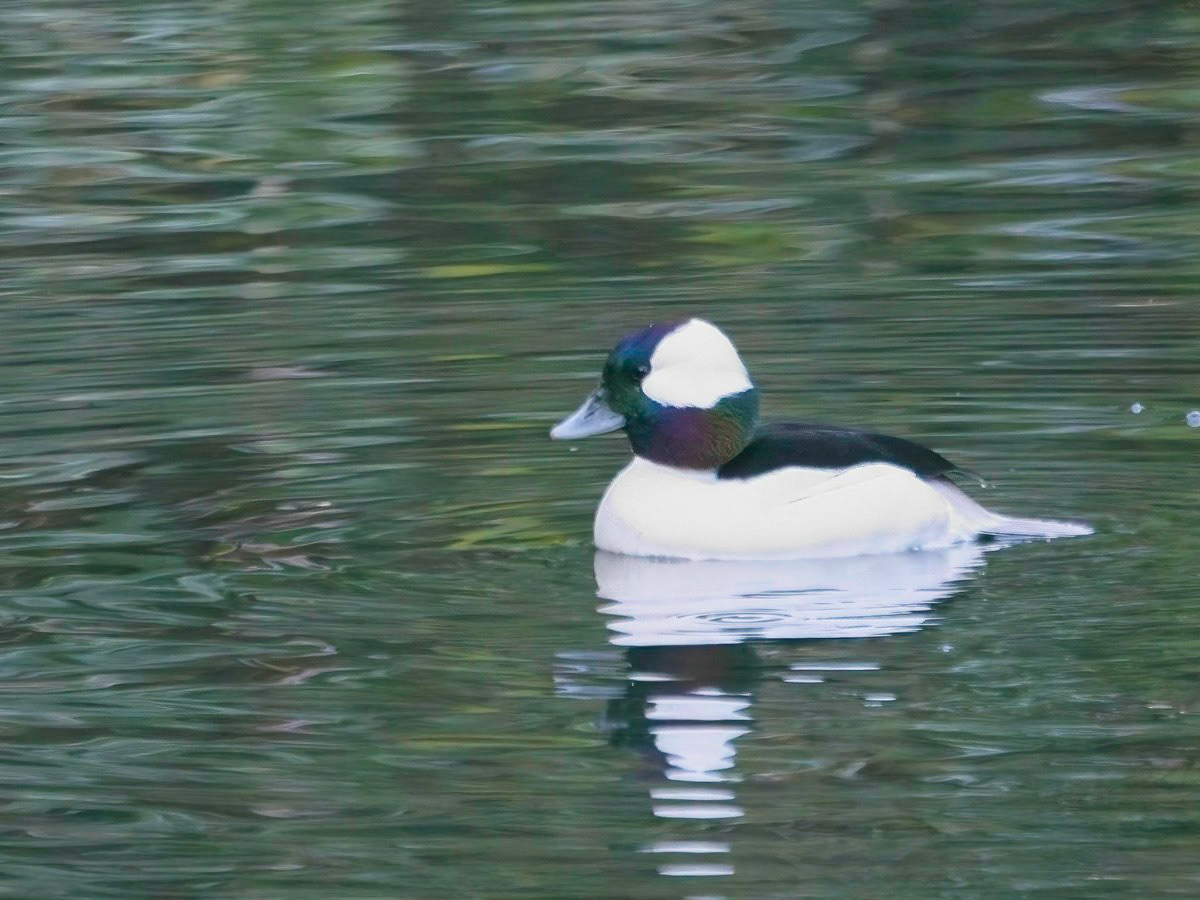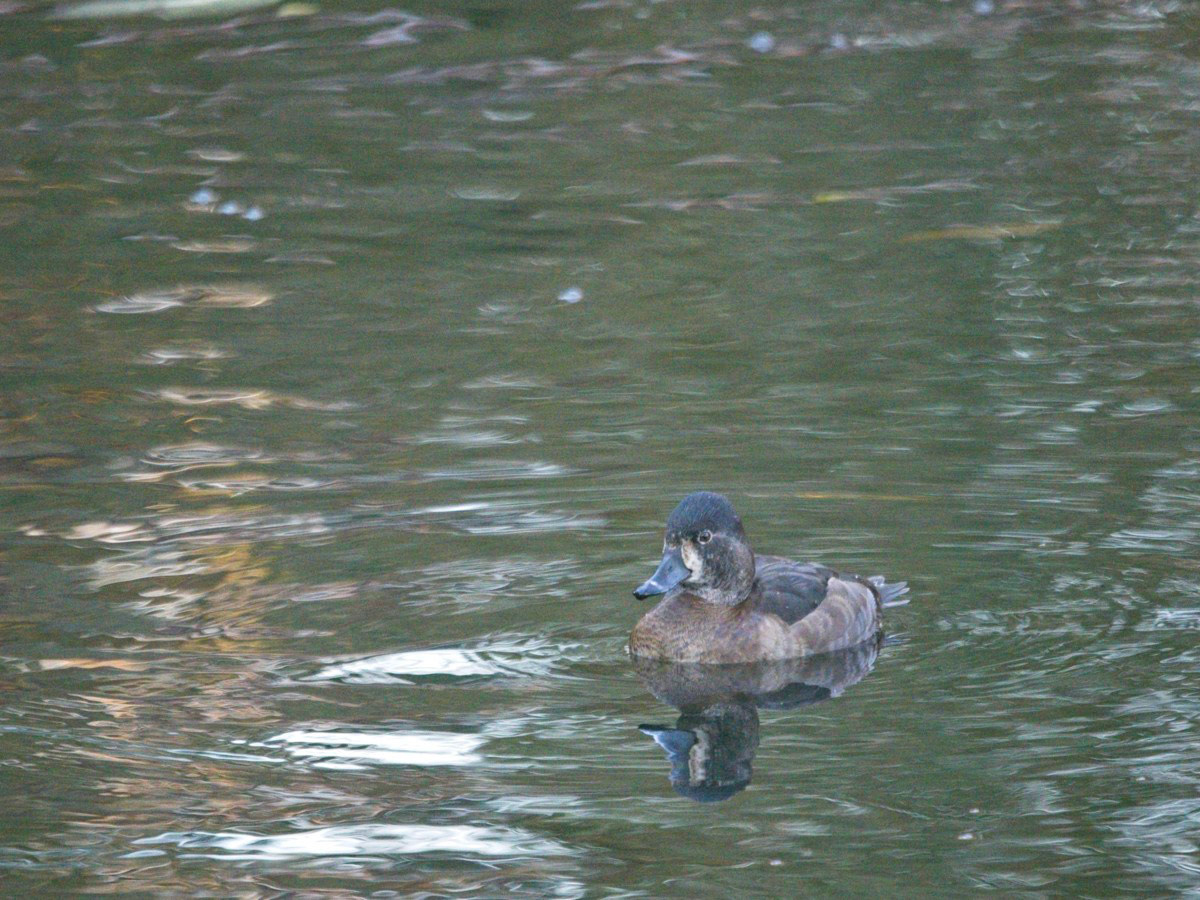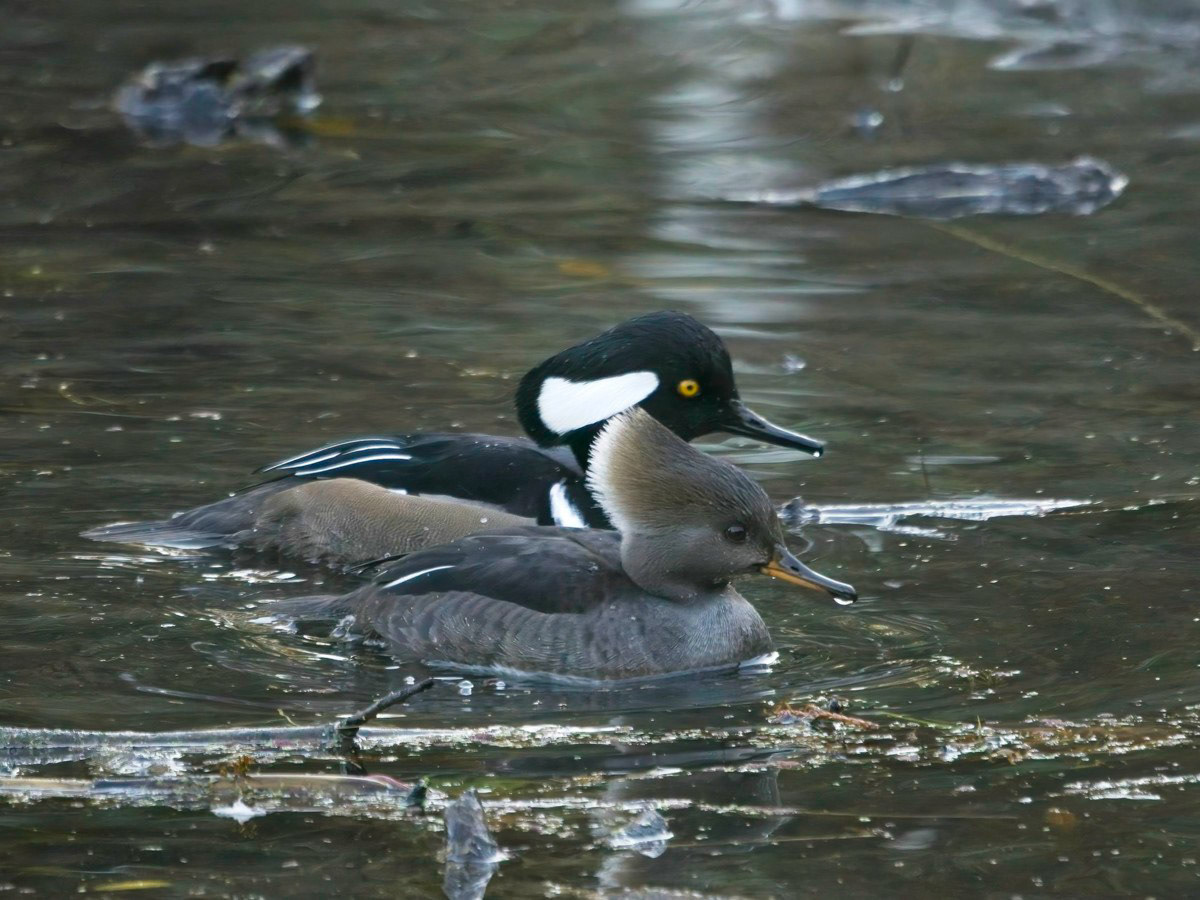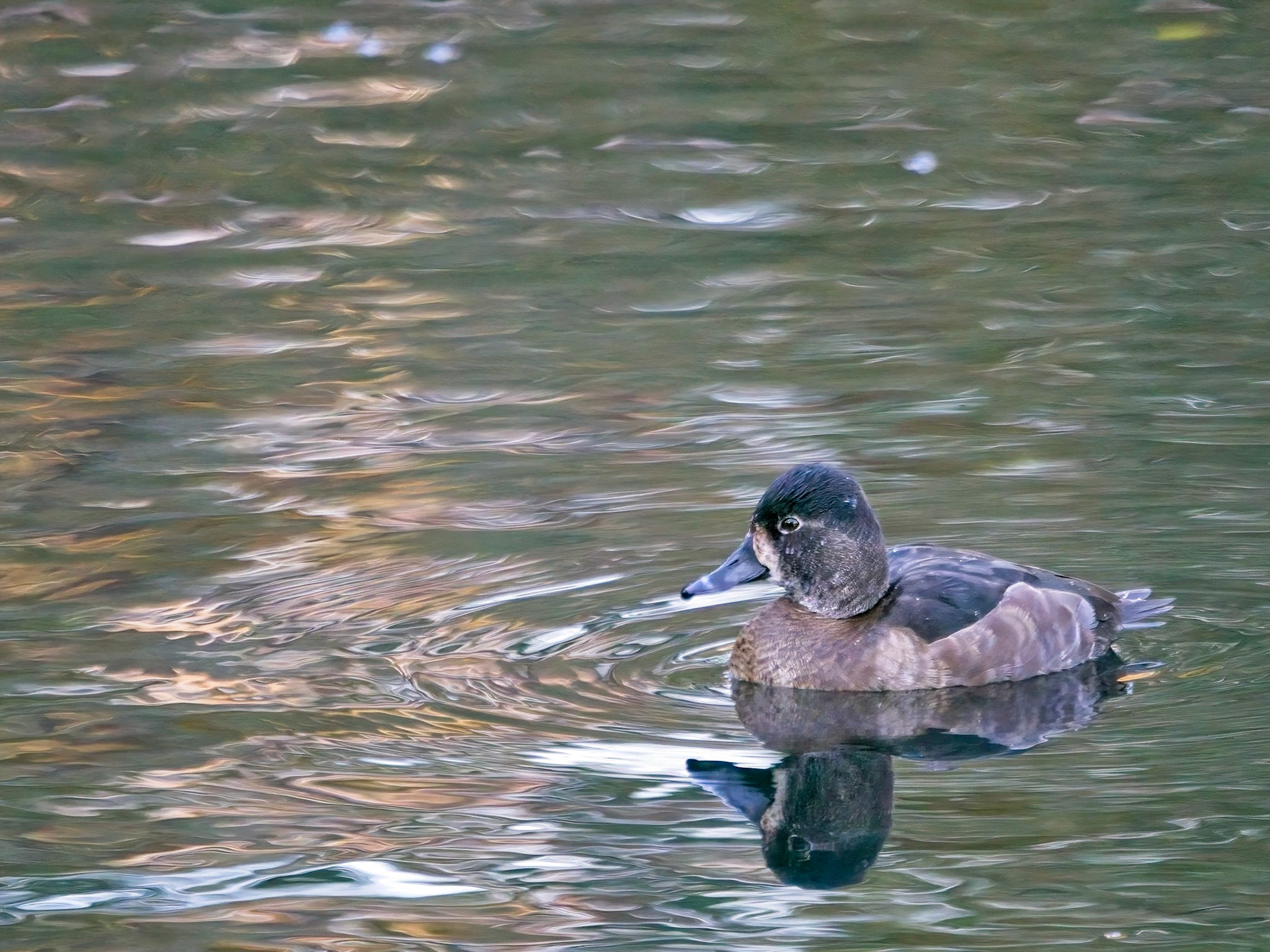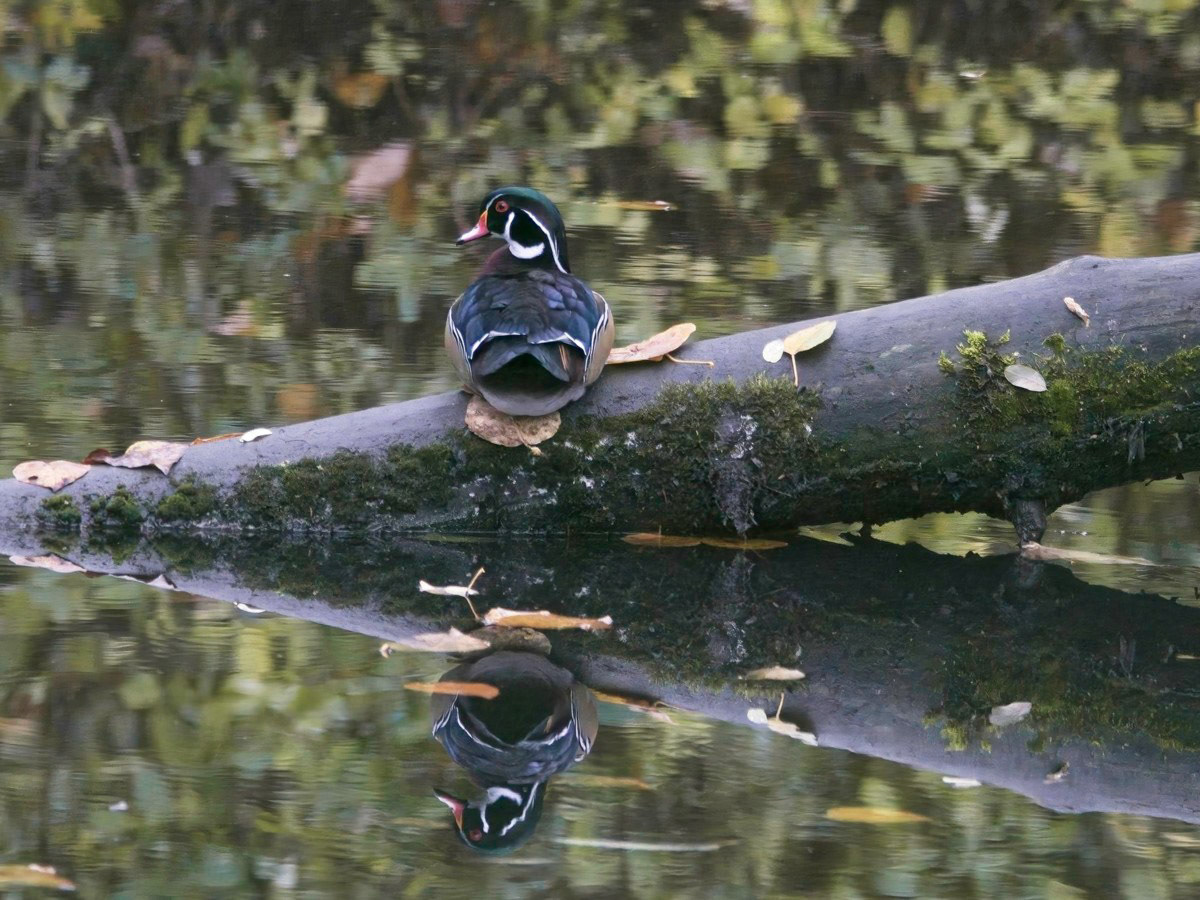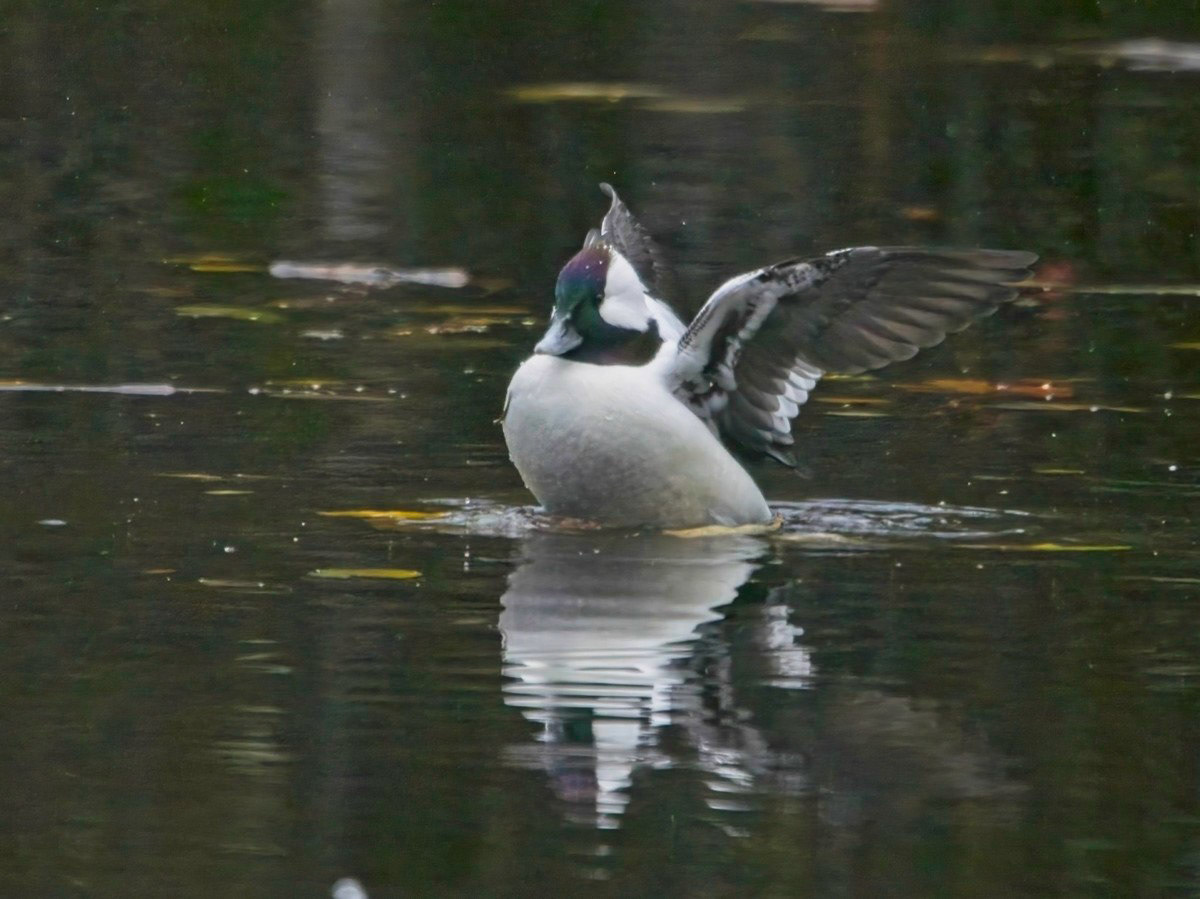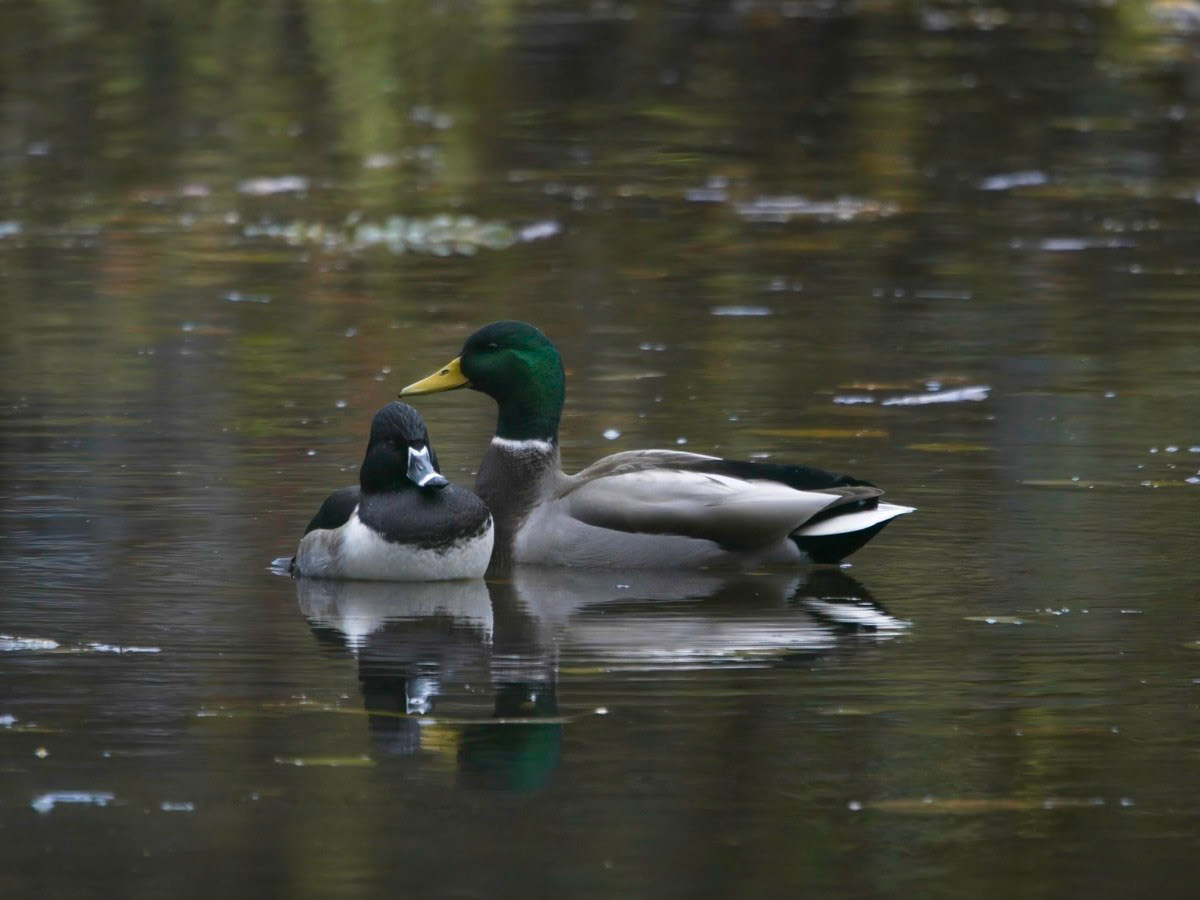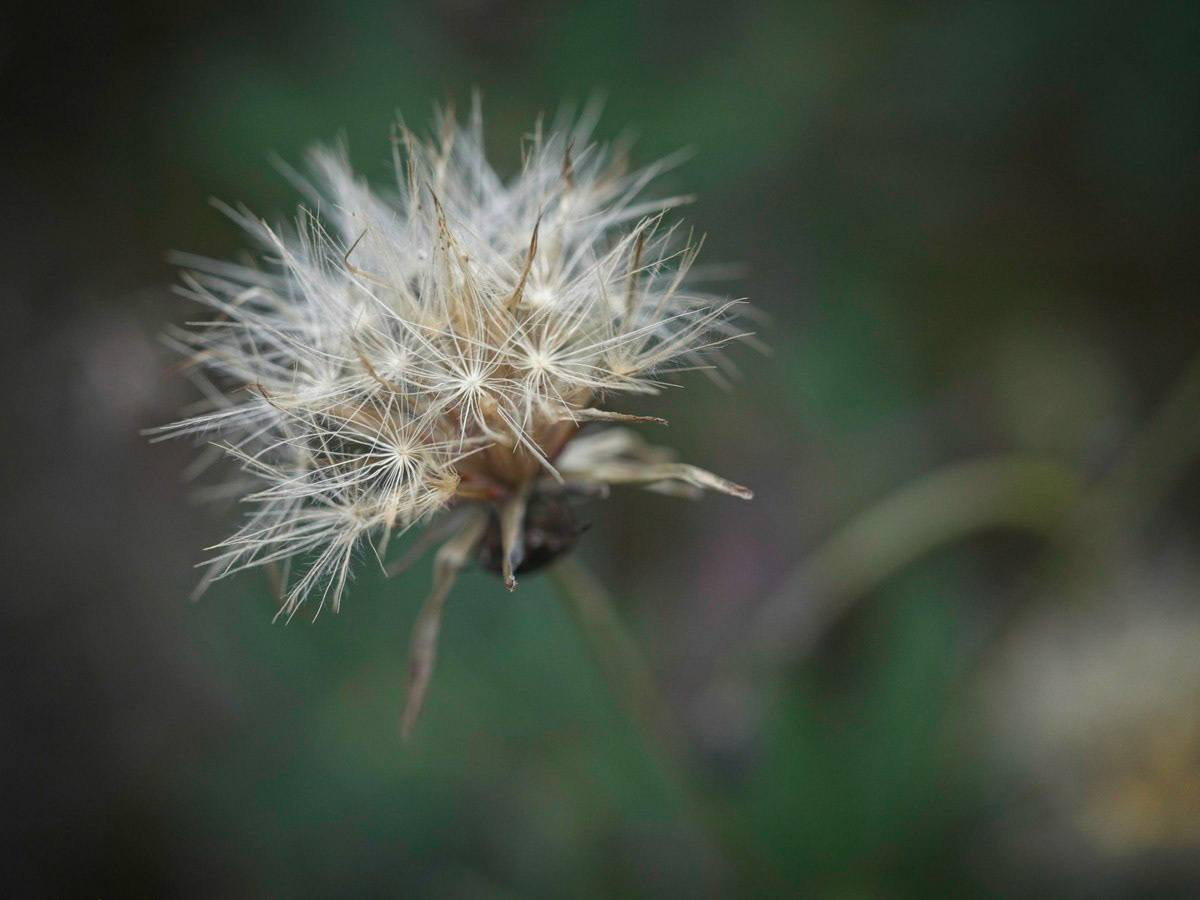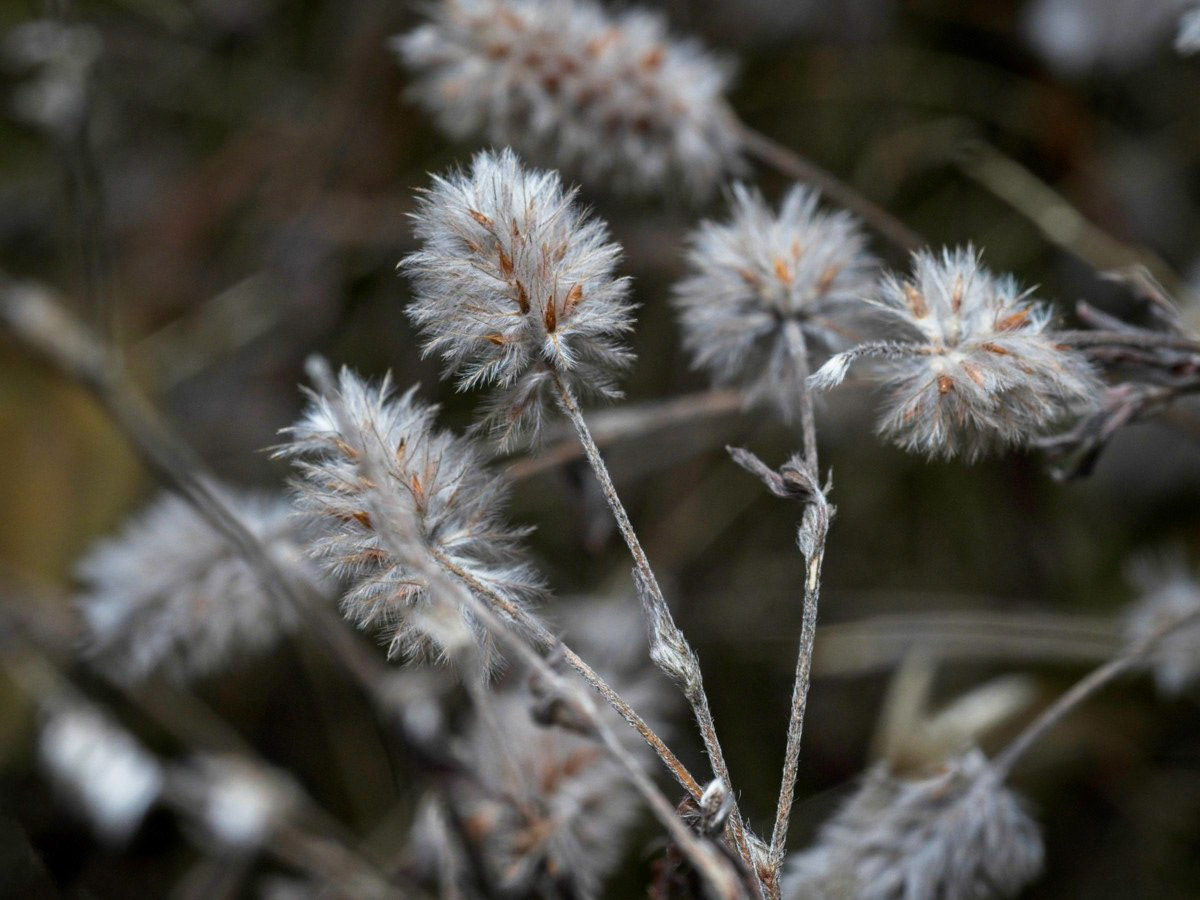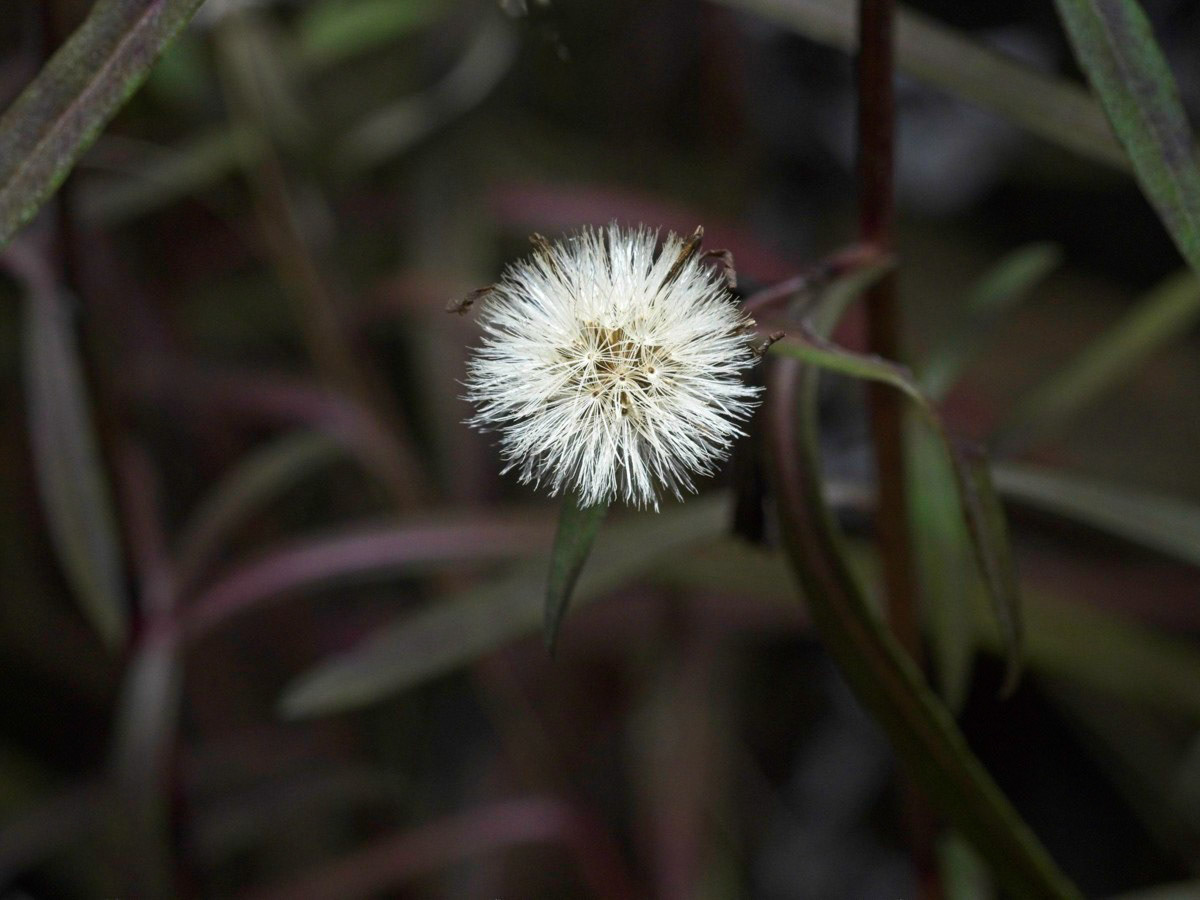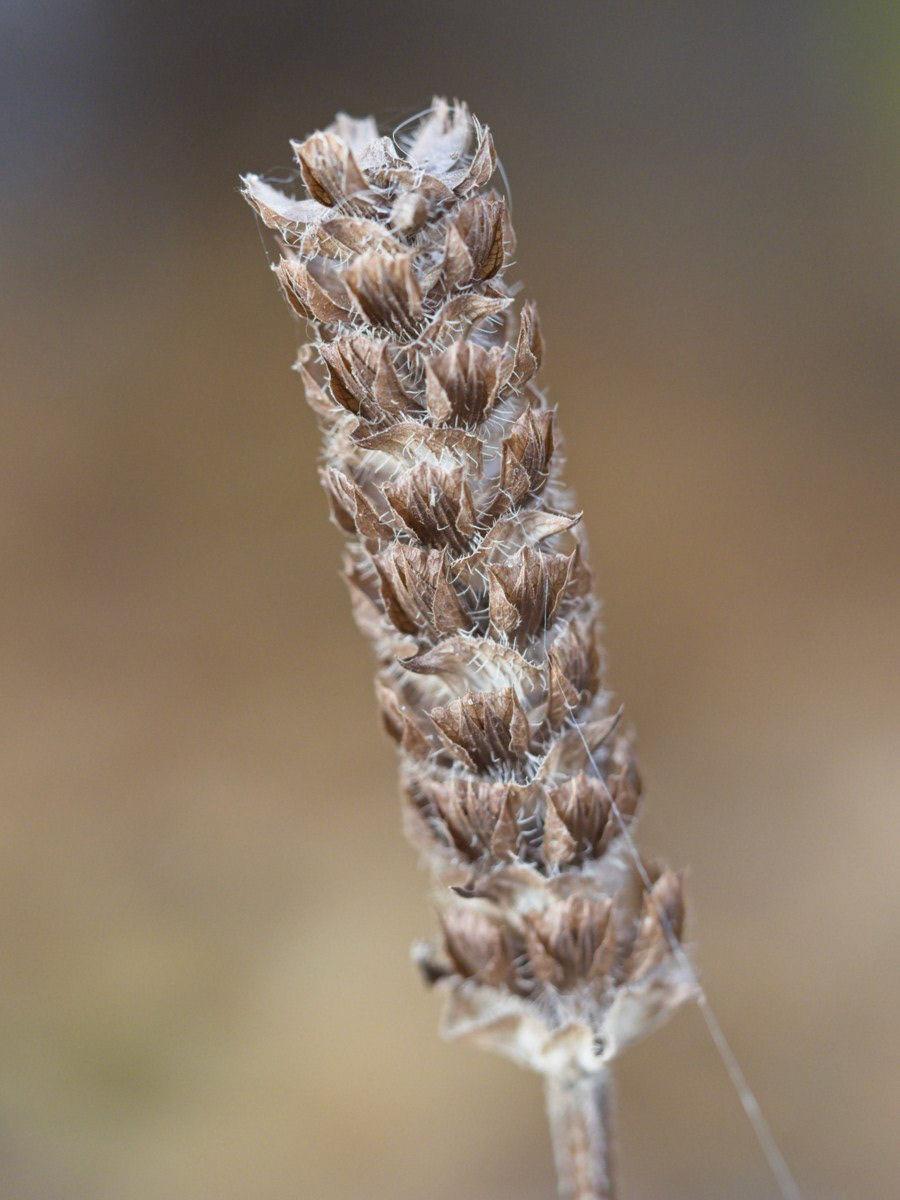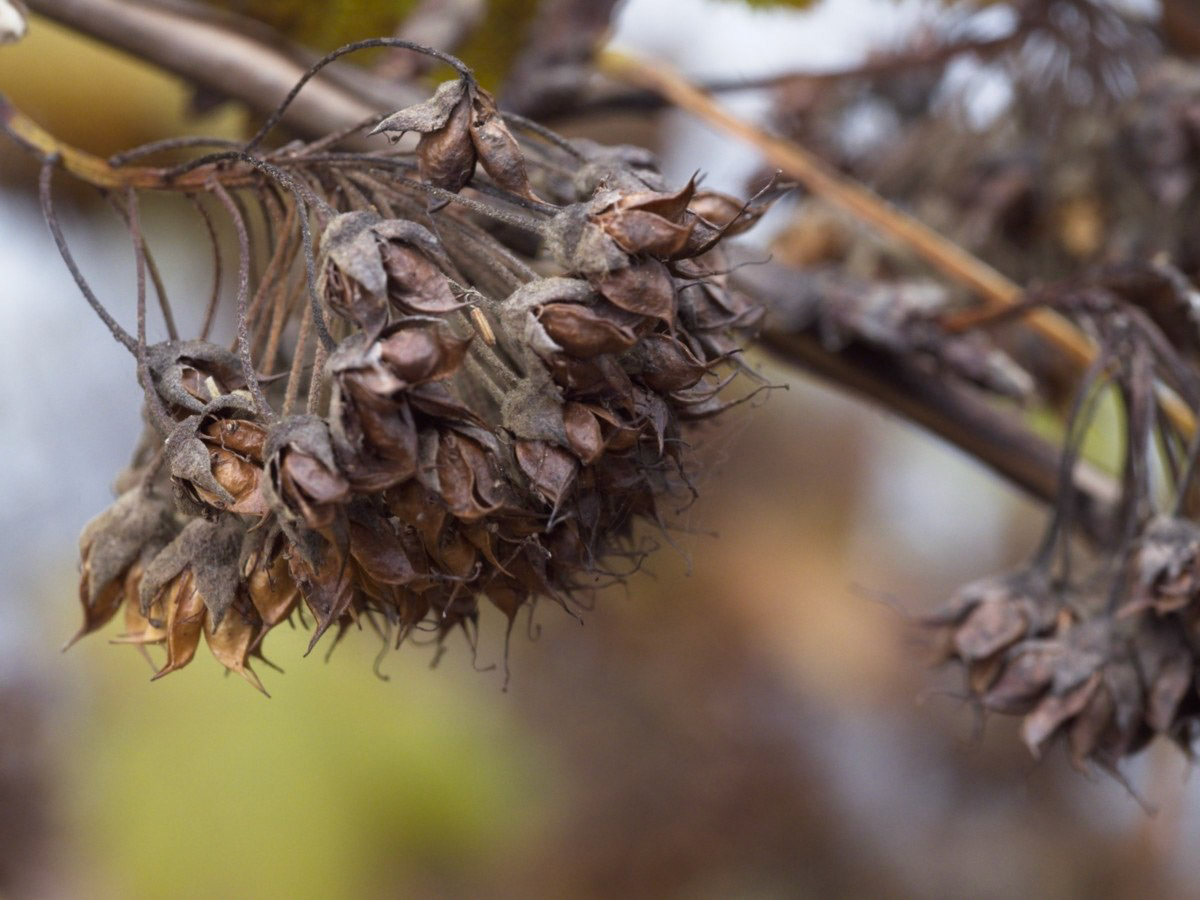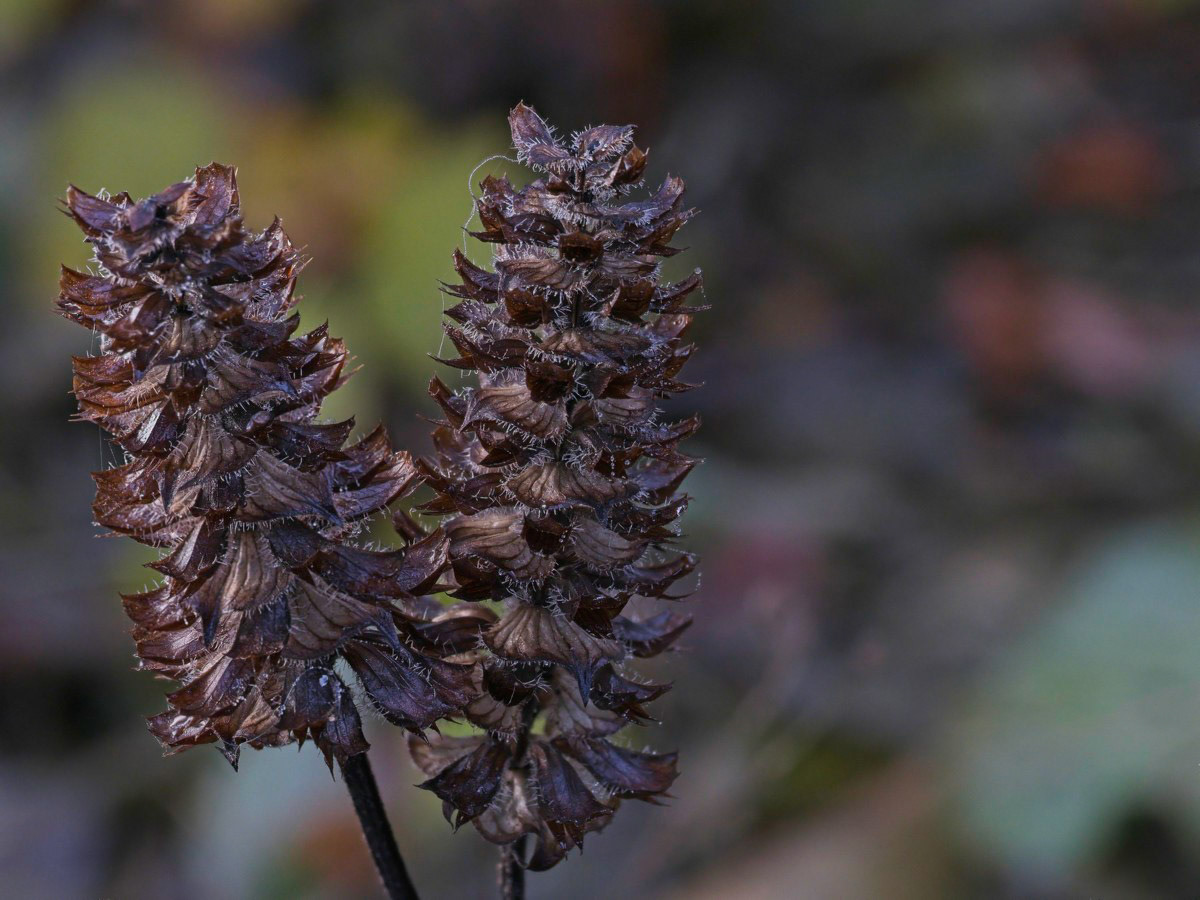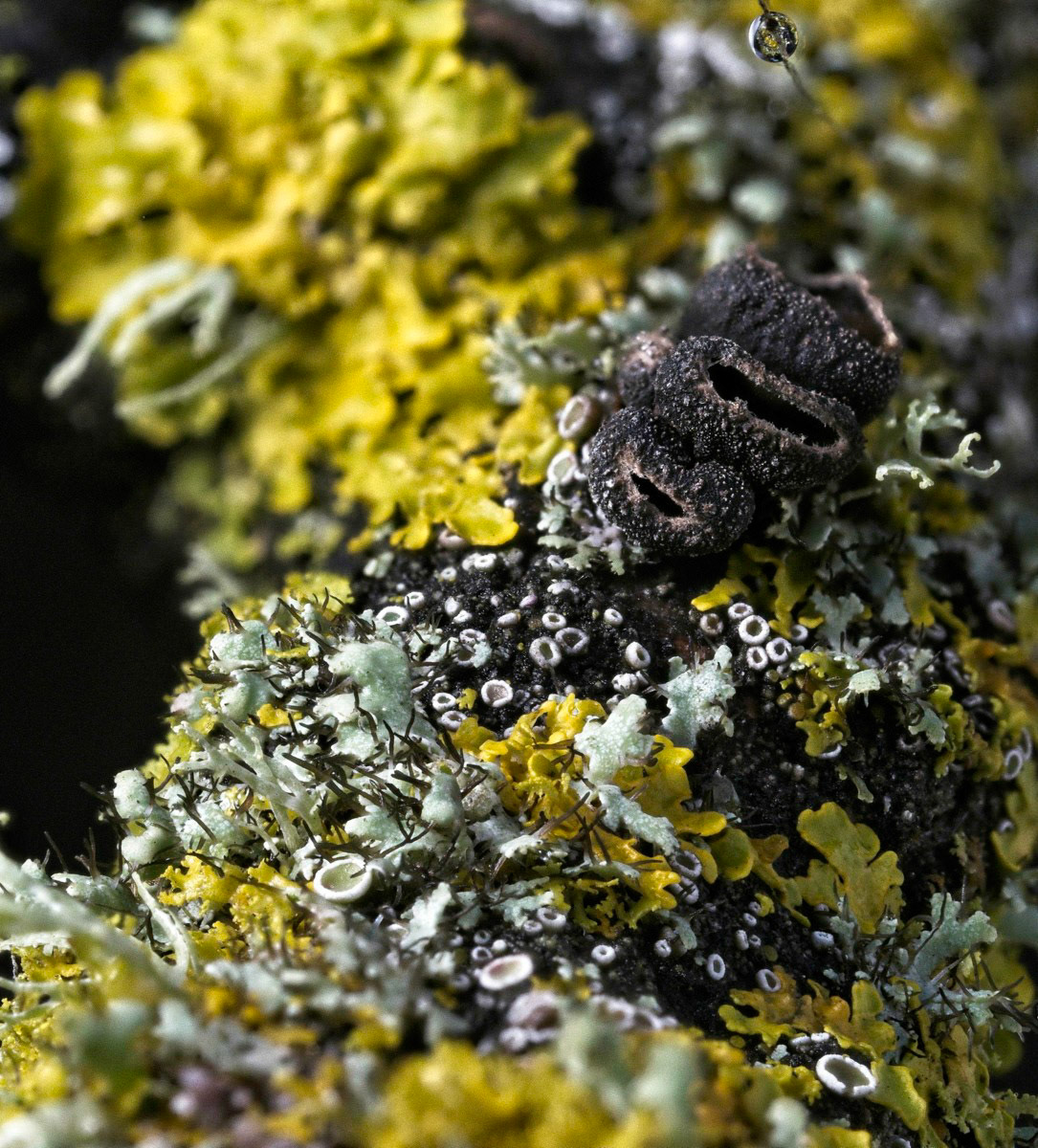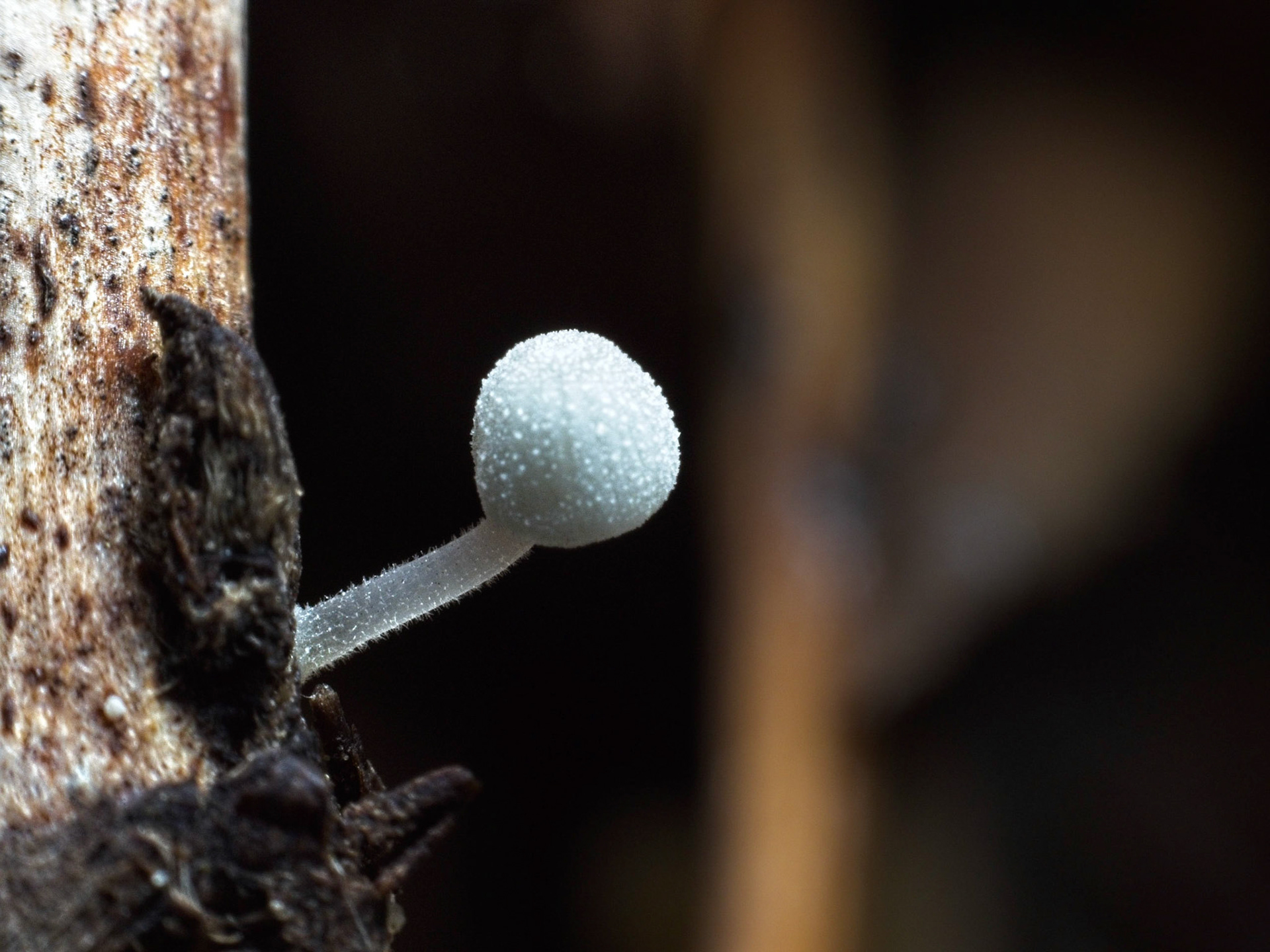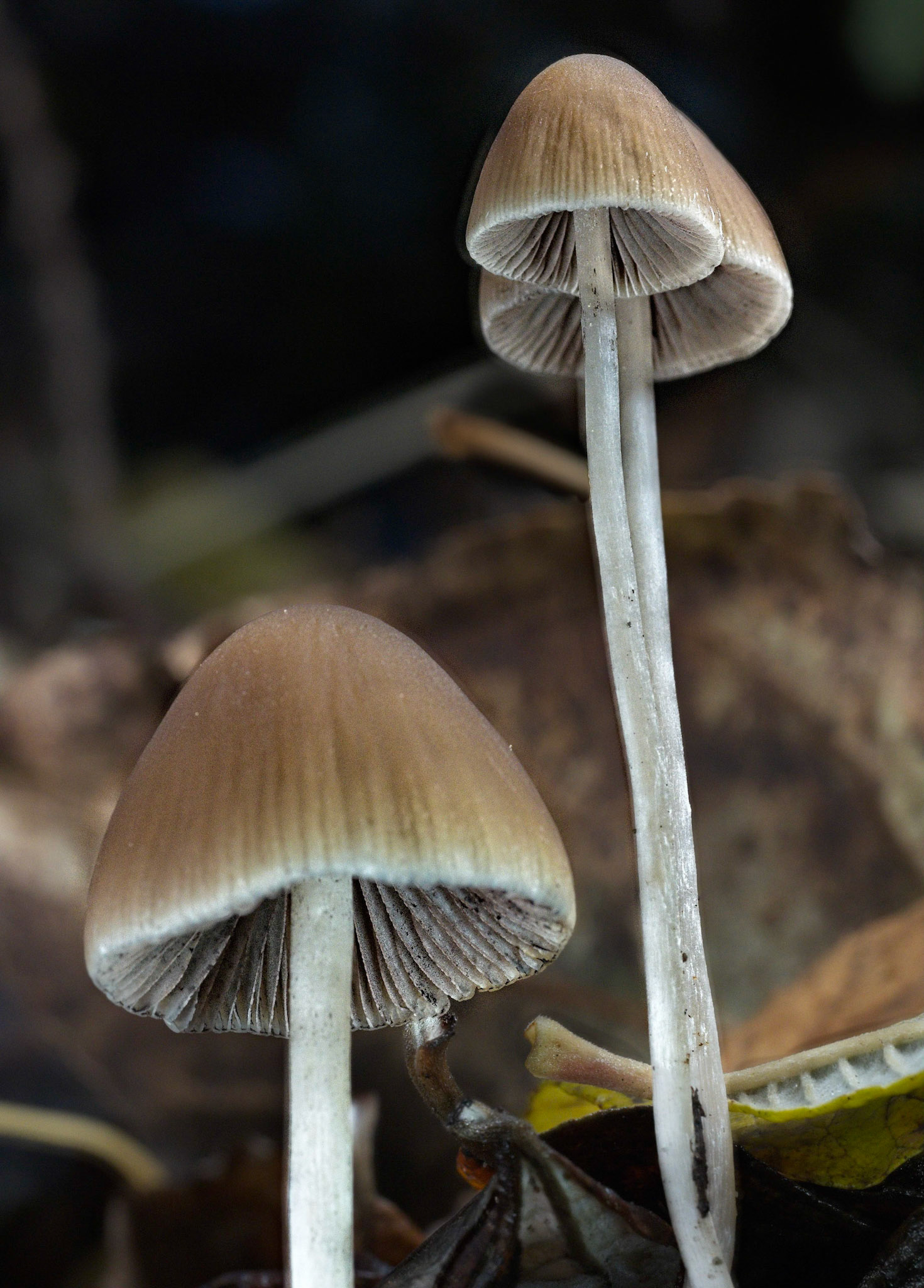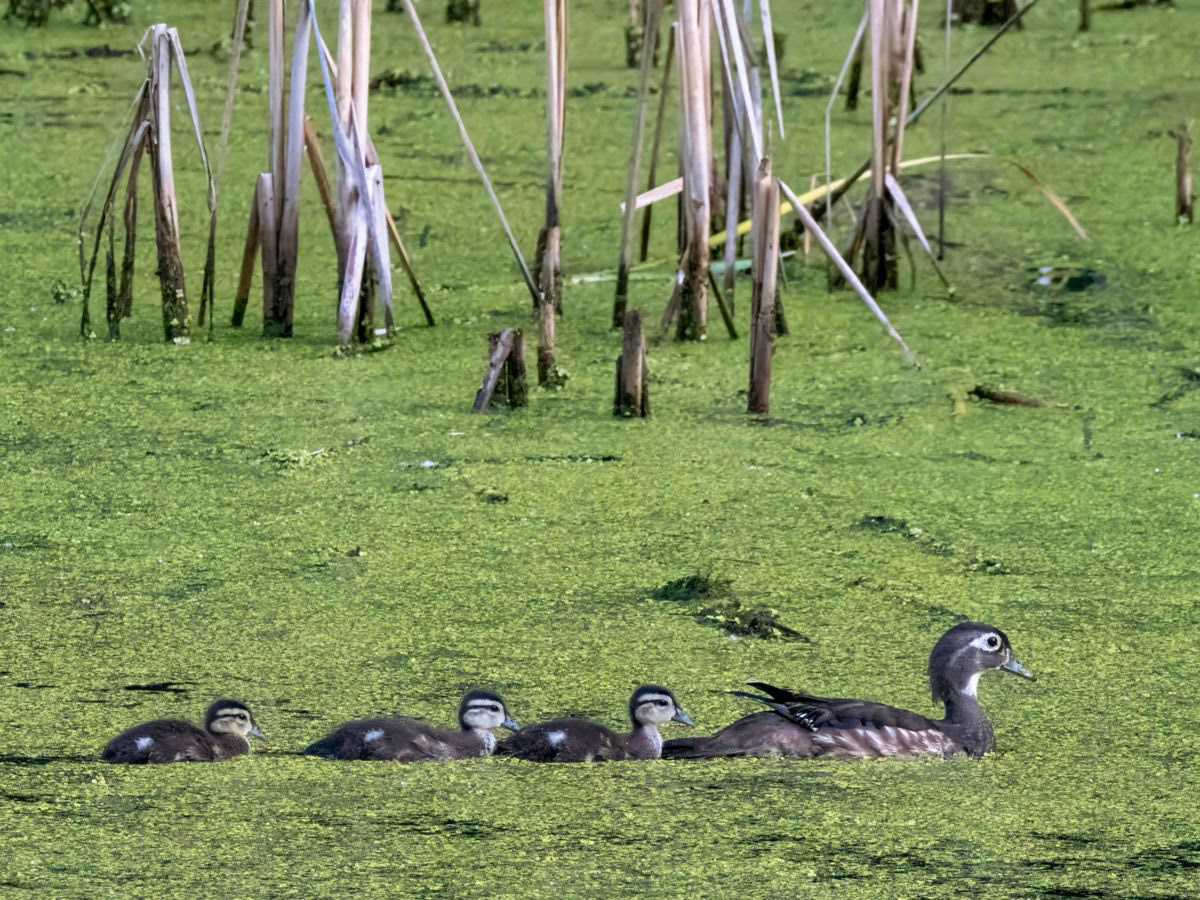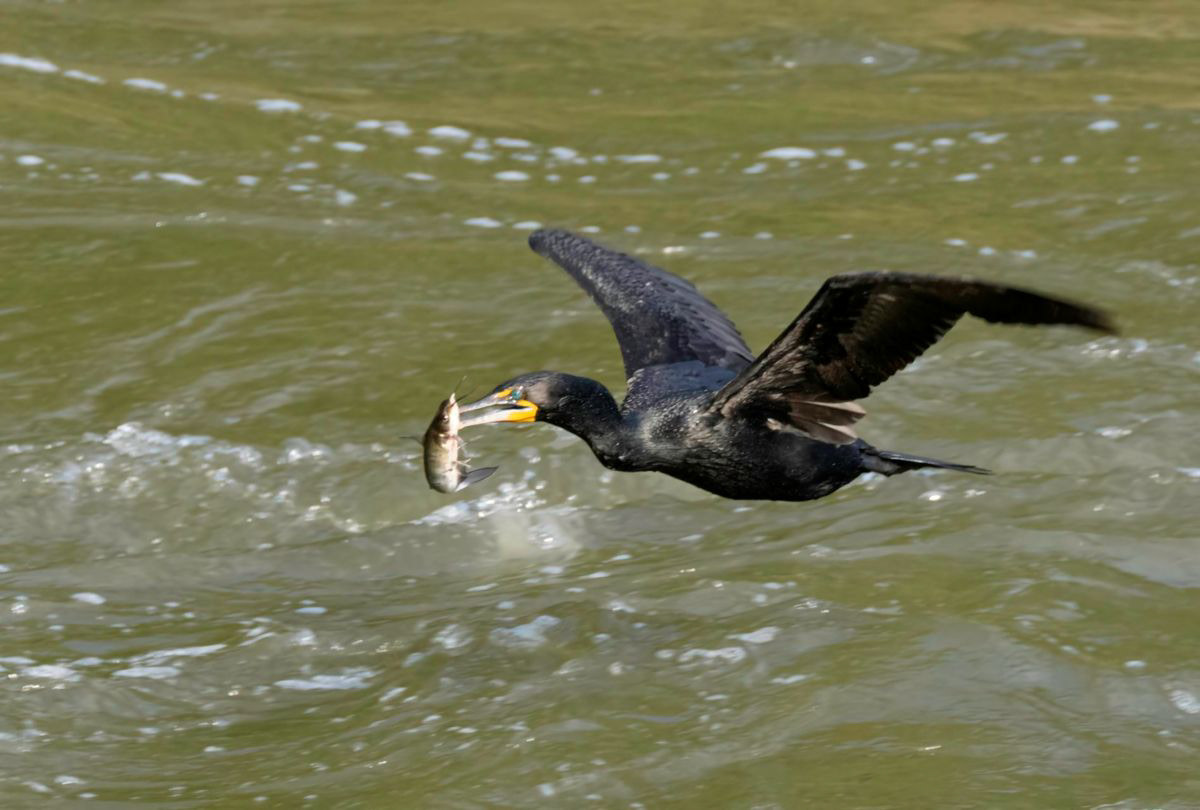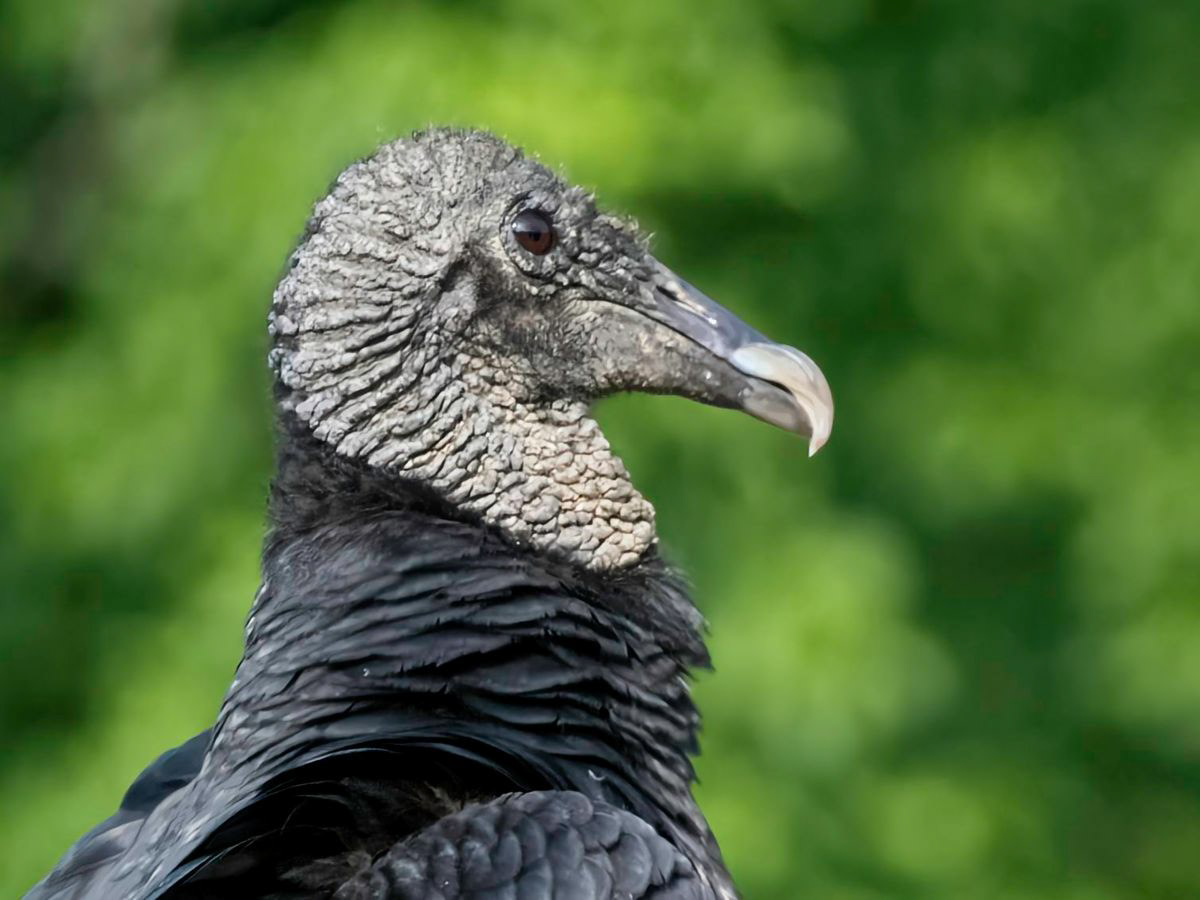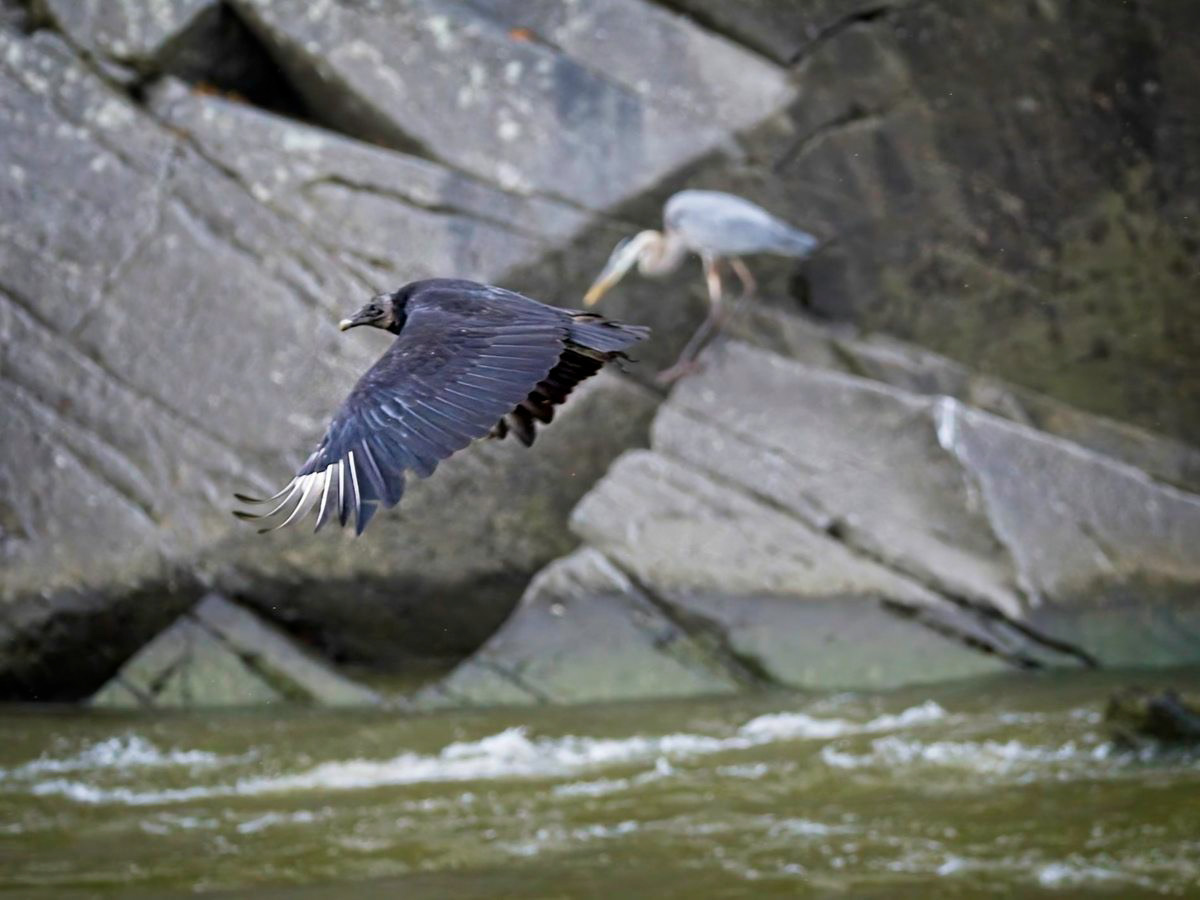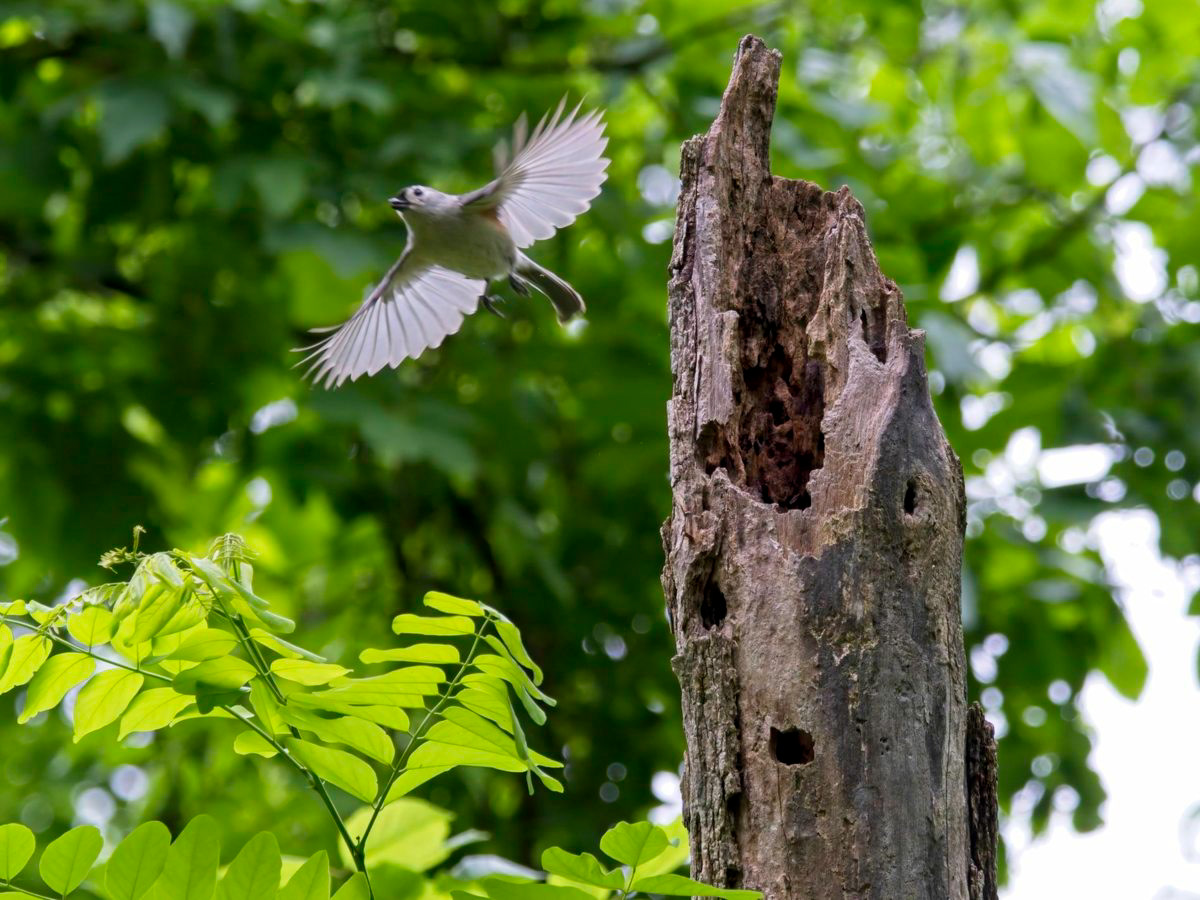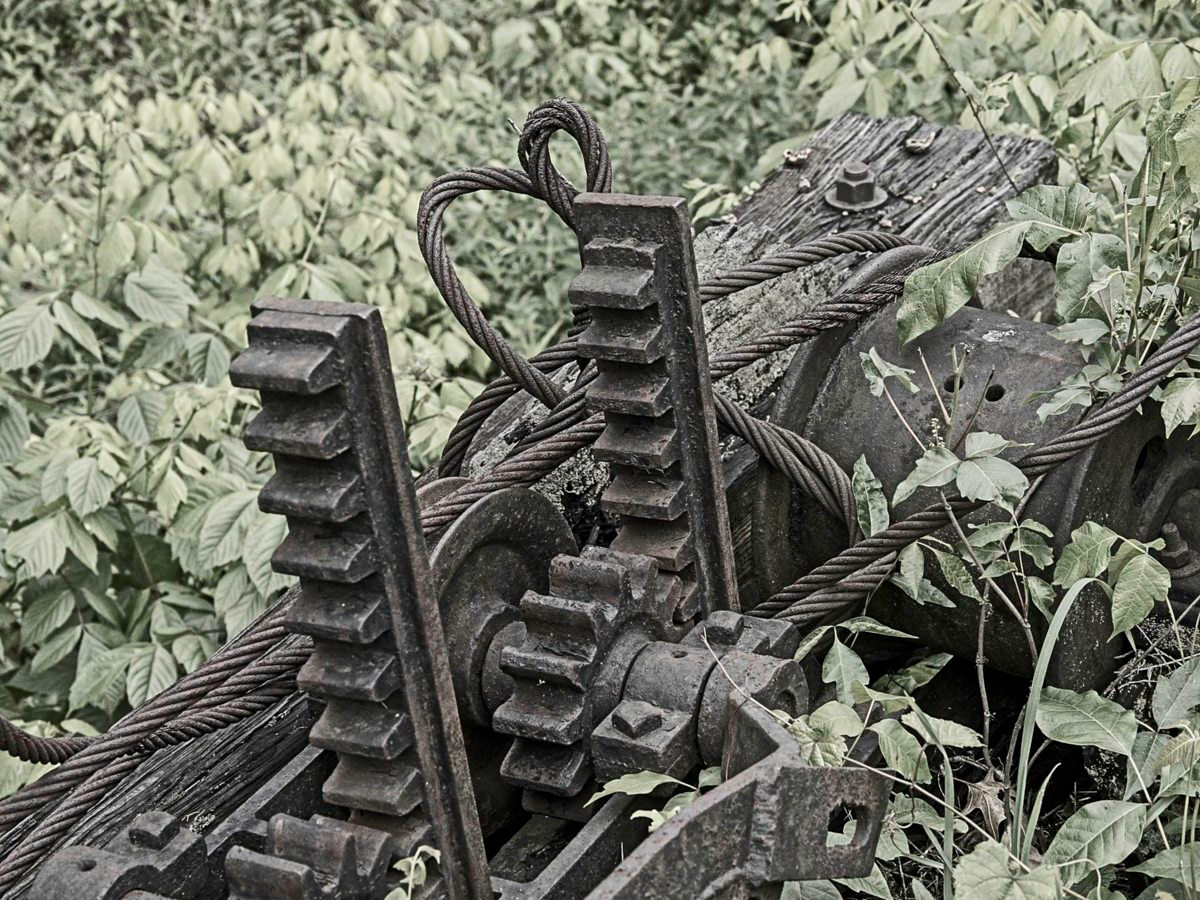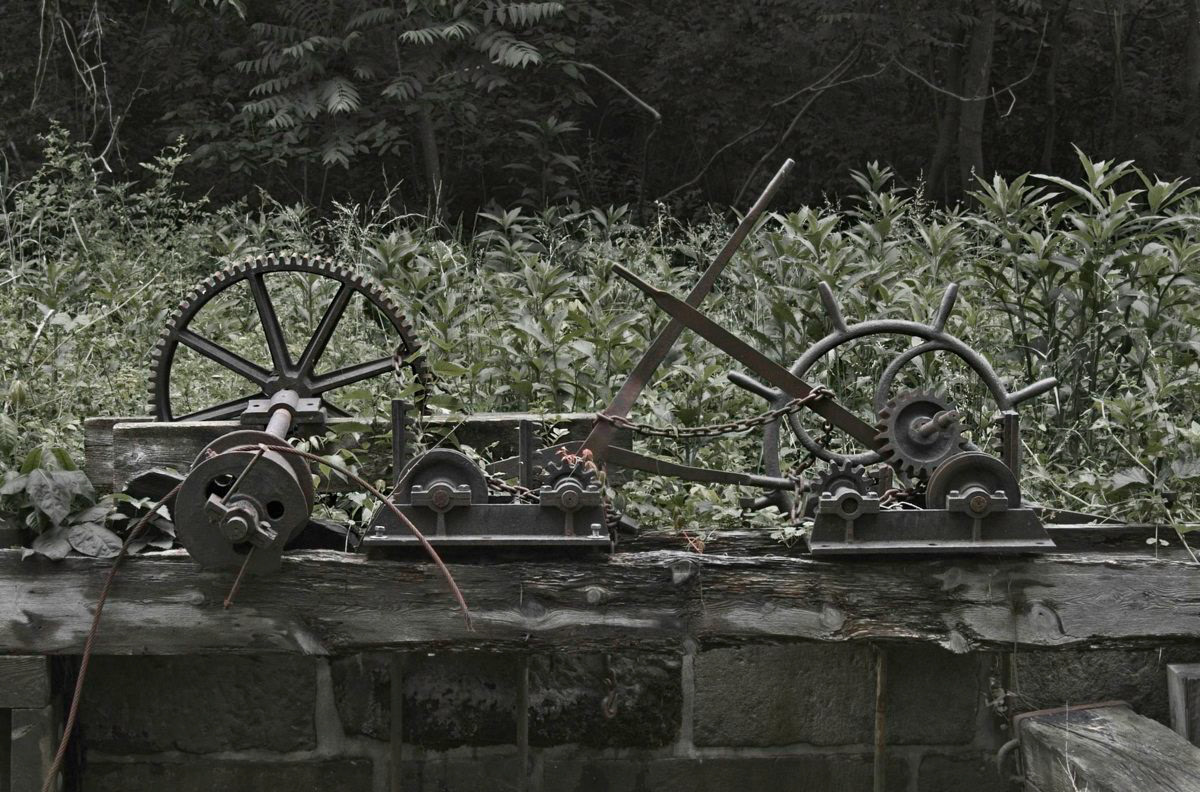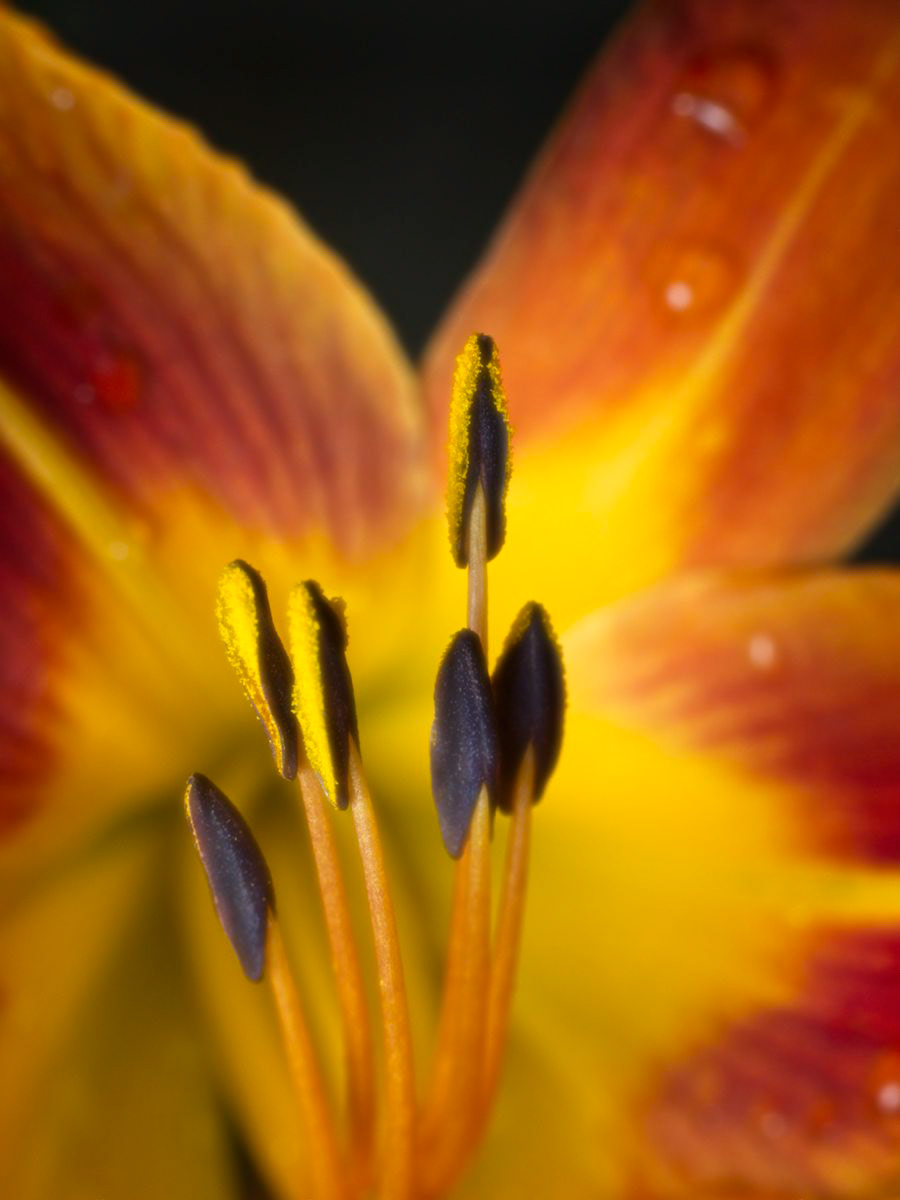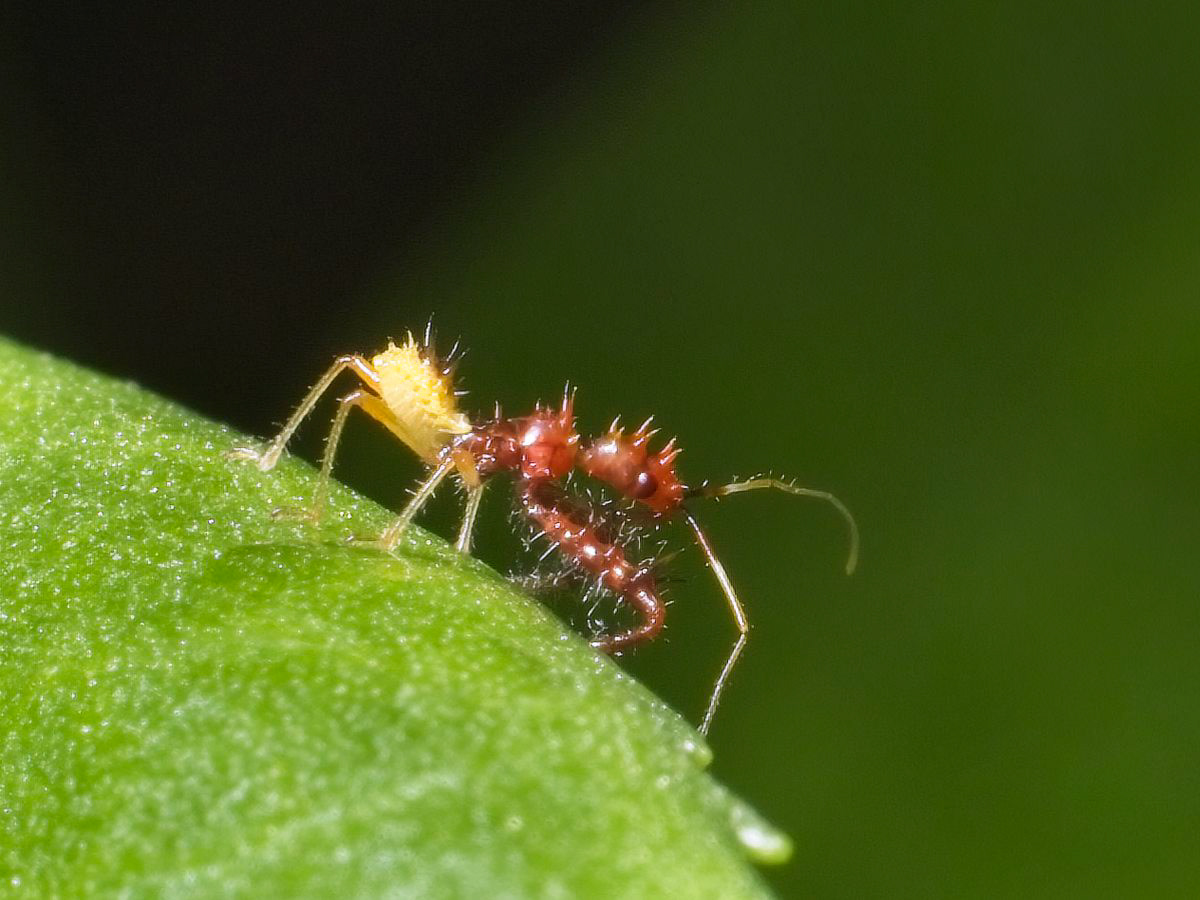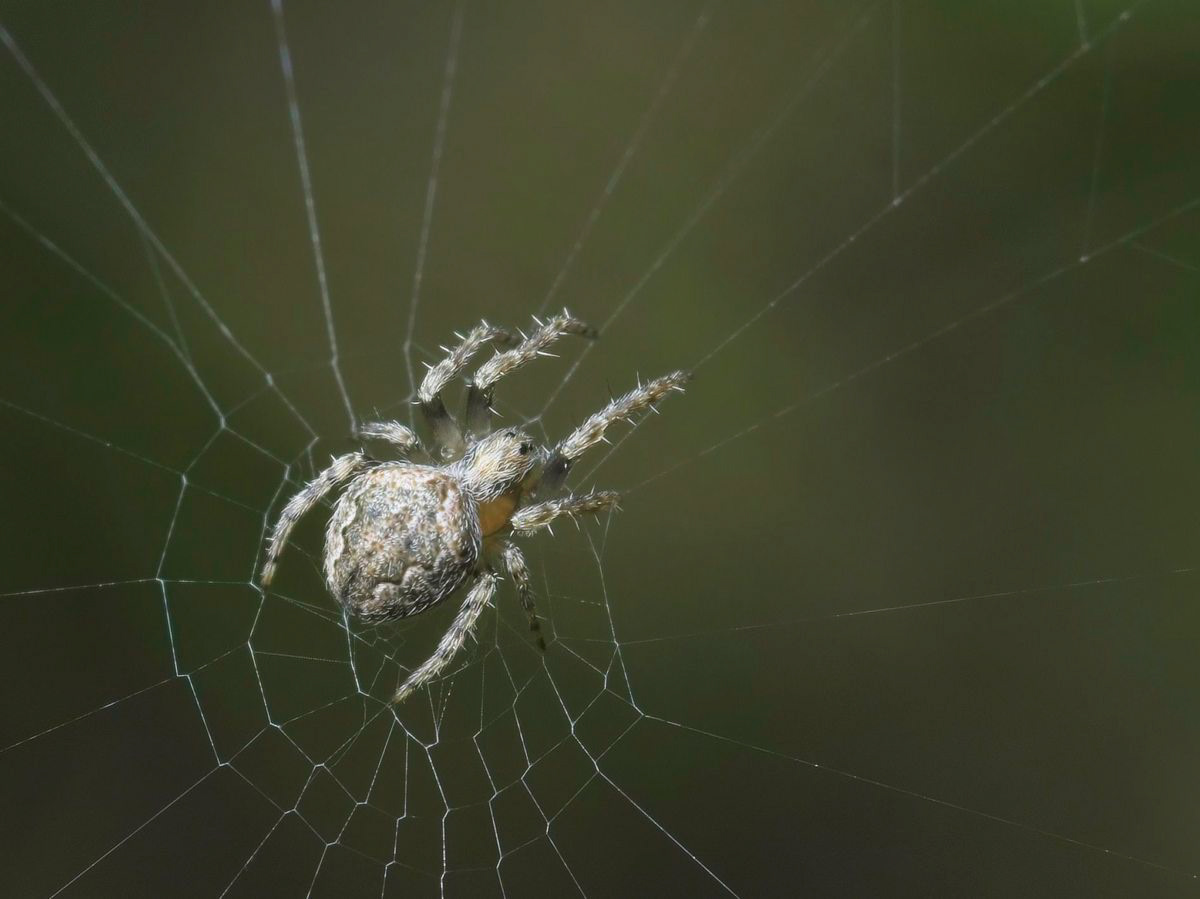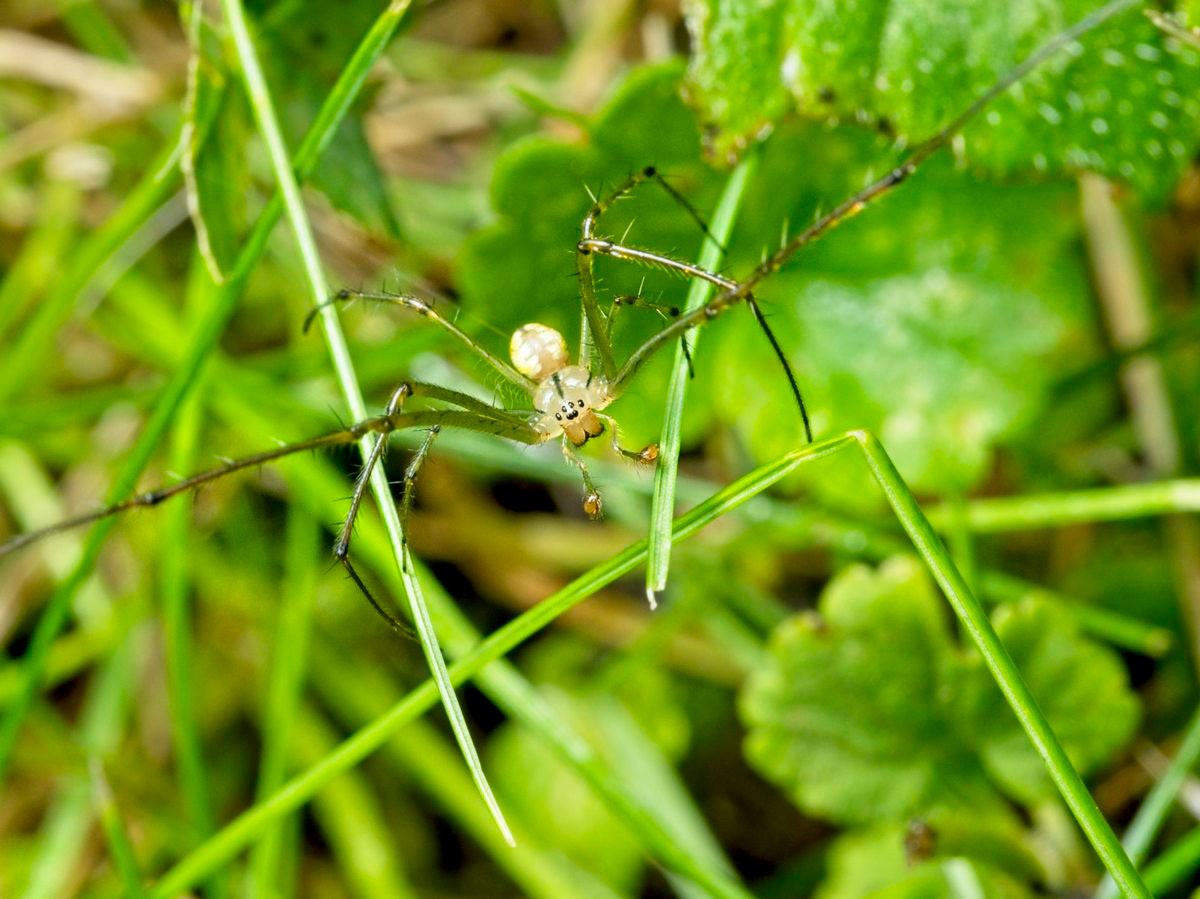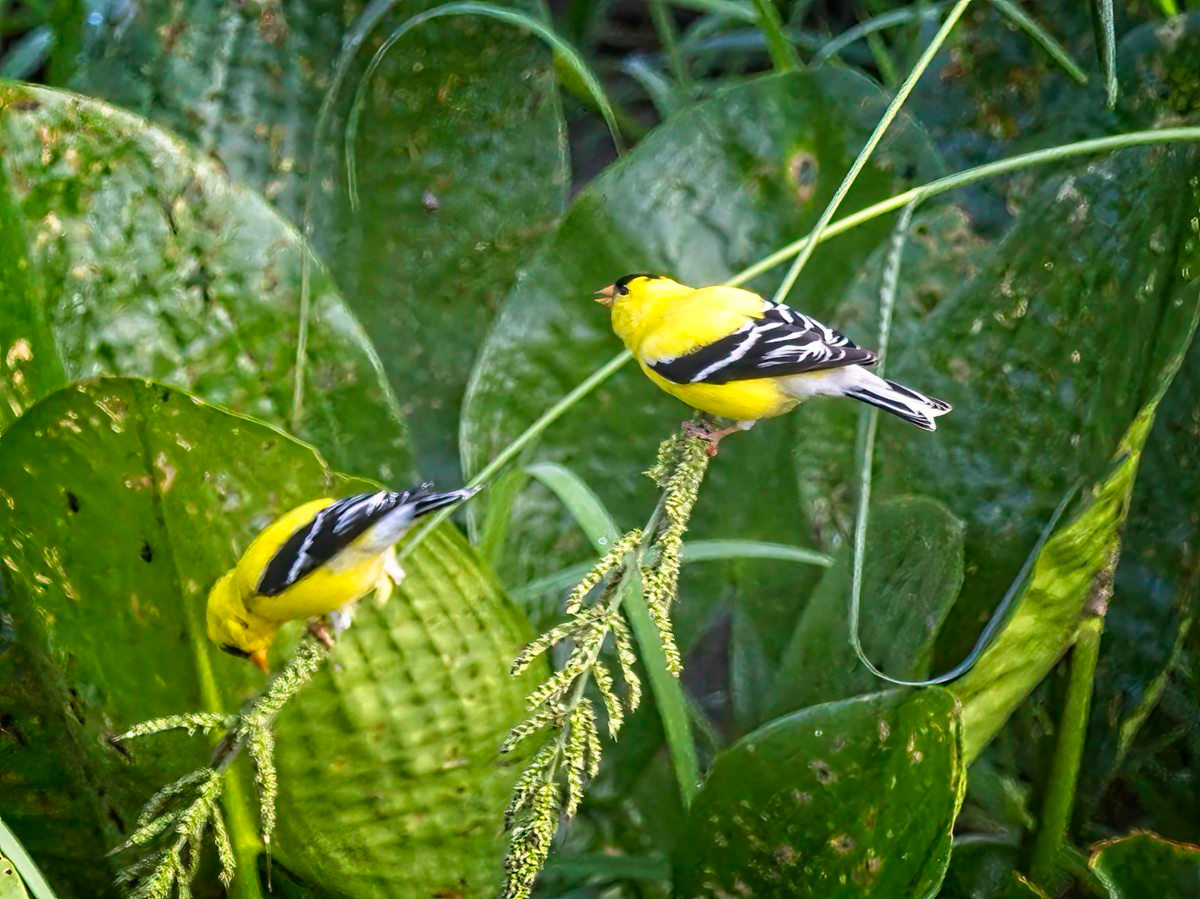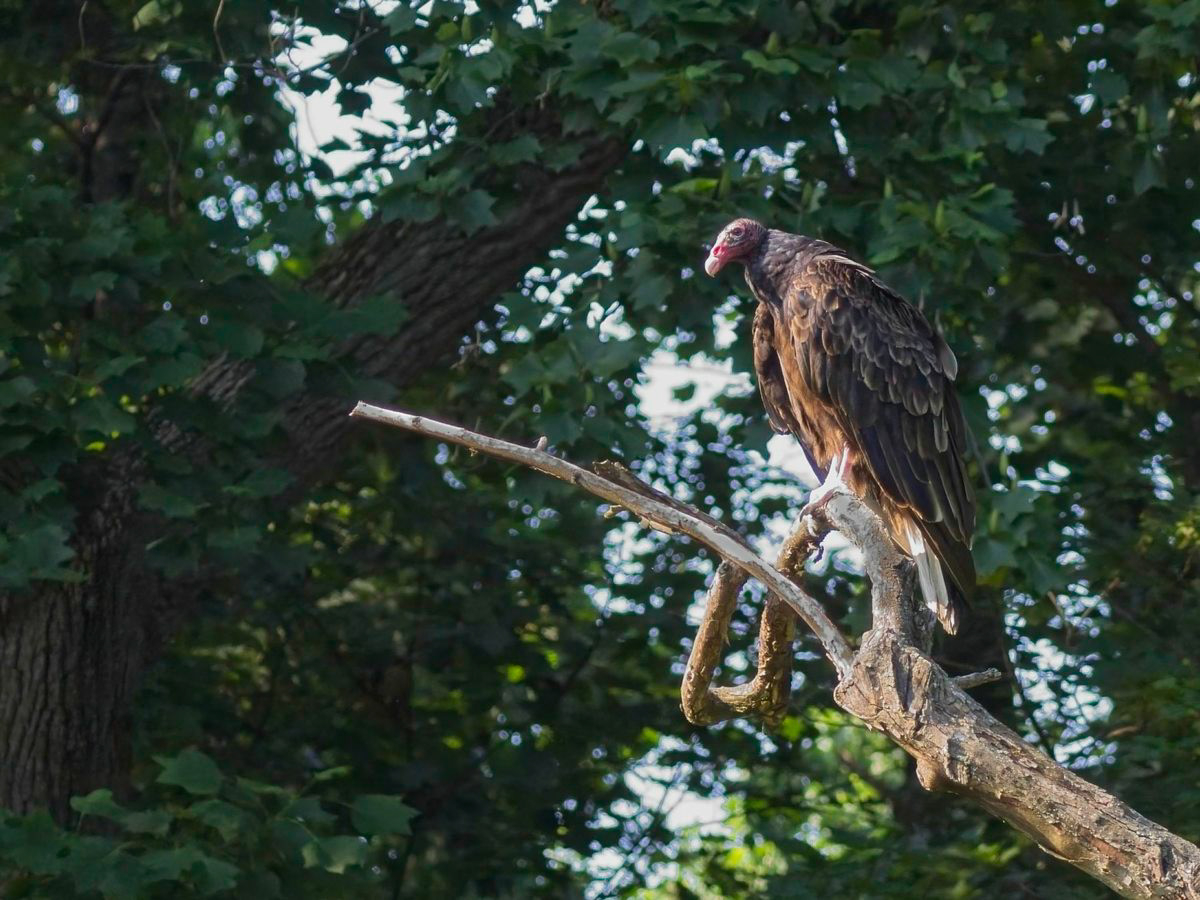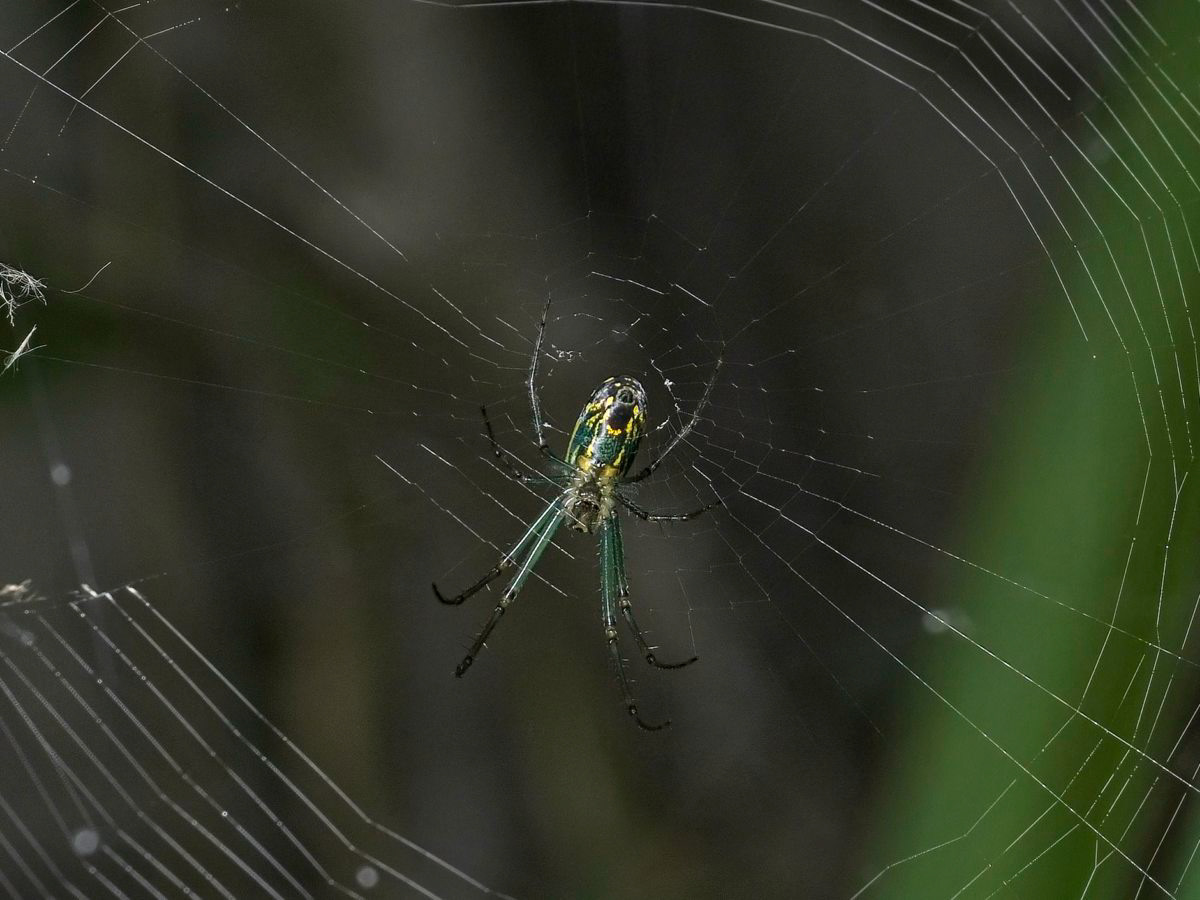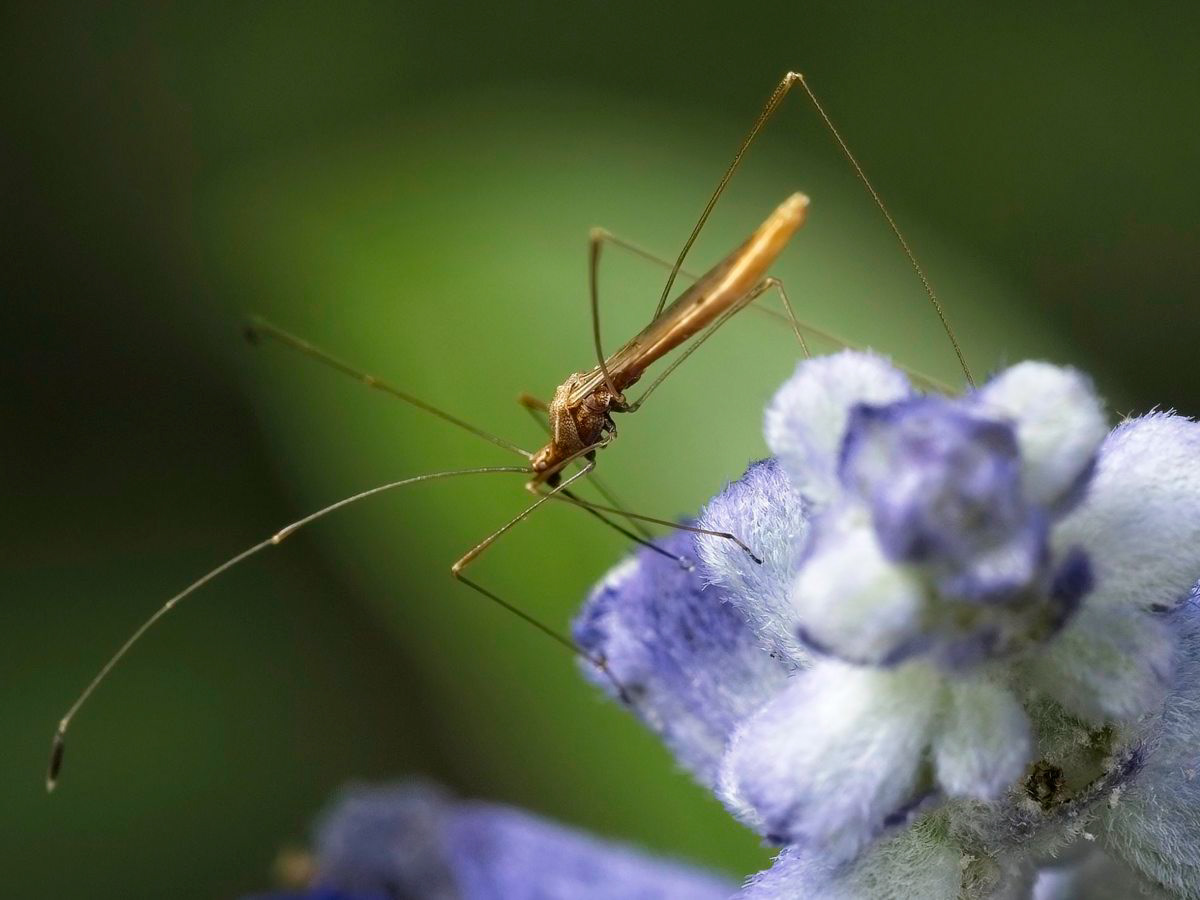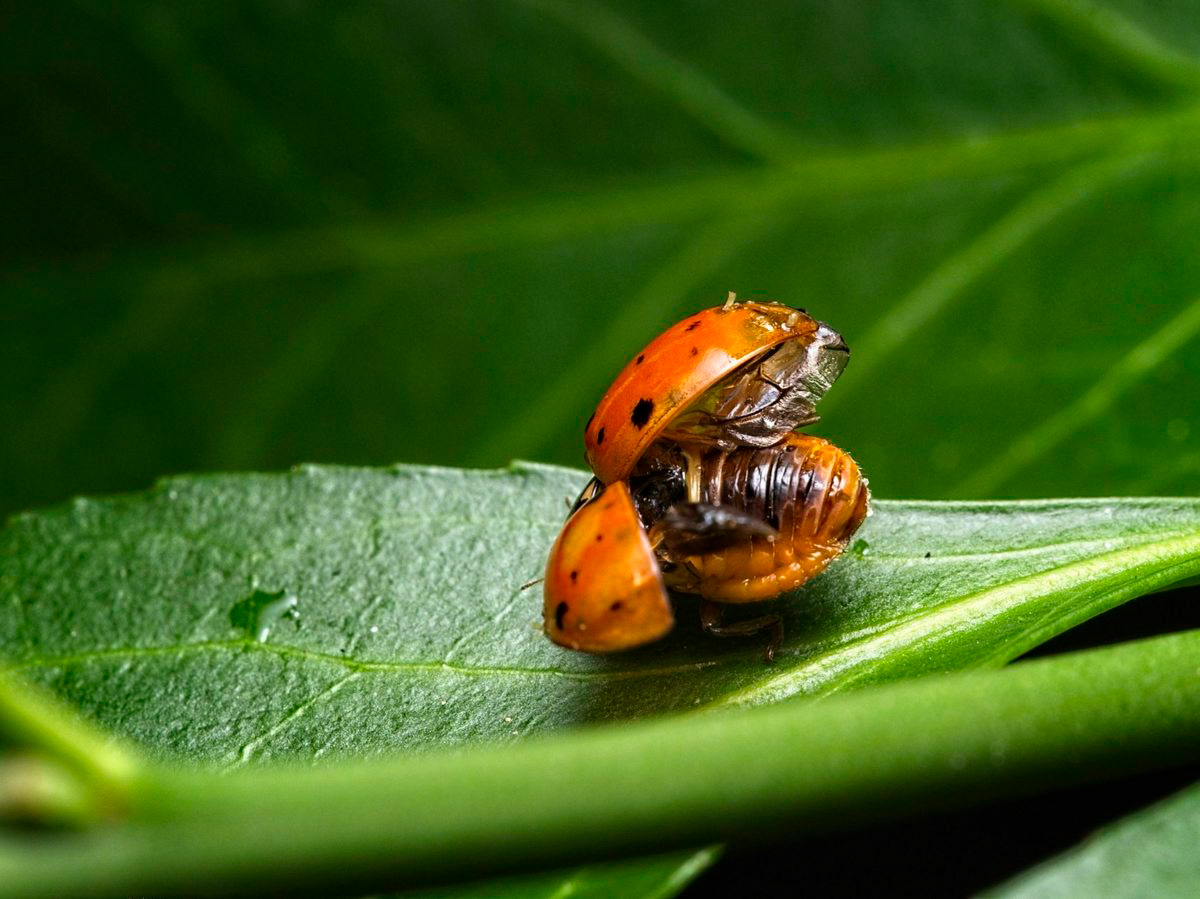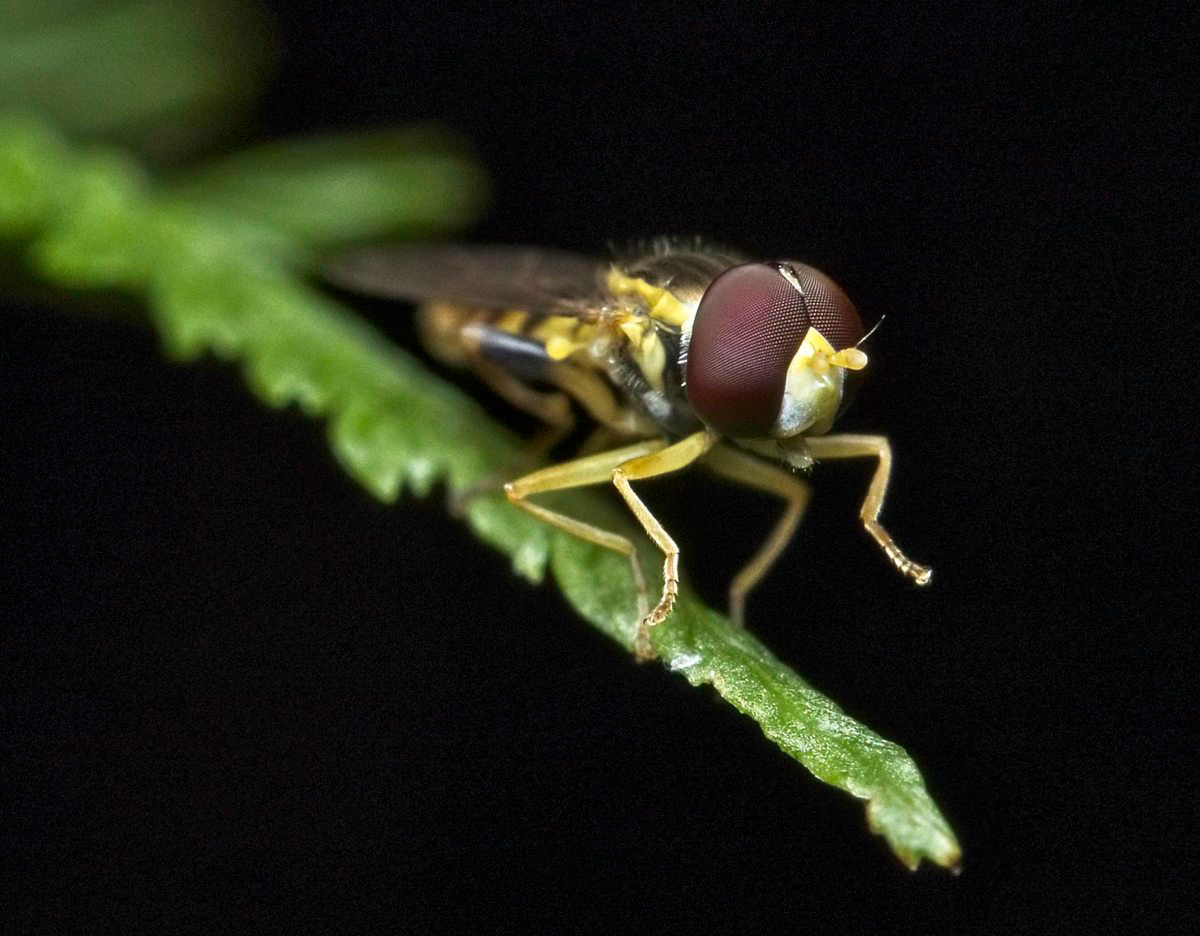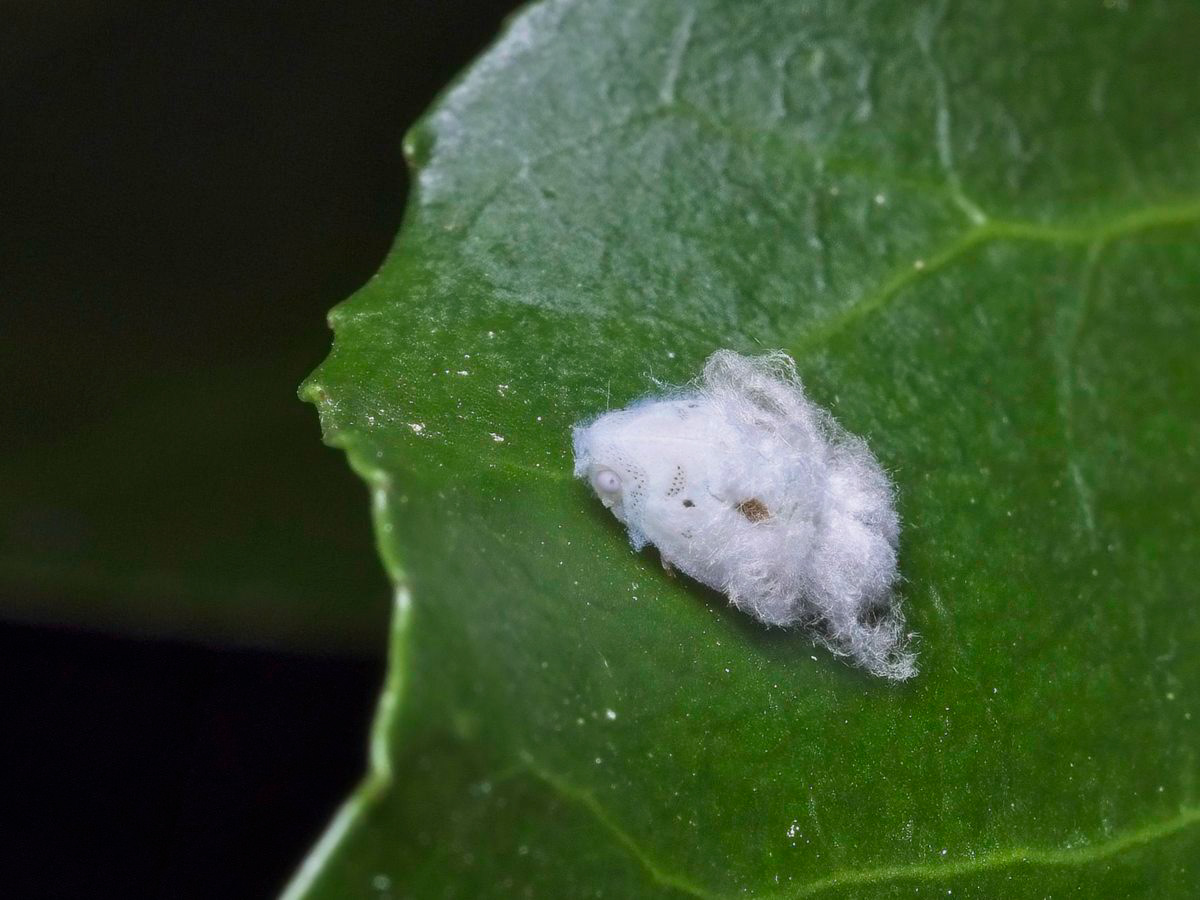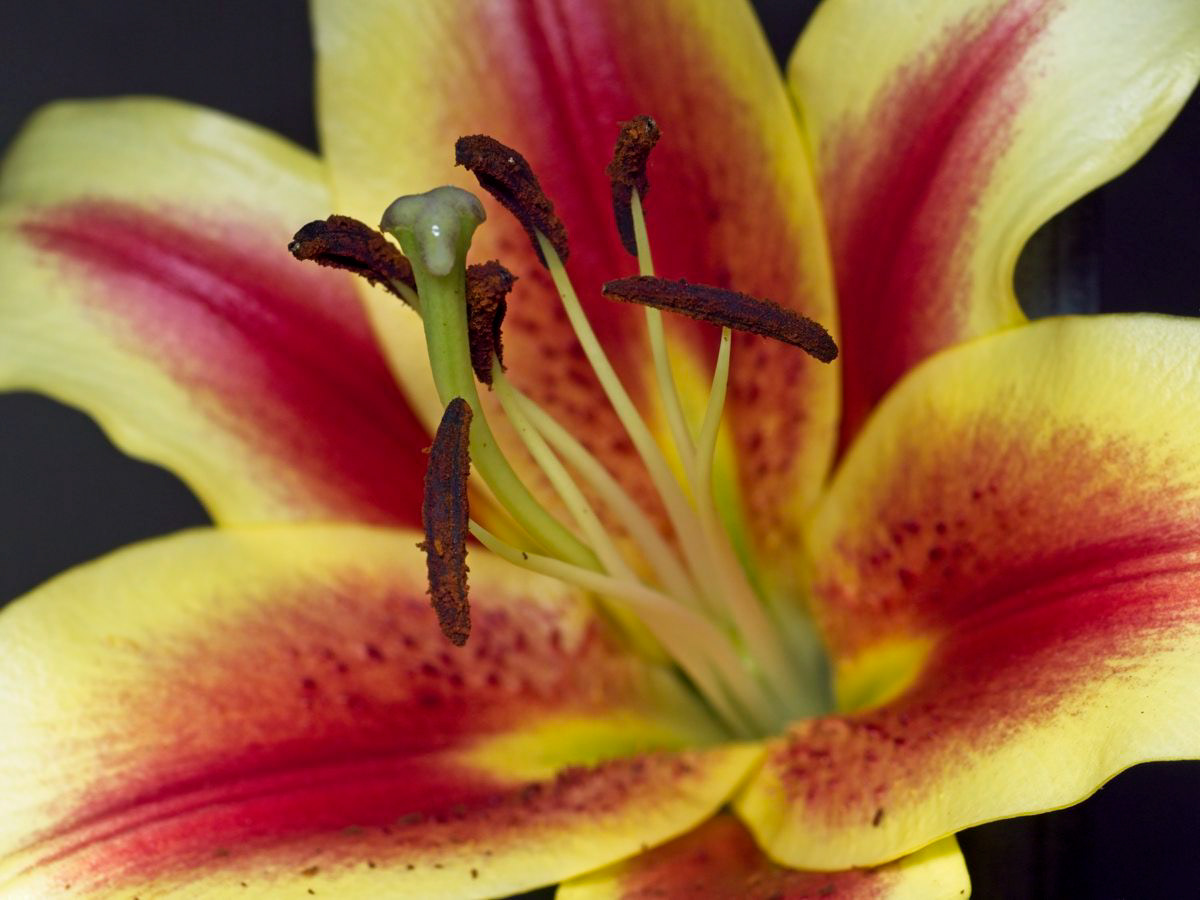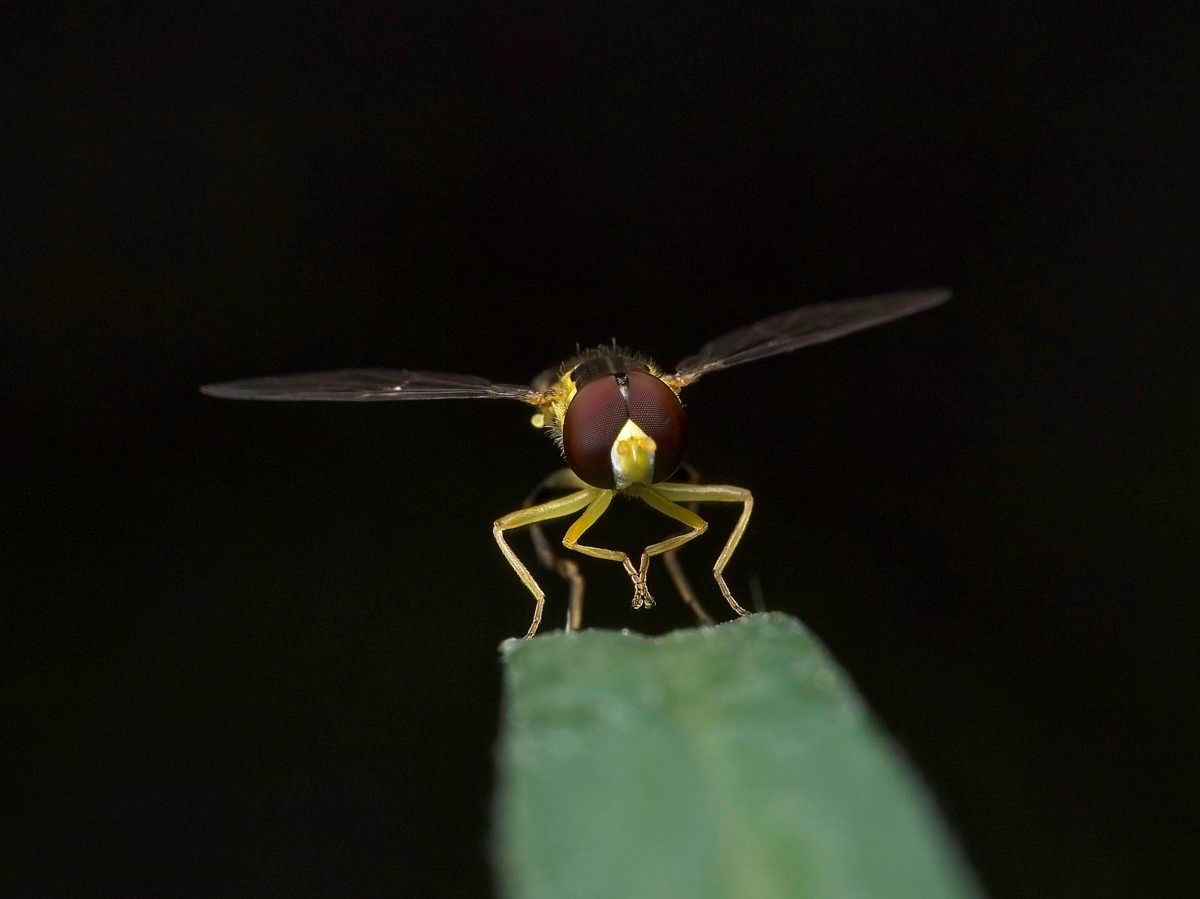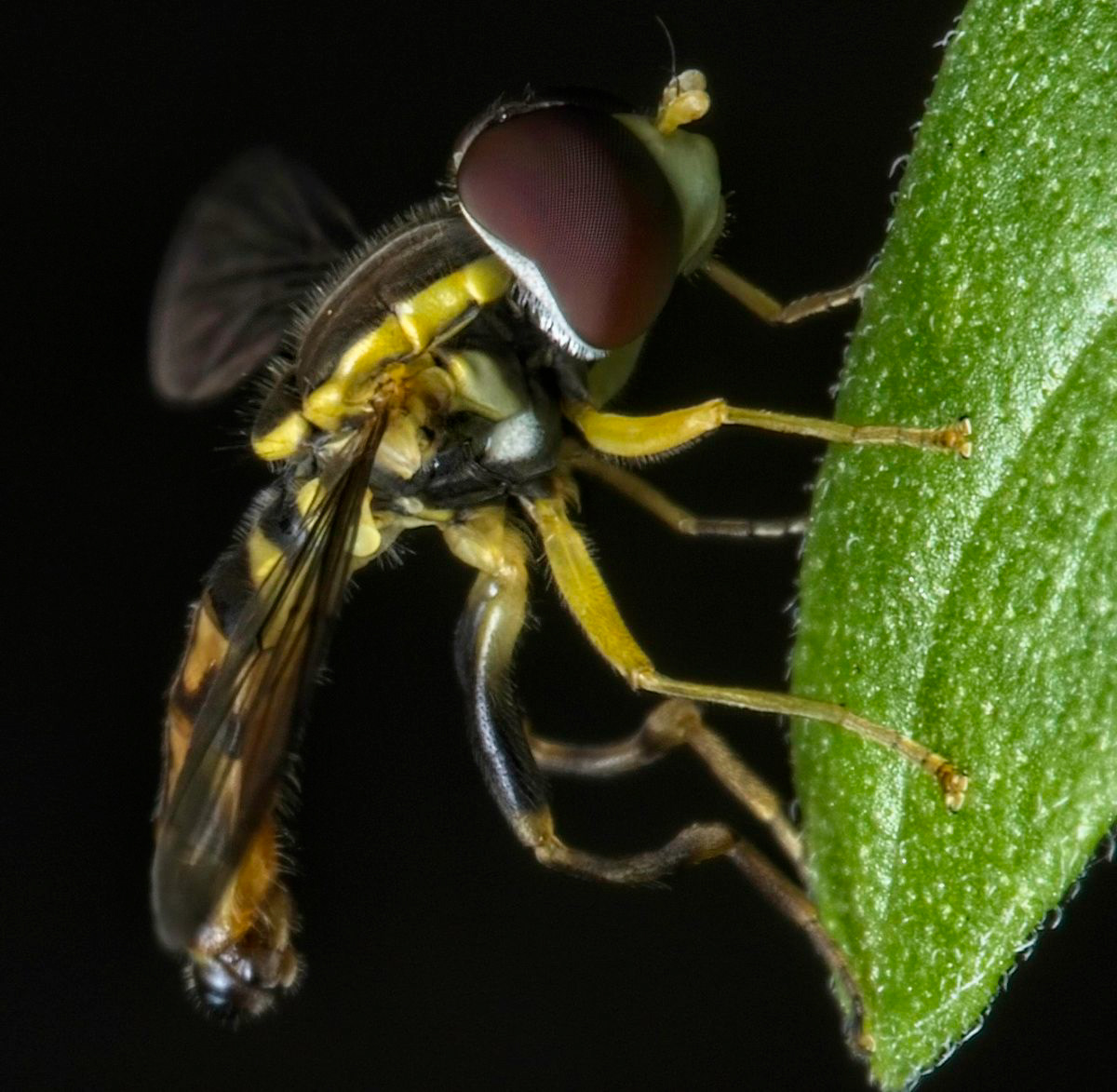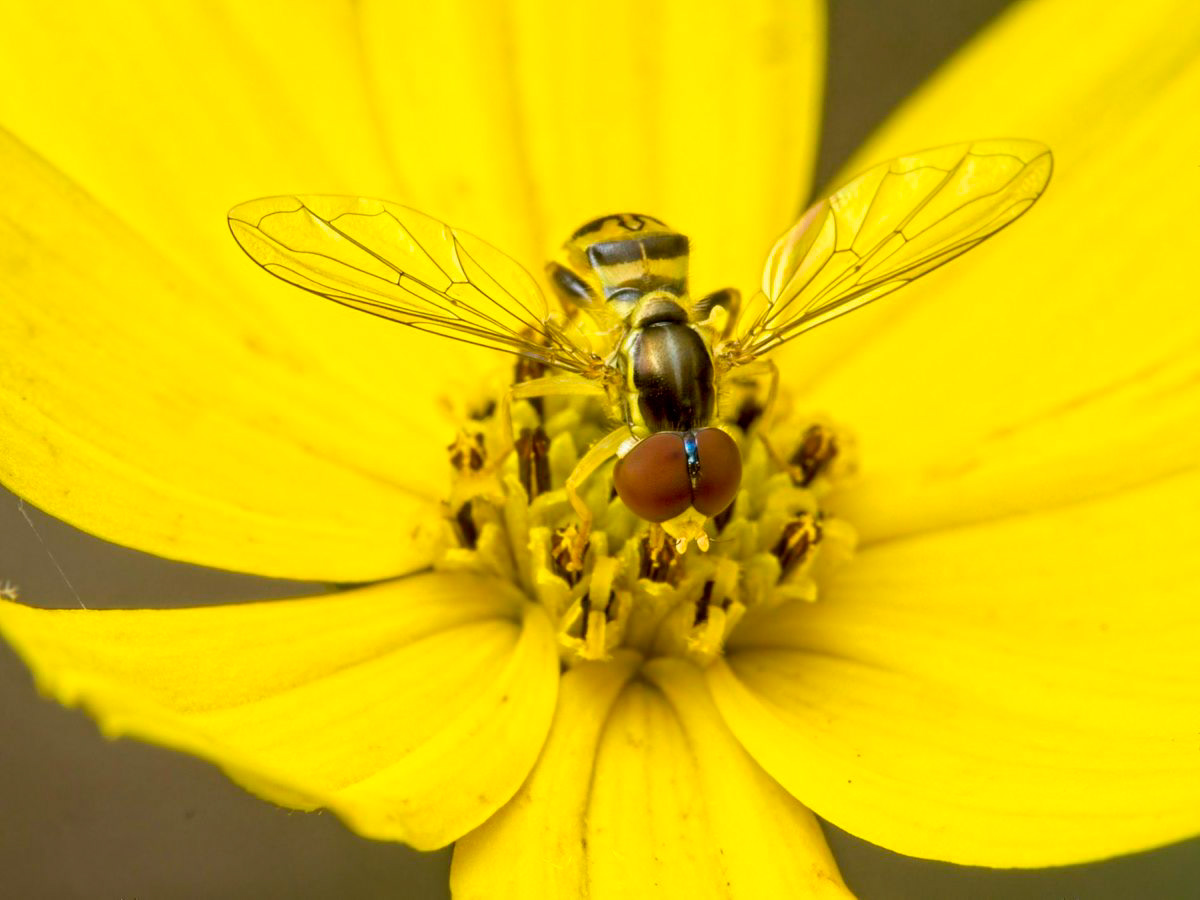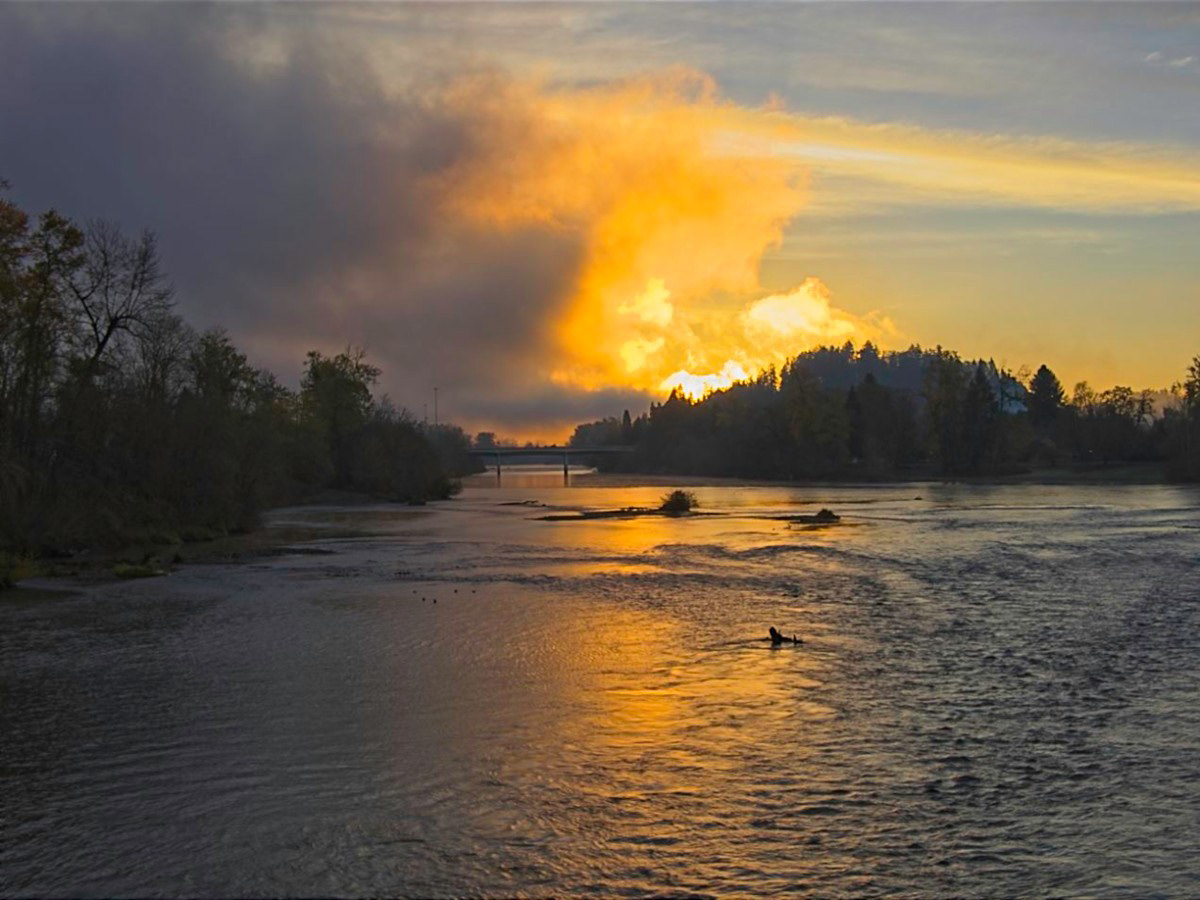
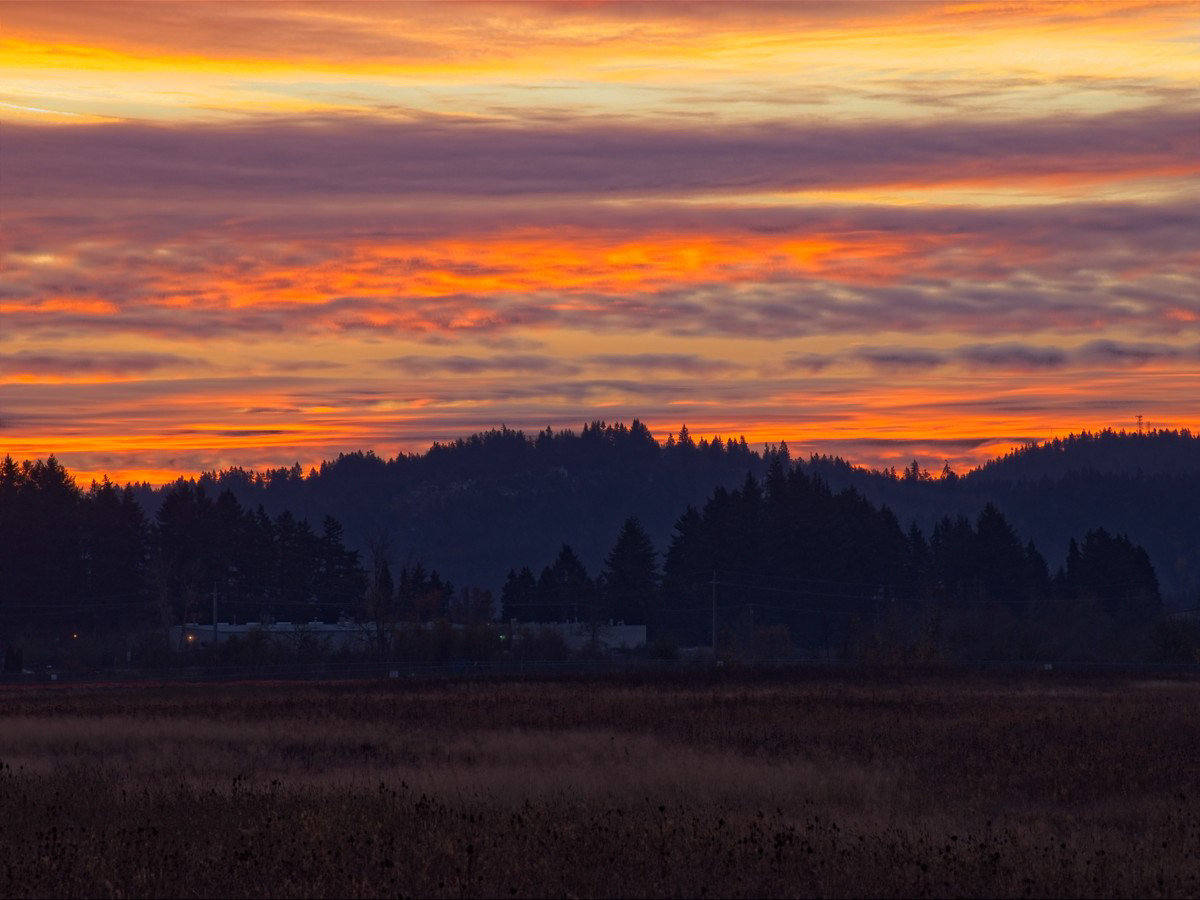
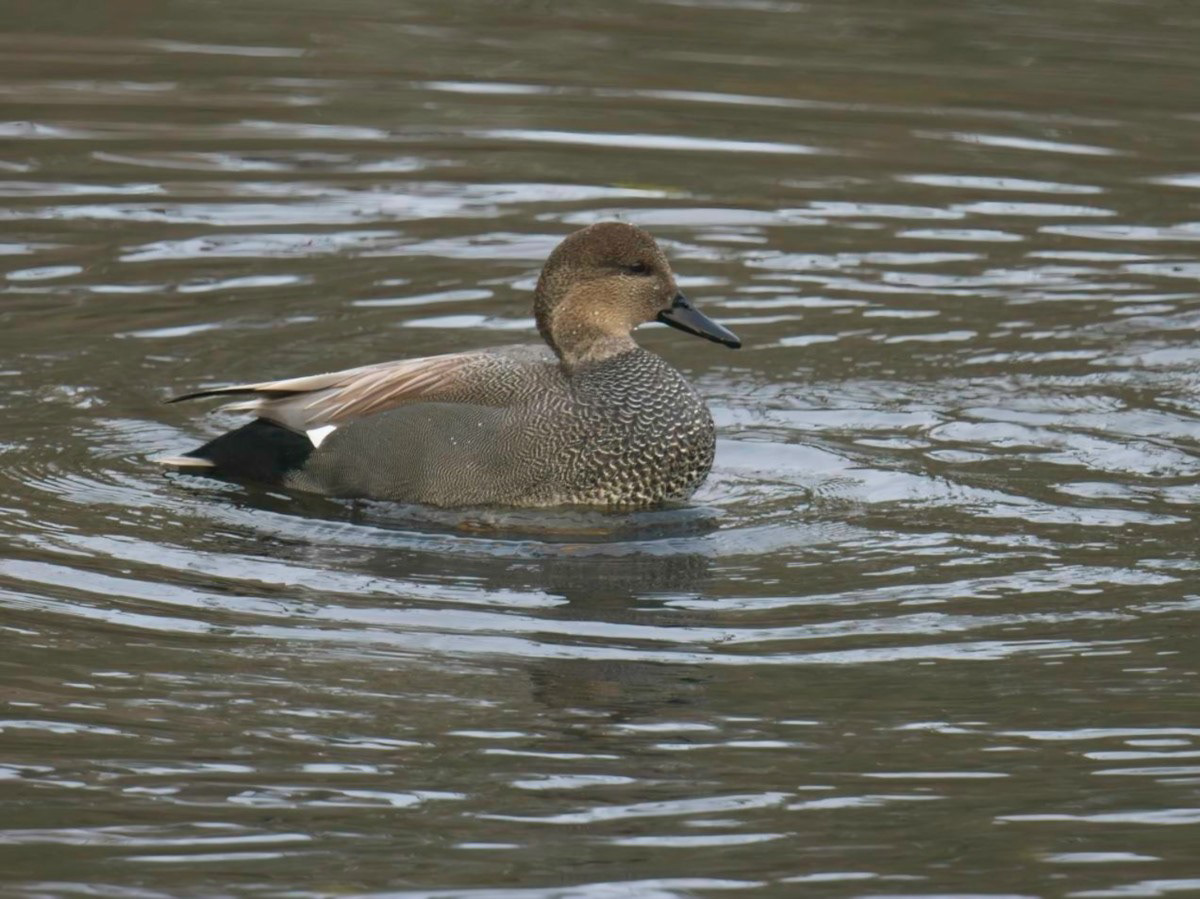
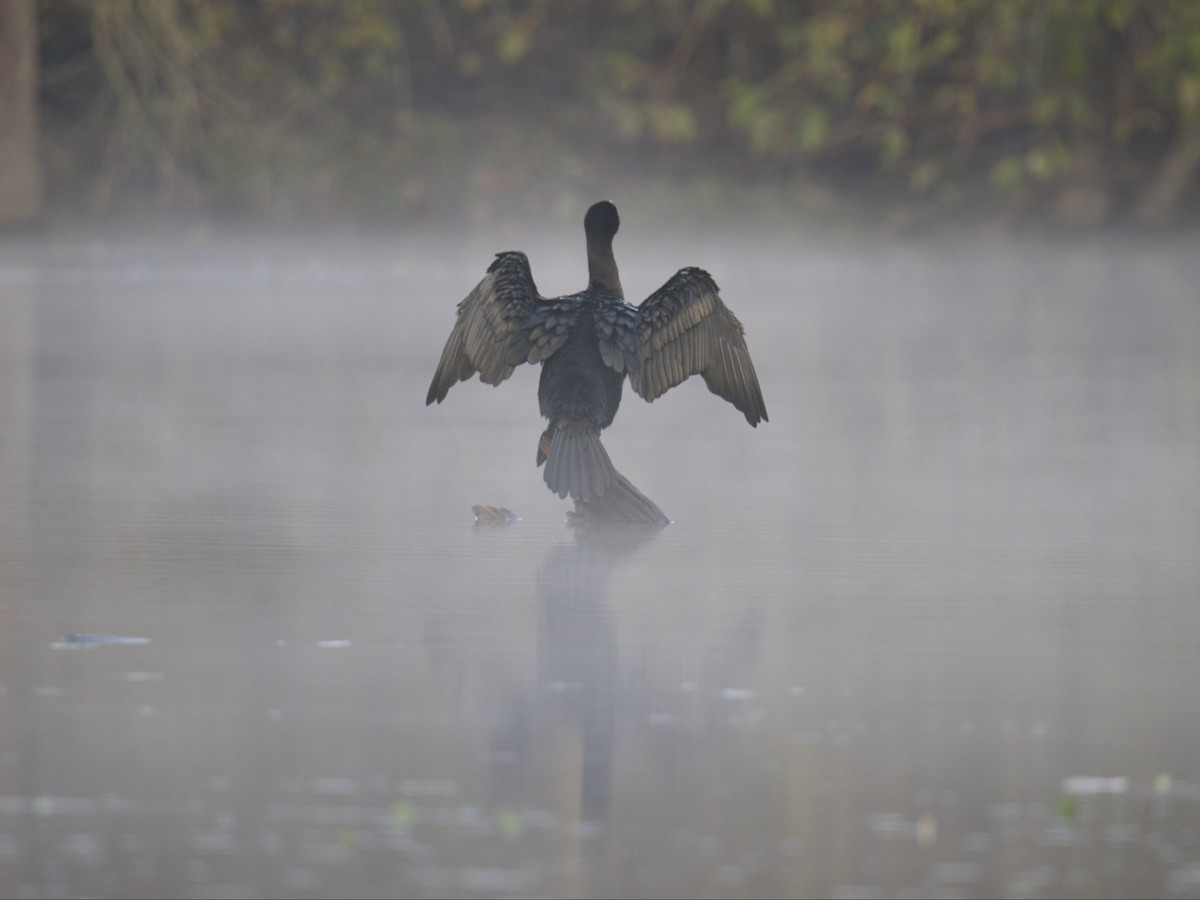
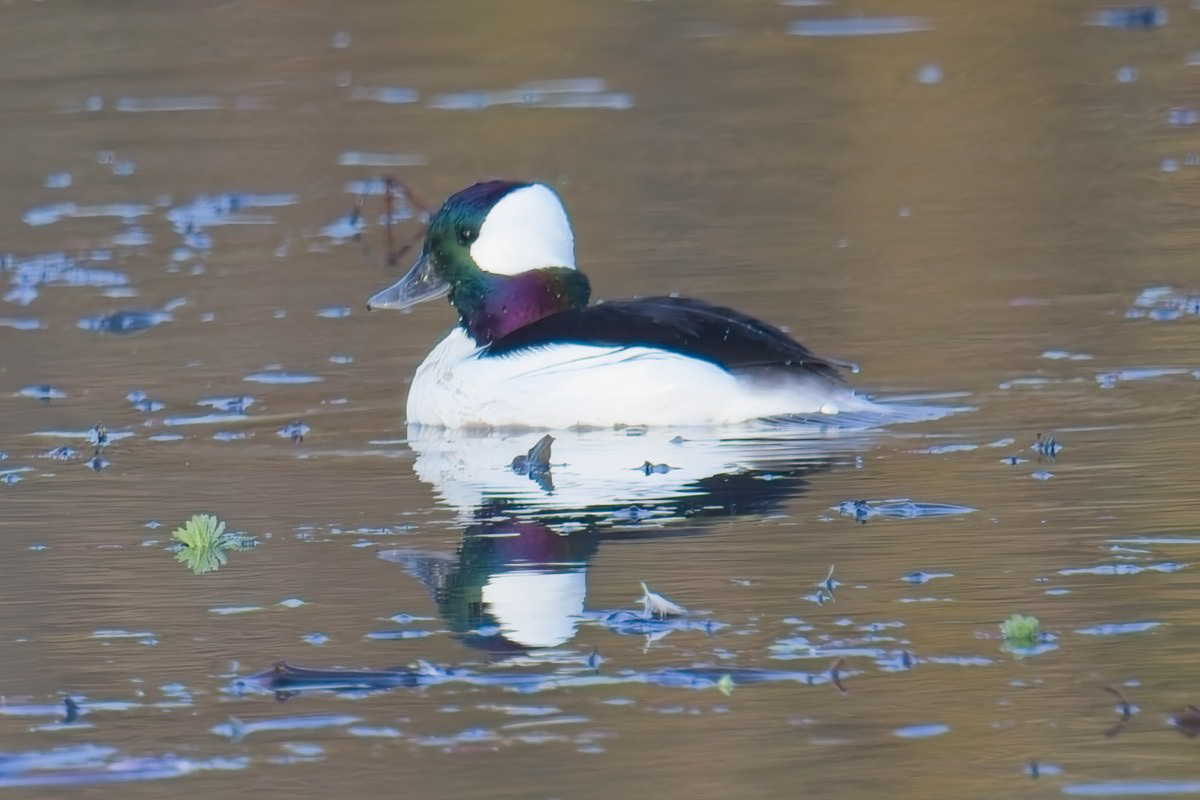
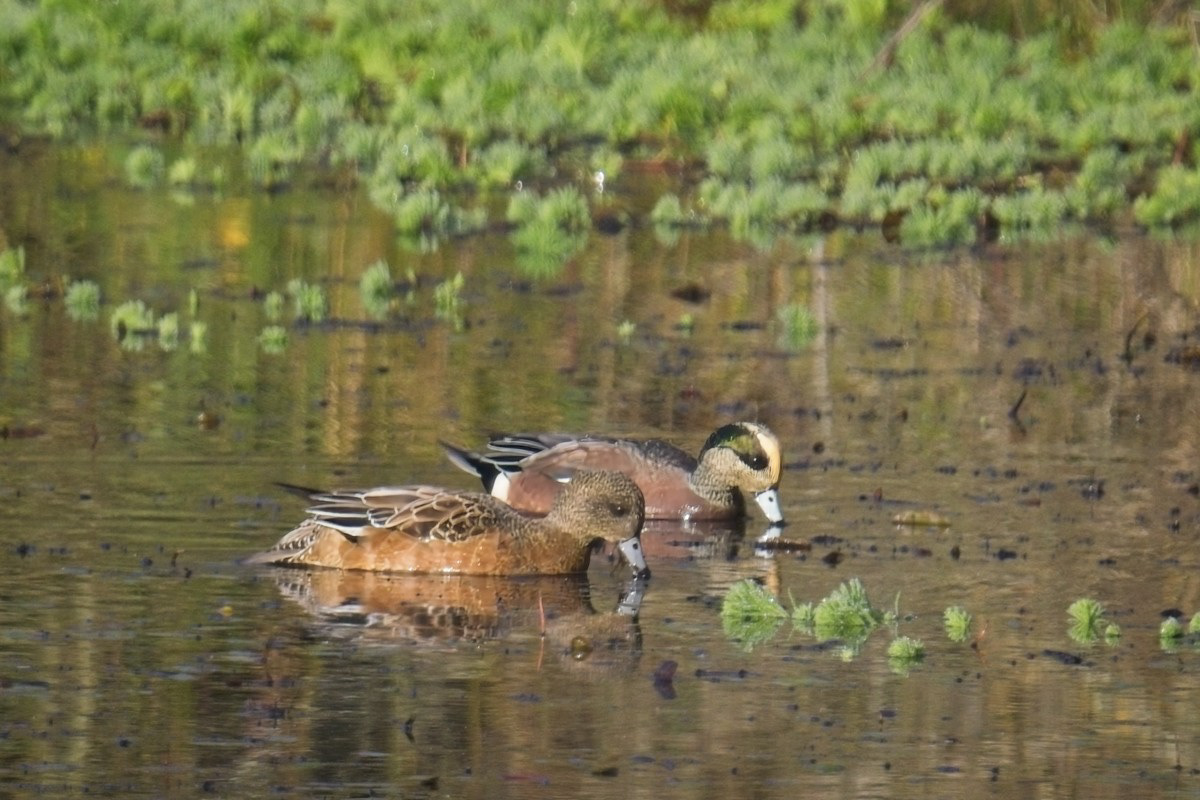
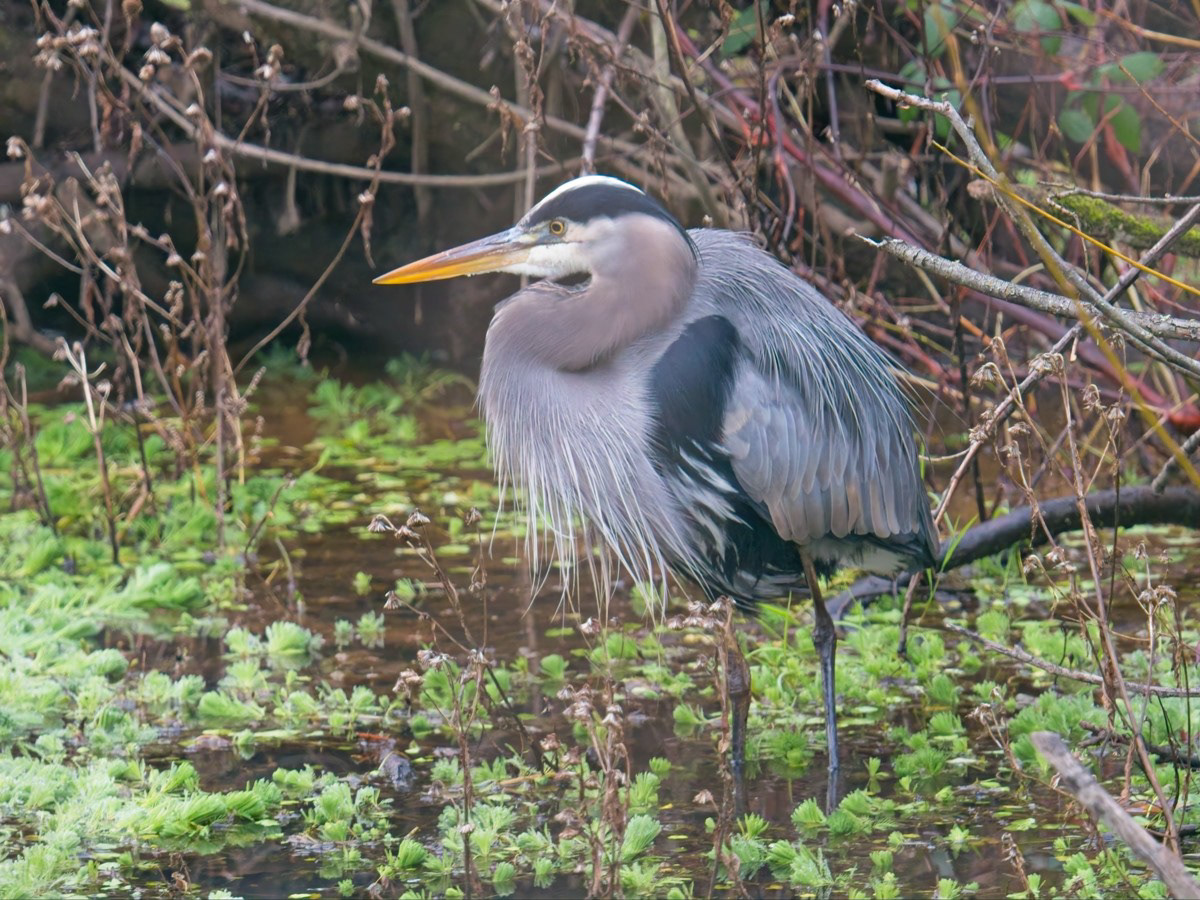
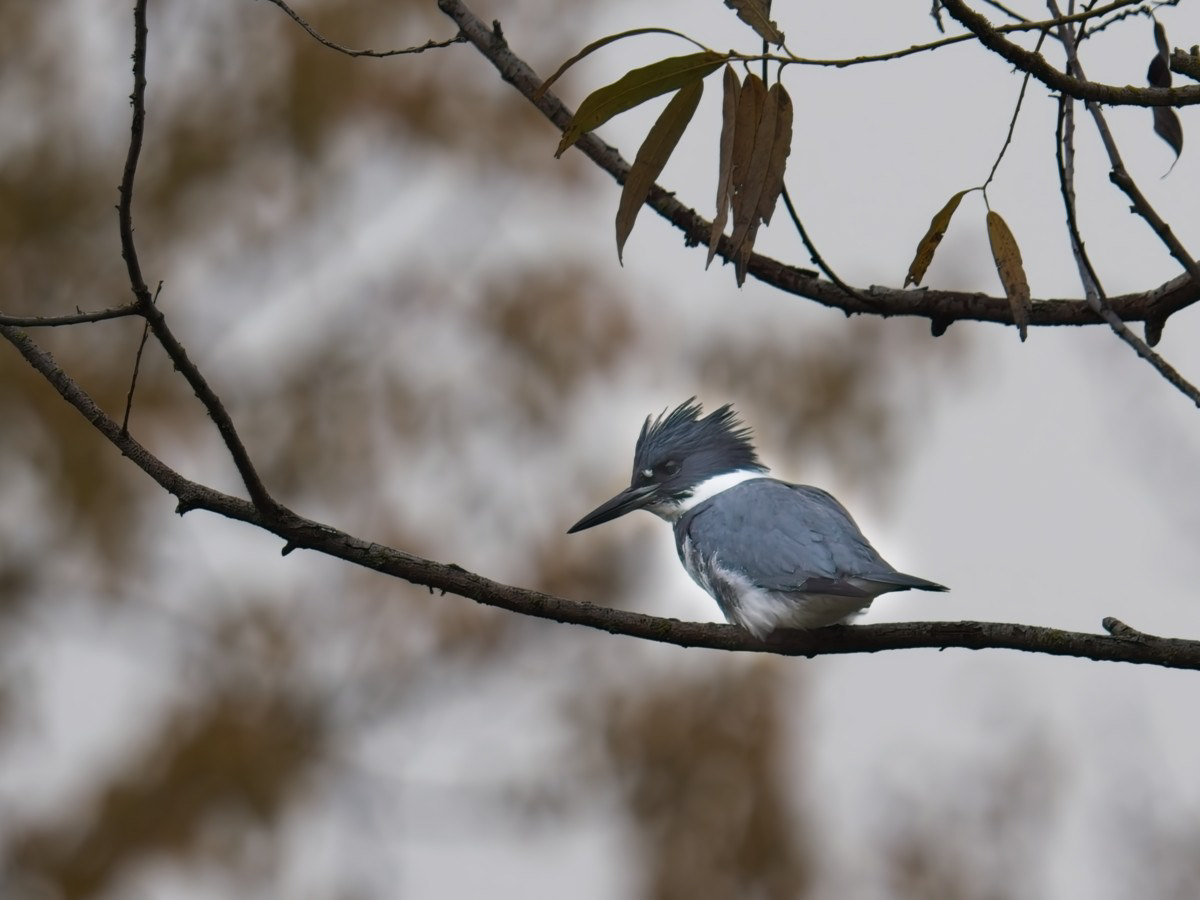
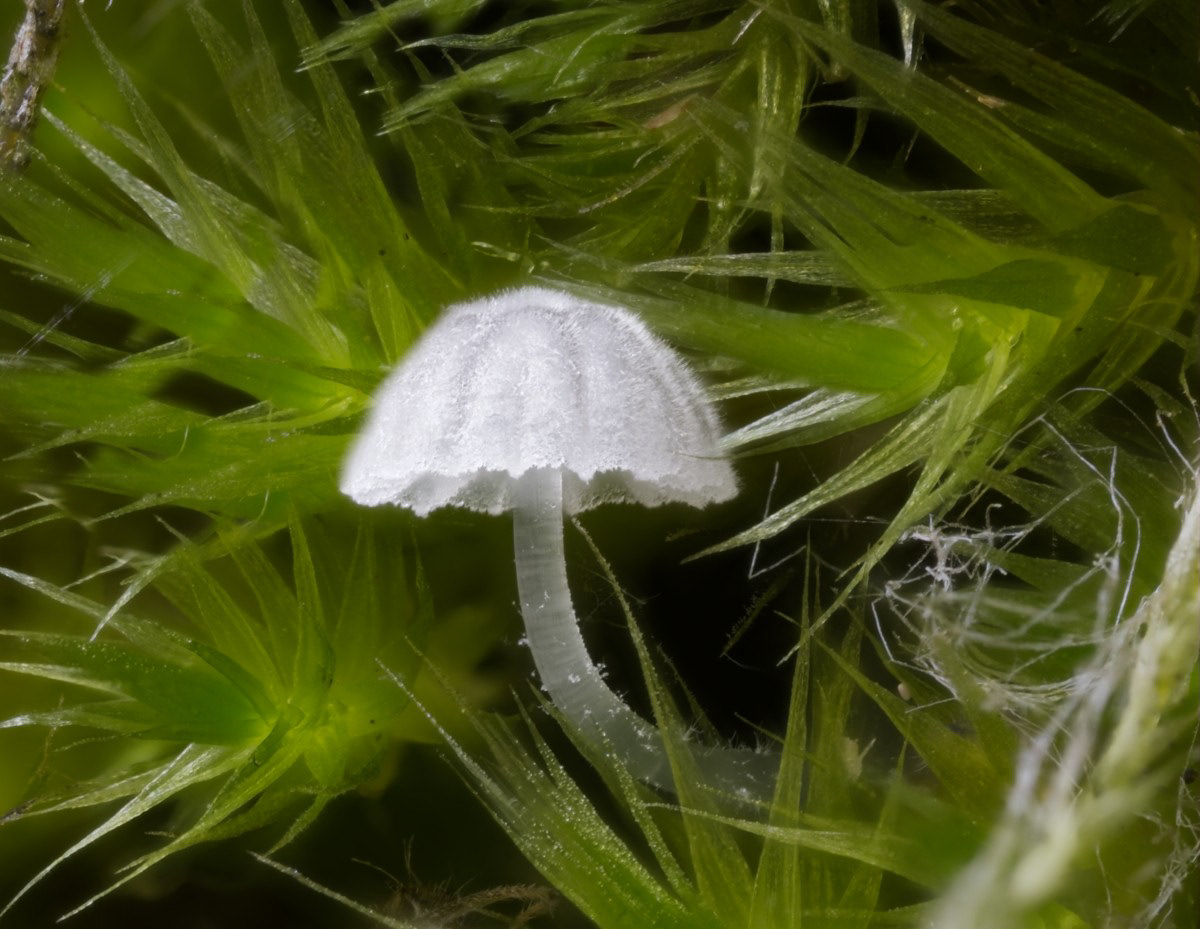
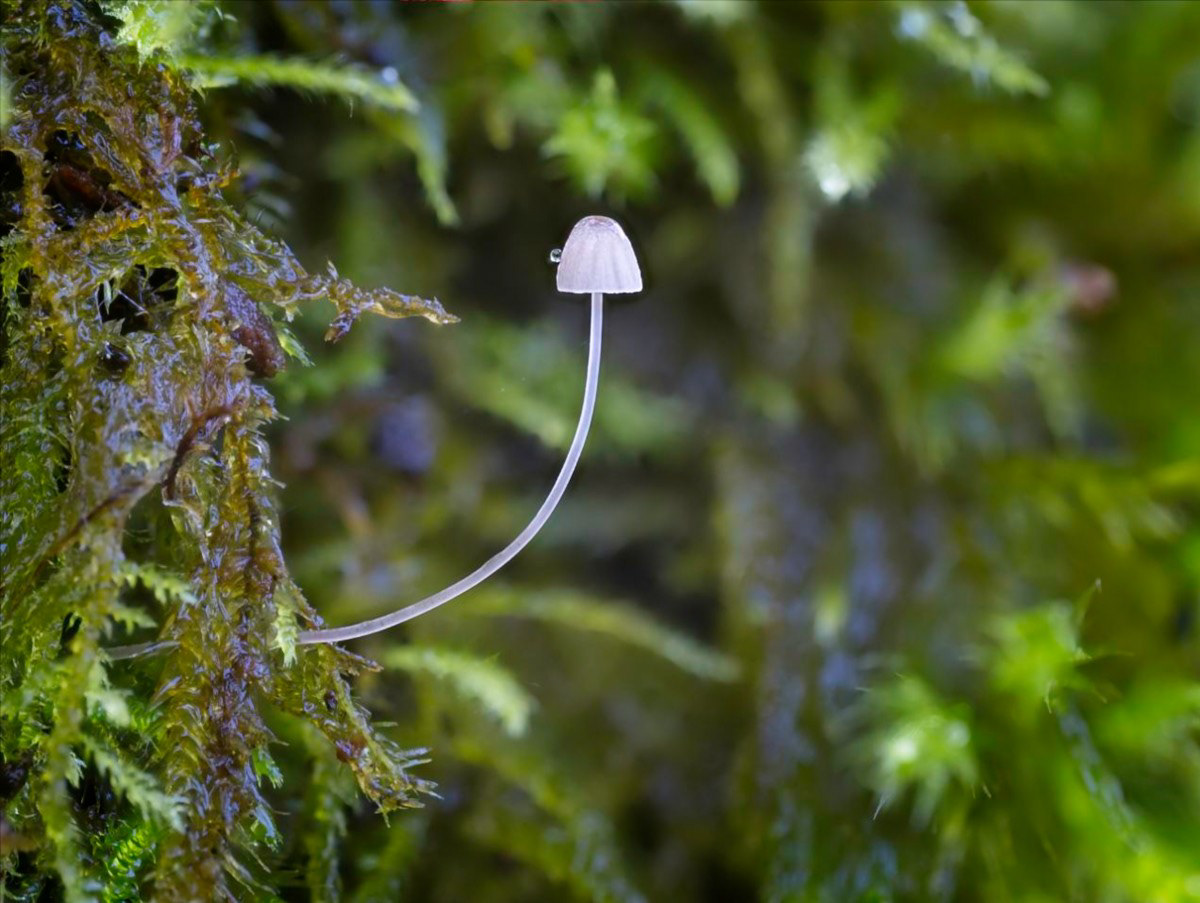
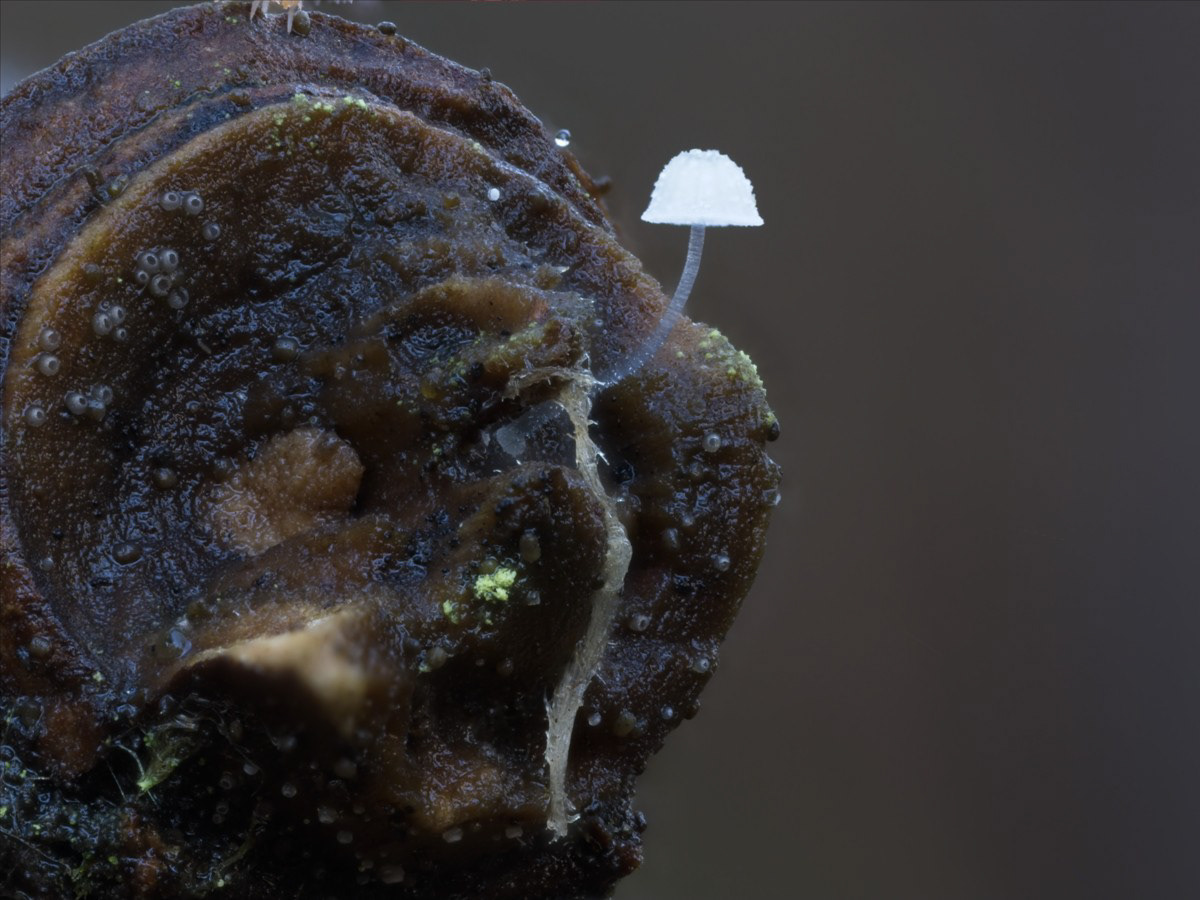
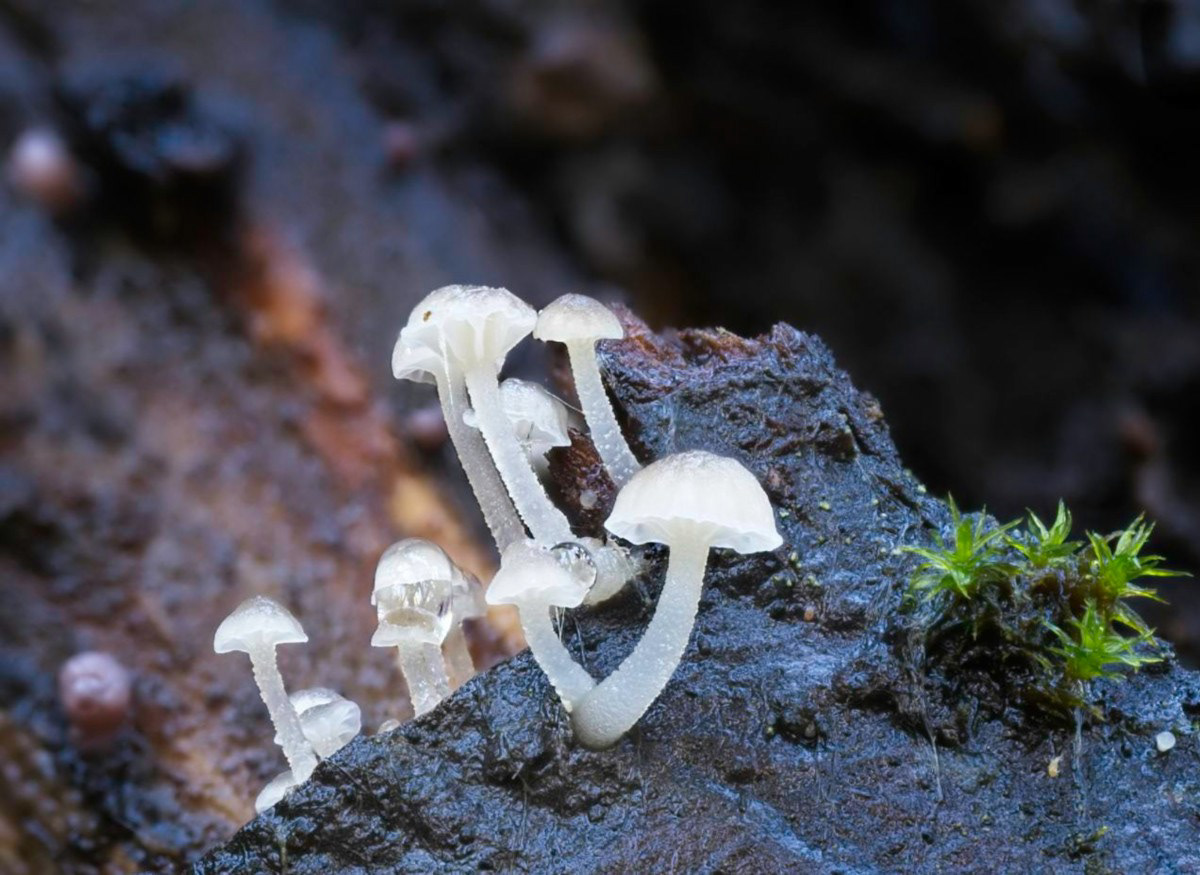
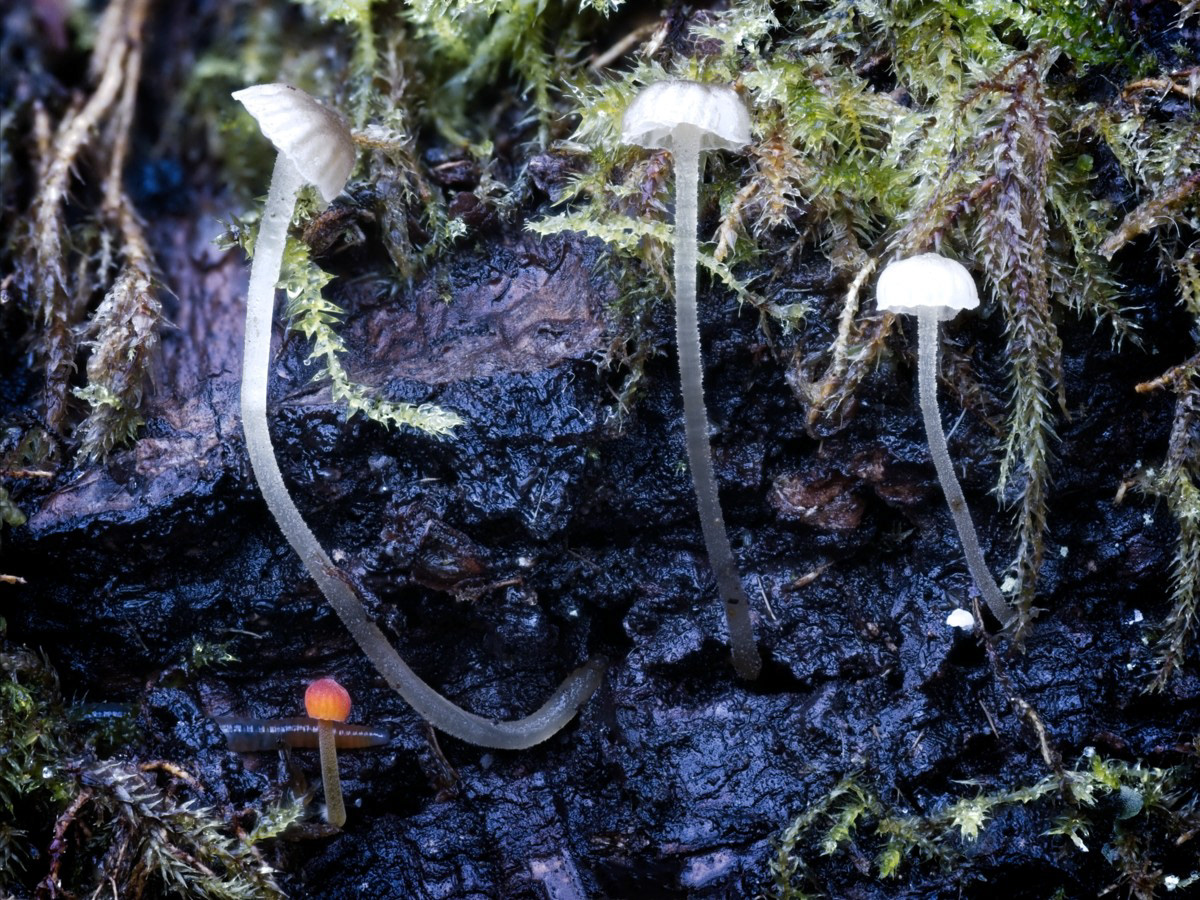
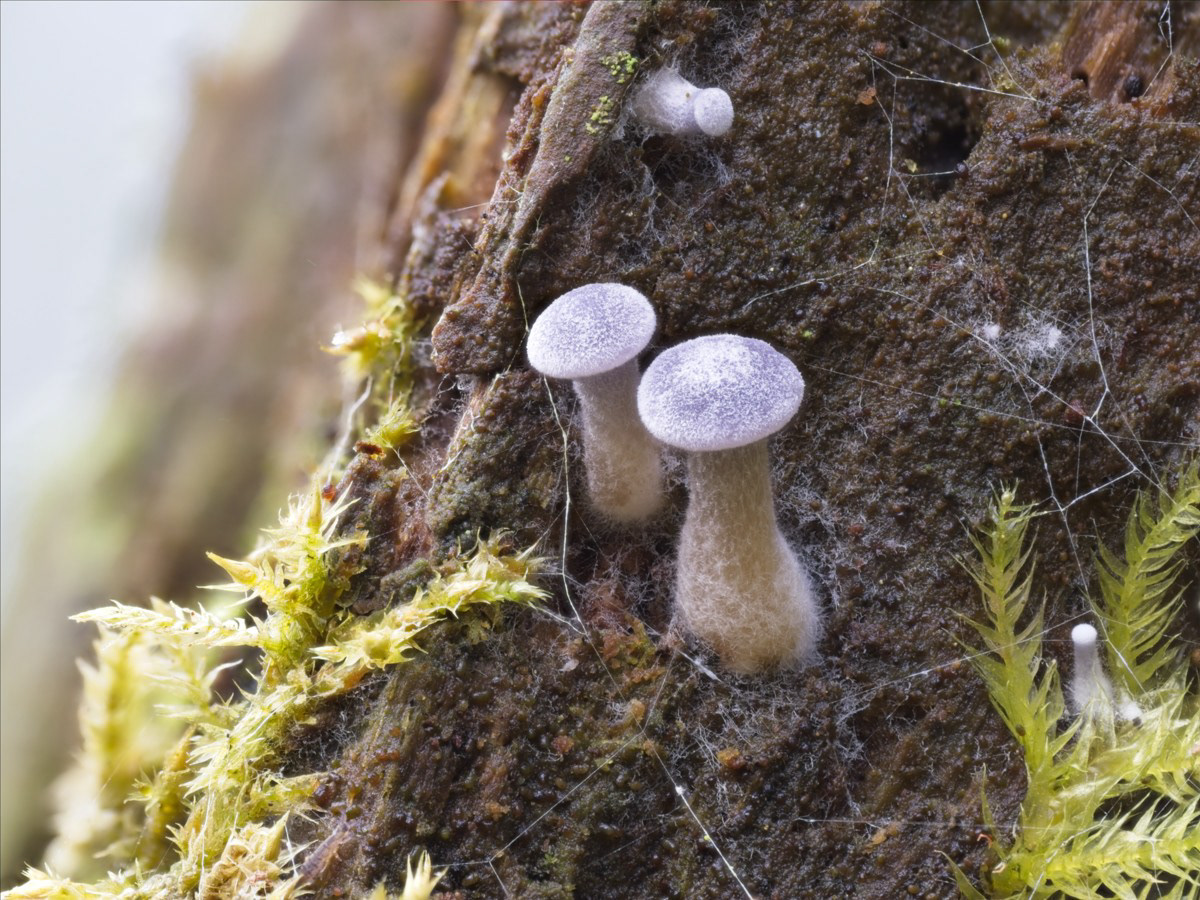
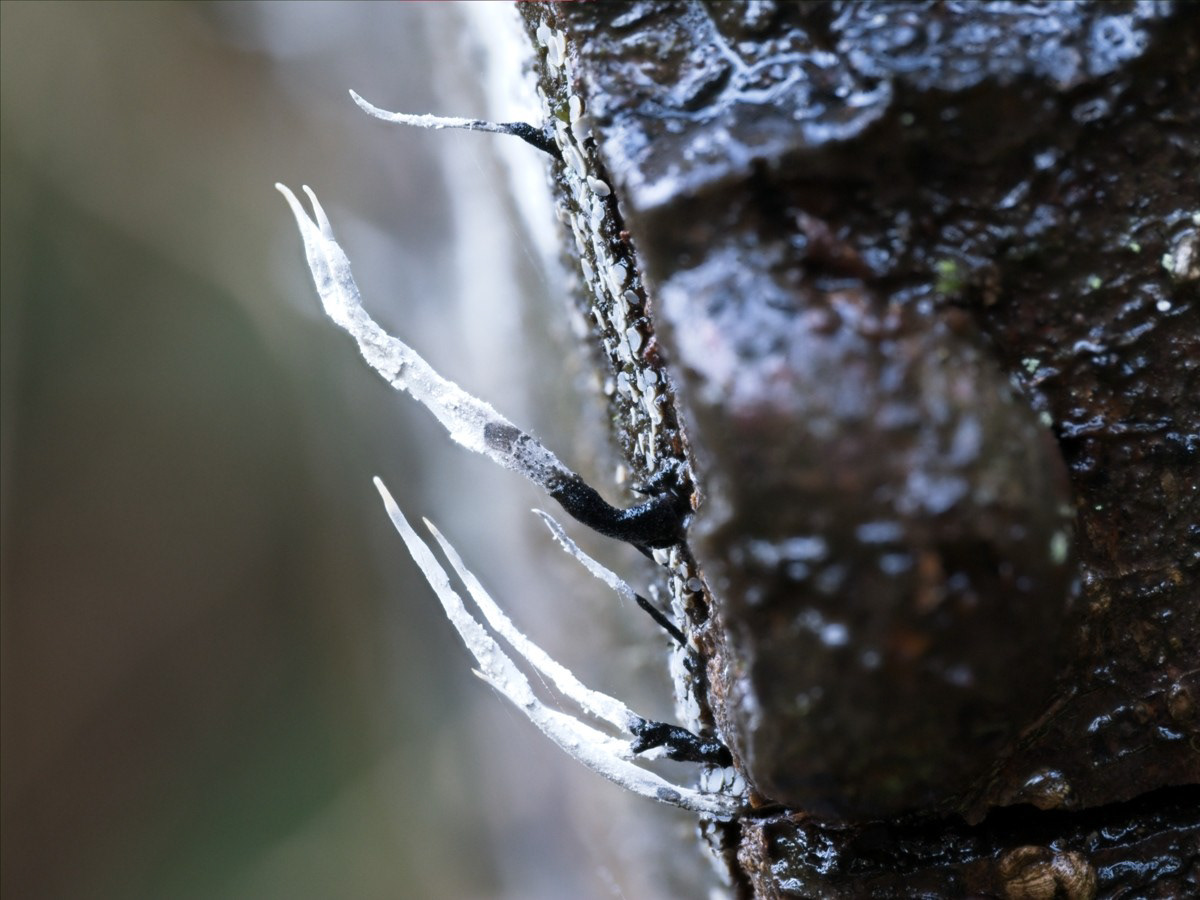
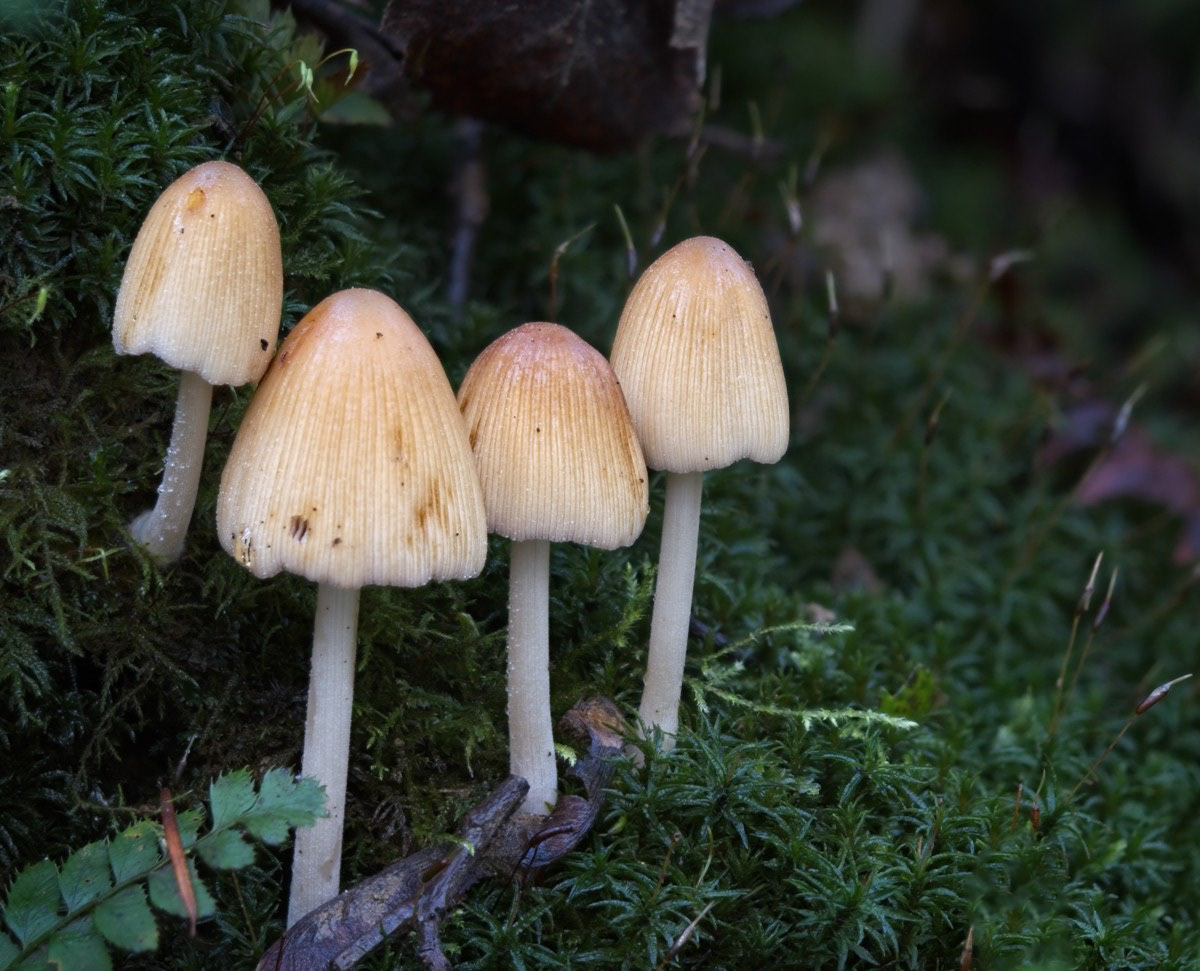
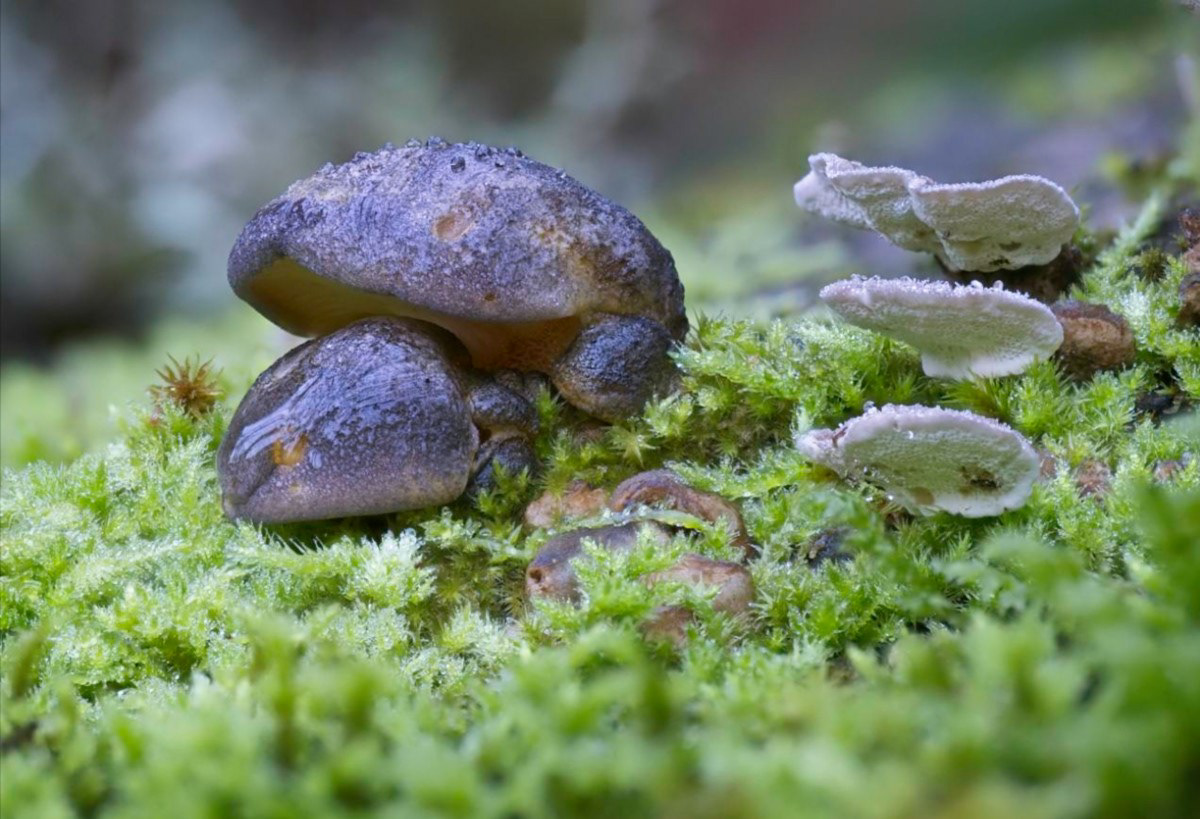
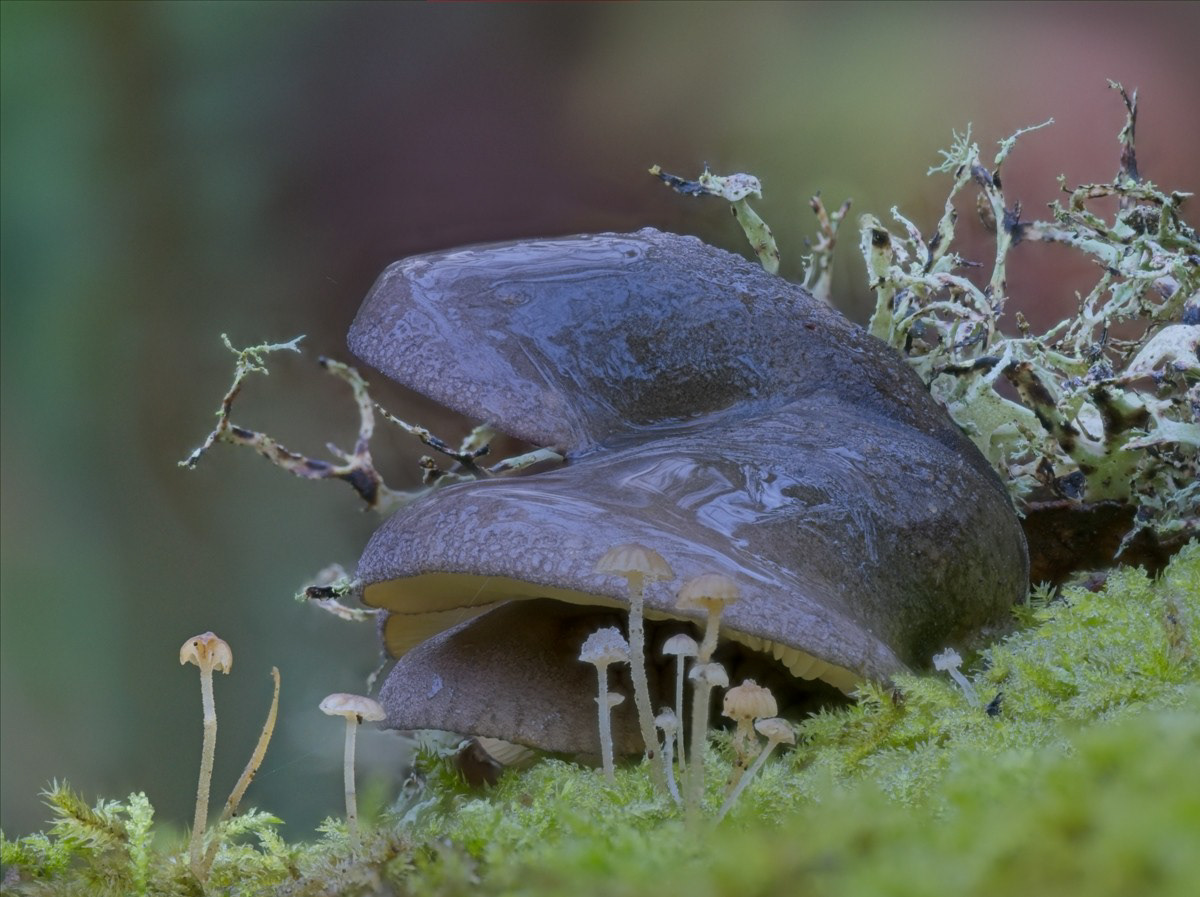
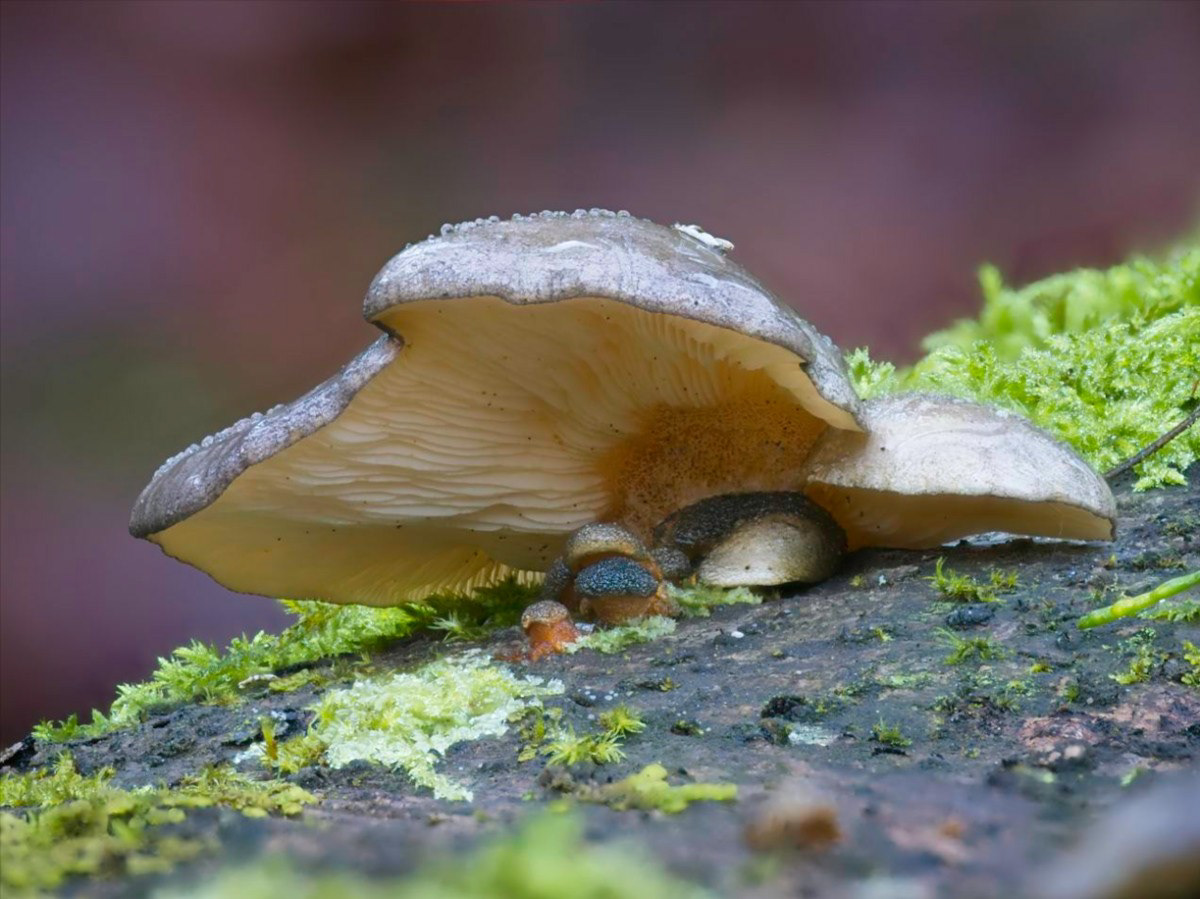
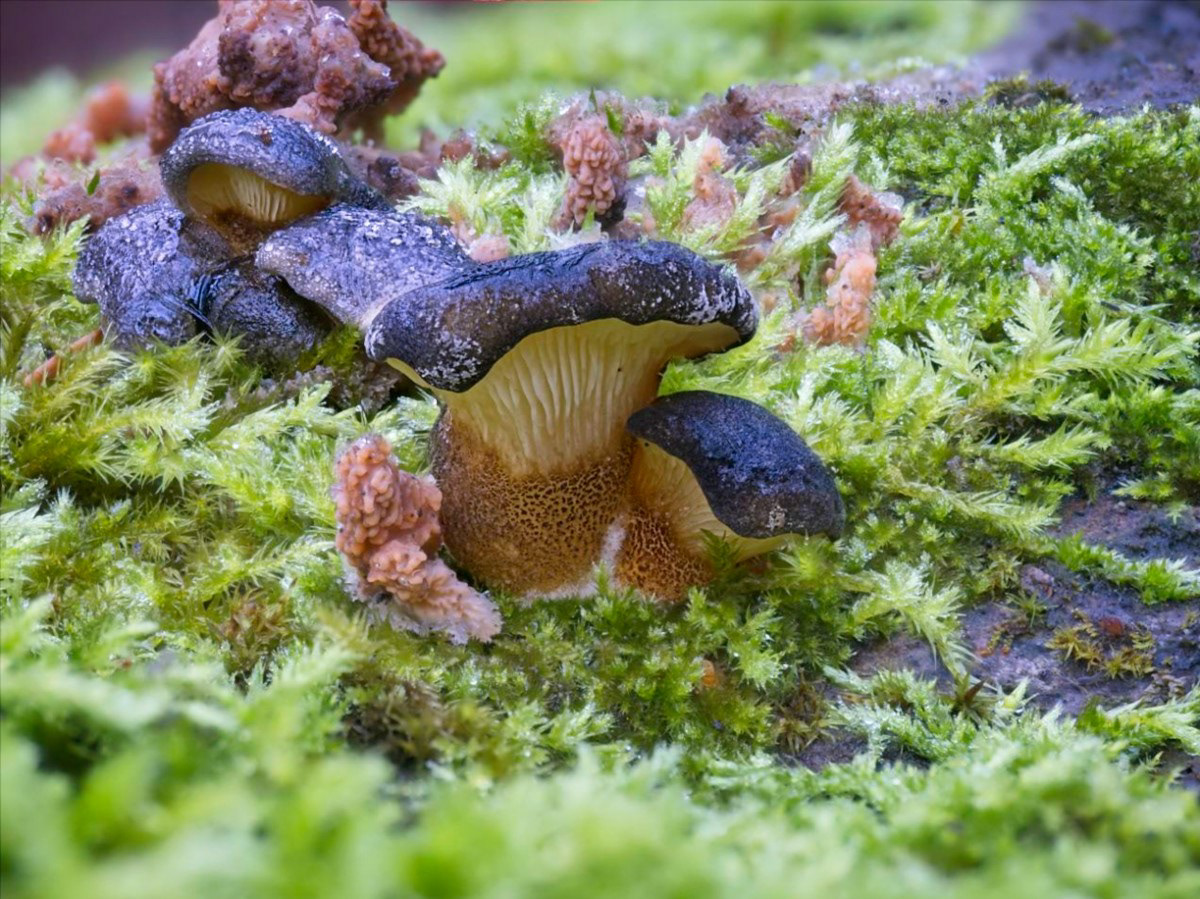
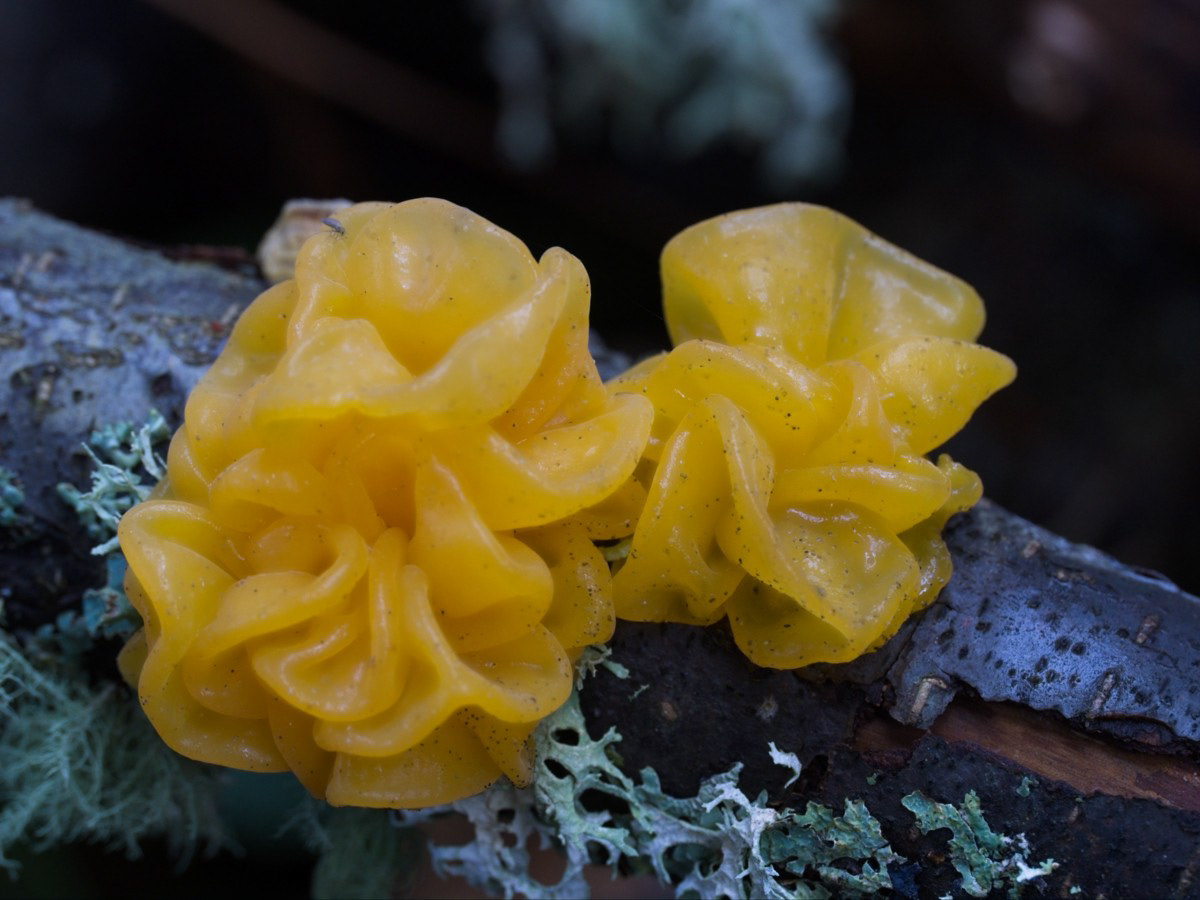
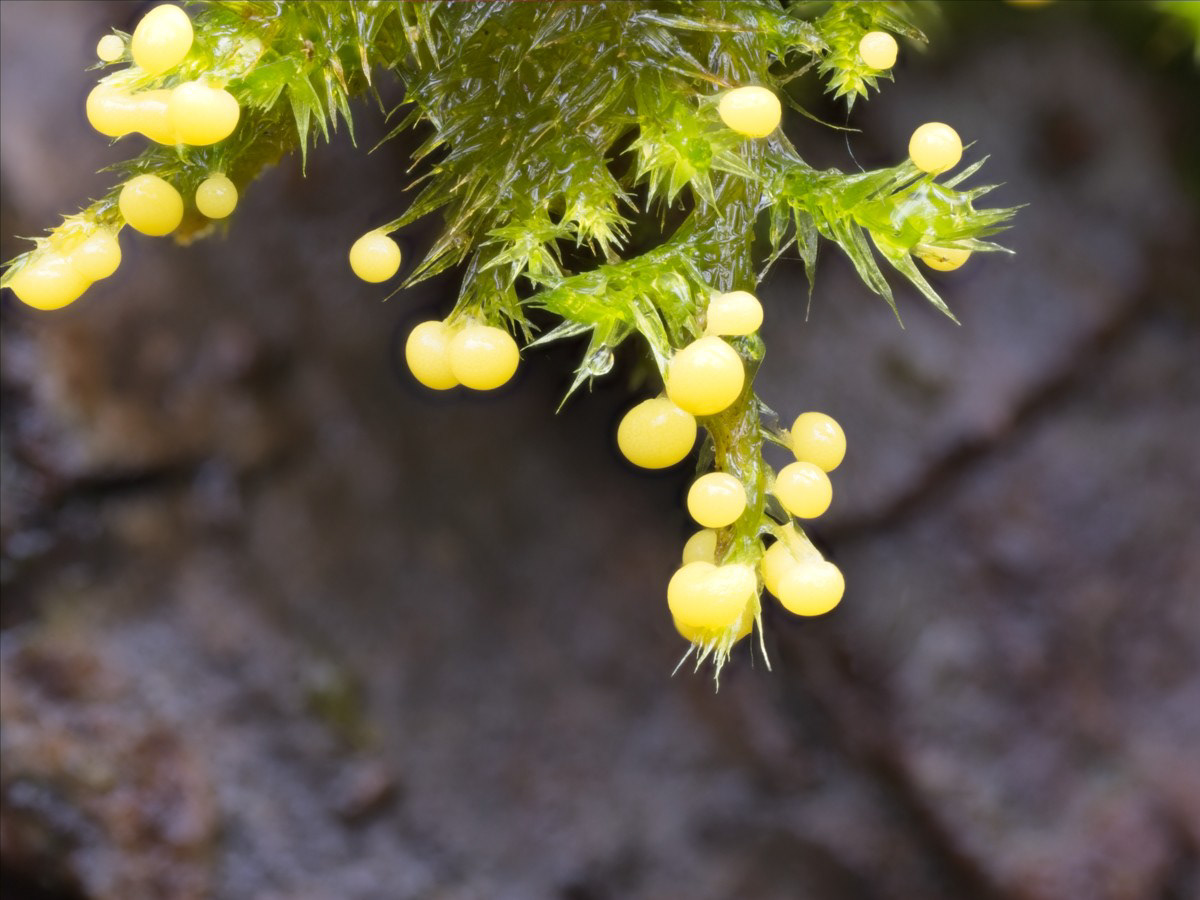
Slime mold on a moss. Feeds on bacteria not the moss.
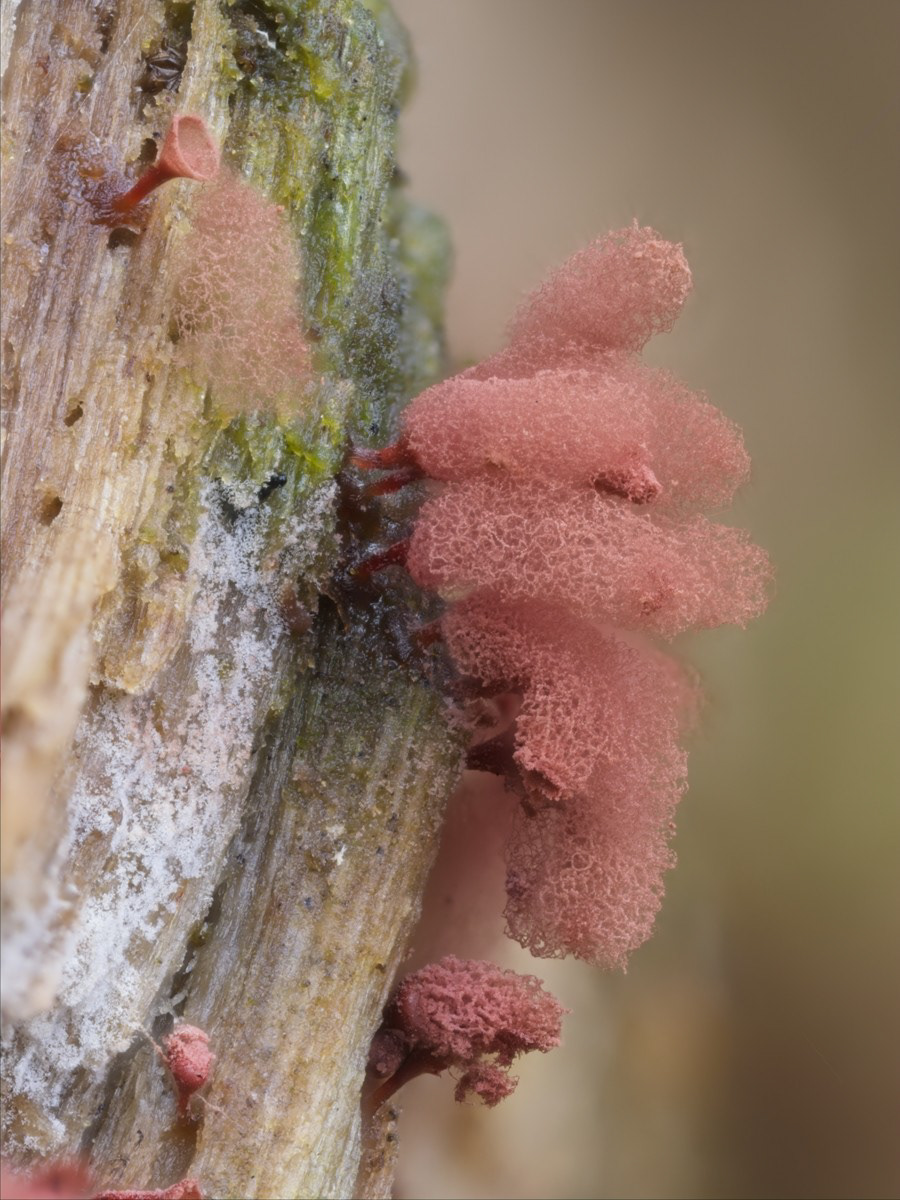
Slime mold that has released all its spores.
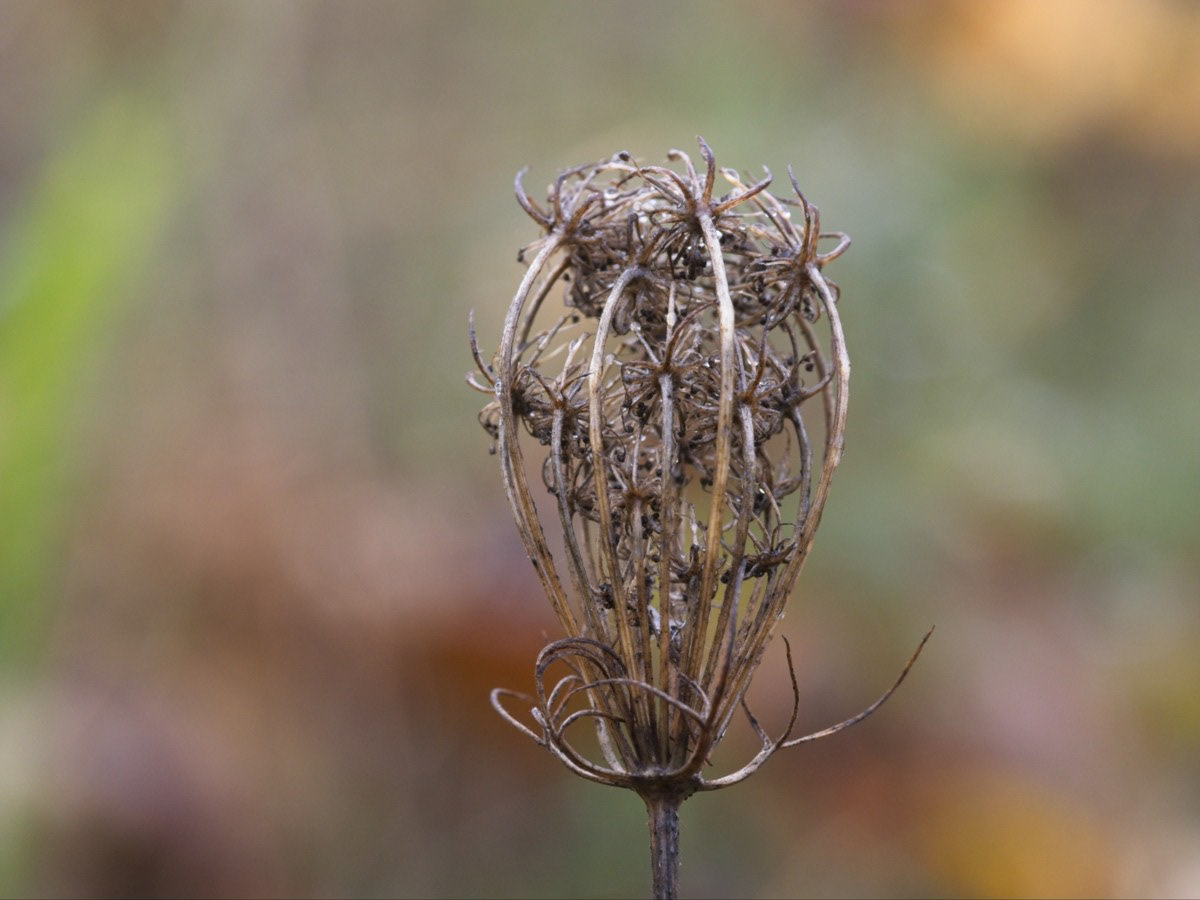
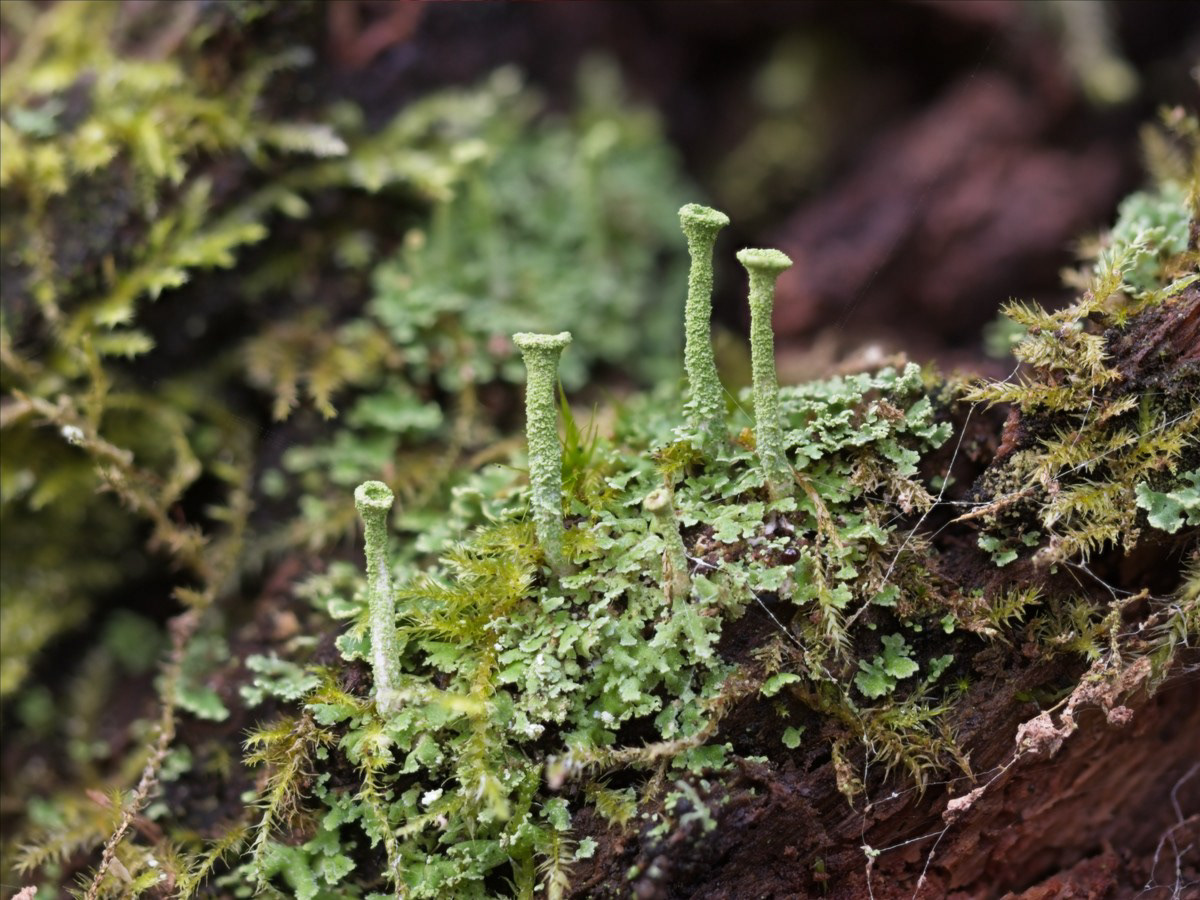
Lichen
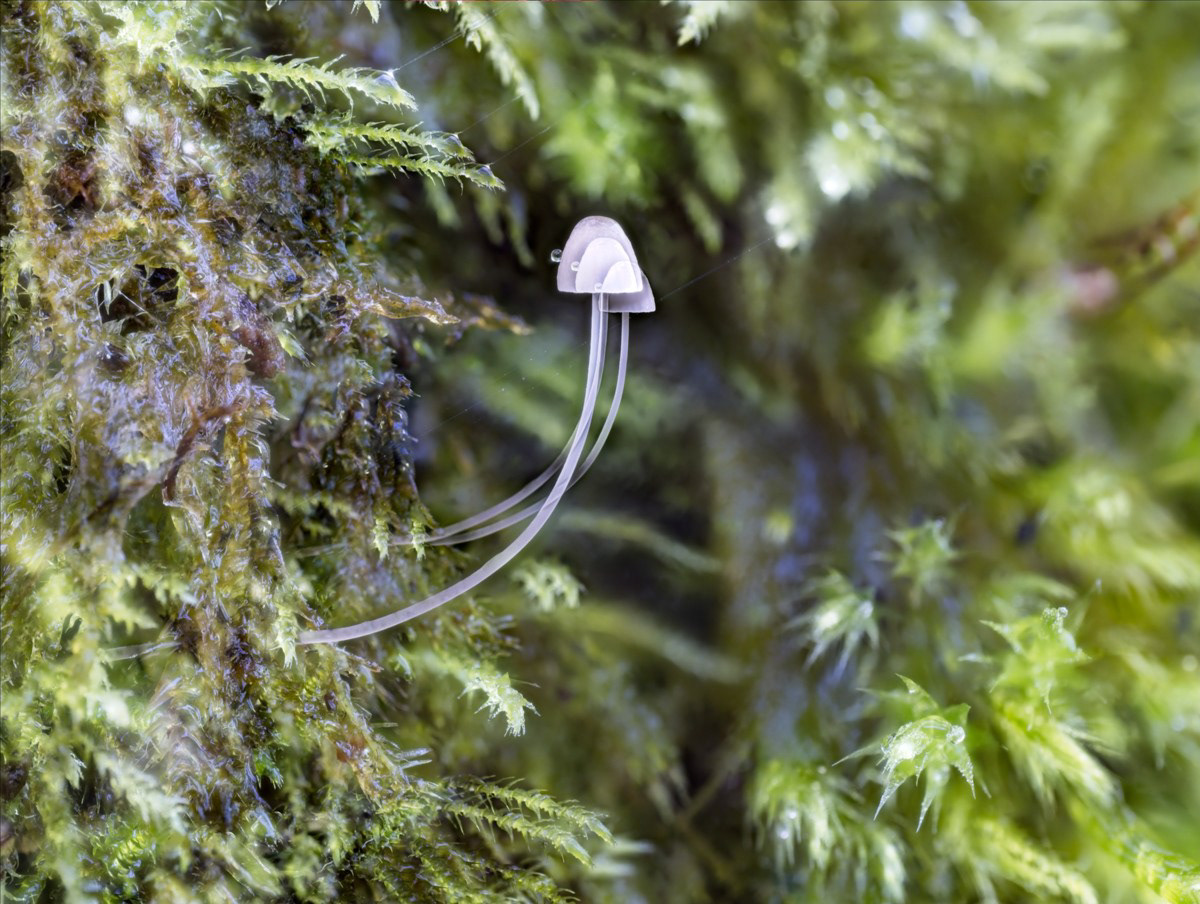
What can happen if on mushrooms while looking for them.
Tubifera ferruginosa
Tubifera ferruginosa 24 hours later
Another day later
Fuligo septica in the morning already past it's brightest yellow stage
Fuligo septica 8 hours later
Ceratiomyxa fruticulosa developing over two days
Just getting started
Don't see the spores quite yet
Next day spores are evident
This photo and the next: Physarum sp a day apart
This photo and the next: Lycogala sp (aka Wolf's Milk) a day apart
Two clusters of Arcyria cinerea at different stages of maturity (more mature in back).
Dictydiaethalium plulmbeum 8 hours apart
Name unknown to me: a day apart.
Stemoninits sp a day apart
Raspberry slime mold (Tubifera ferruginosa) spread out over a couple of feet.
A close up
24 hours later
Fuligo septica (Dog vomit or scrambled eggs sllime mold).
Inkcap mushroom of some sort
Same bleeding heart days later
Lady slipper
Wild azalea
Redbud
Money plant
Spiderwort
Quince
Fritillary
Snipe. Very hard to see in the wild. Thrilled to have gotten some good photos of it.
Hooded Merganser pair
Scrub jay
Sunny morning at the pond
Foggy morning at the pond
Ring-necked duck pair in the fog
Keeping watch over the pond after the fog cleared.
Anna's Hummingbird
It is spring in Northern Virginia.
Fluted Bird's Nest (Cyathus striatus)
Fluted Bird's Nest (Cyathus striatus)
Stemonitis sp
Physarum sp
Ceratiomyxa fruticulosa with mushroom
Lycogala sp
Lycogala sp at 4x
Physarum sp
Stemonitis sp
Looking for a spot.
Lying in wait
Incoming
Getting closer
Making the grab.
Missed
Arrowhead Orbweaver
Day after super blue moon reflected in Delta Ponds in Eugene, OR
Almost lost in a riot of color
Even in April an early start on hikes is advisable. Sunrise in the Mojave Desert
He may be bigger than me and with horns but it didn't want anything to do with me.
Good camouflage or what?
A flycatcher. I guess it sees something flying towards it.
Really that's where the trail goes.
Then it gets challenging.
This was taken at sunrise.
And it is only April! Naturally, I hiked anyway and did carry plenty of water.
In a slot this is a good way to keep your feet dry.
Northern Pintail
Green-winged Teal
Yellowlegs
Female Common Goldeneye
Surf Scoter
Sapsucker
Mt Rainier from Nisqually Wildlife Refuge
Pacific tree(chorus) frog
Sunrise over Key Bridge
